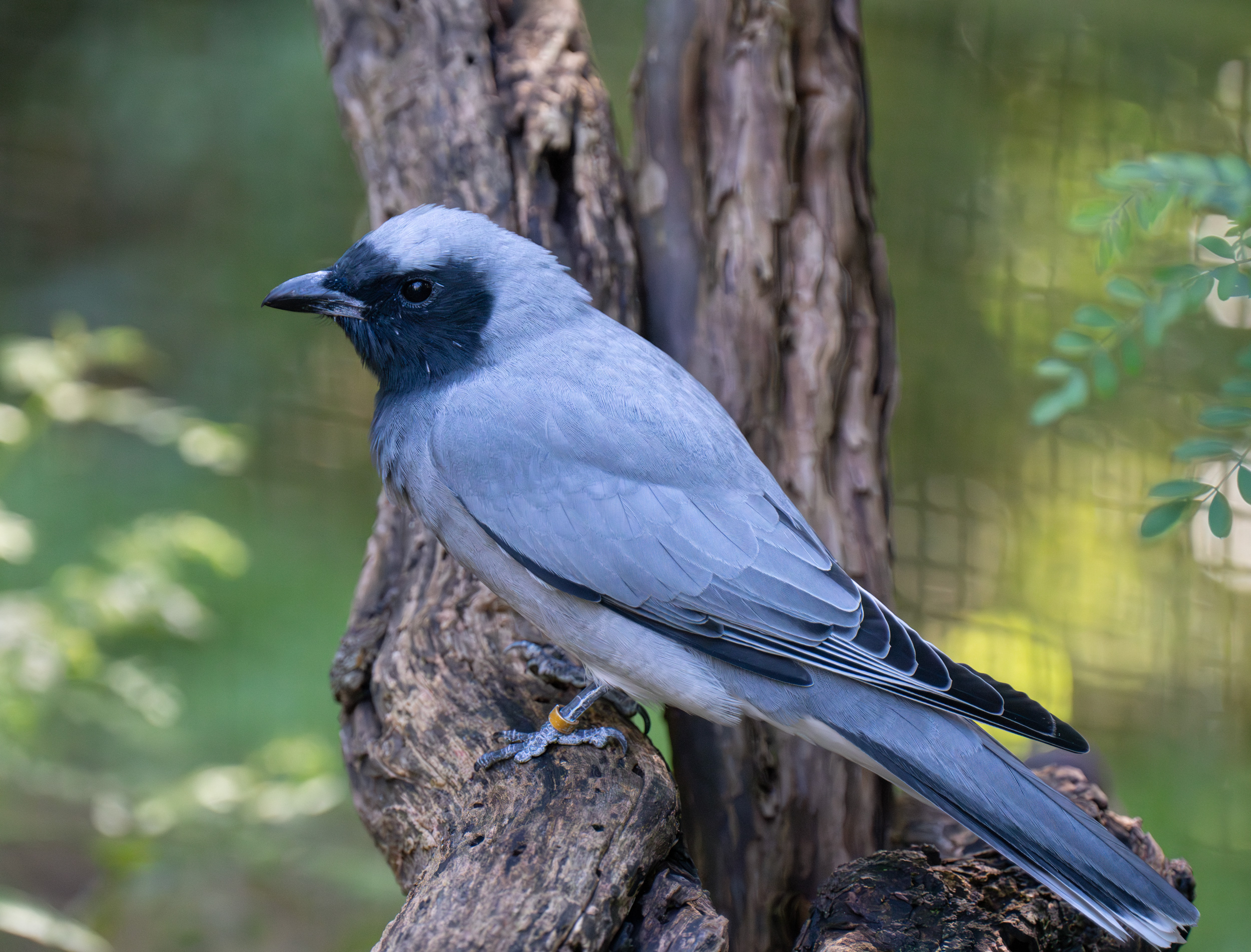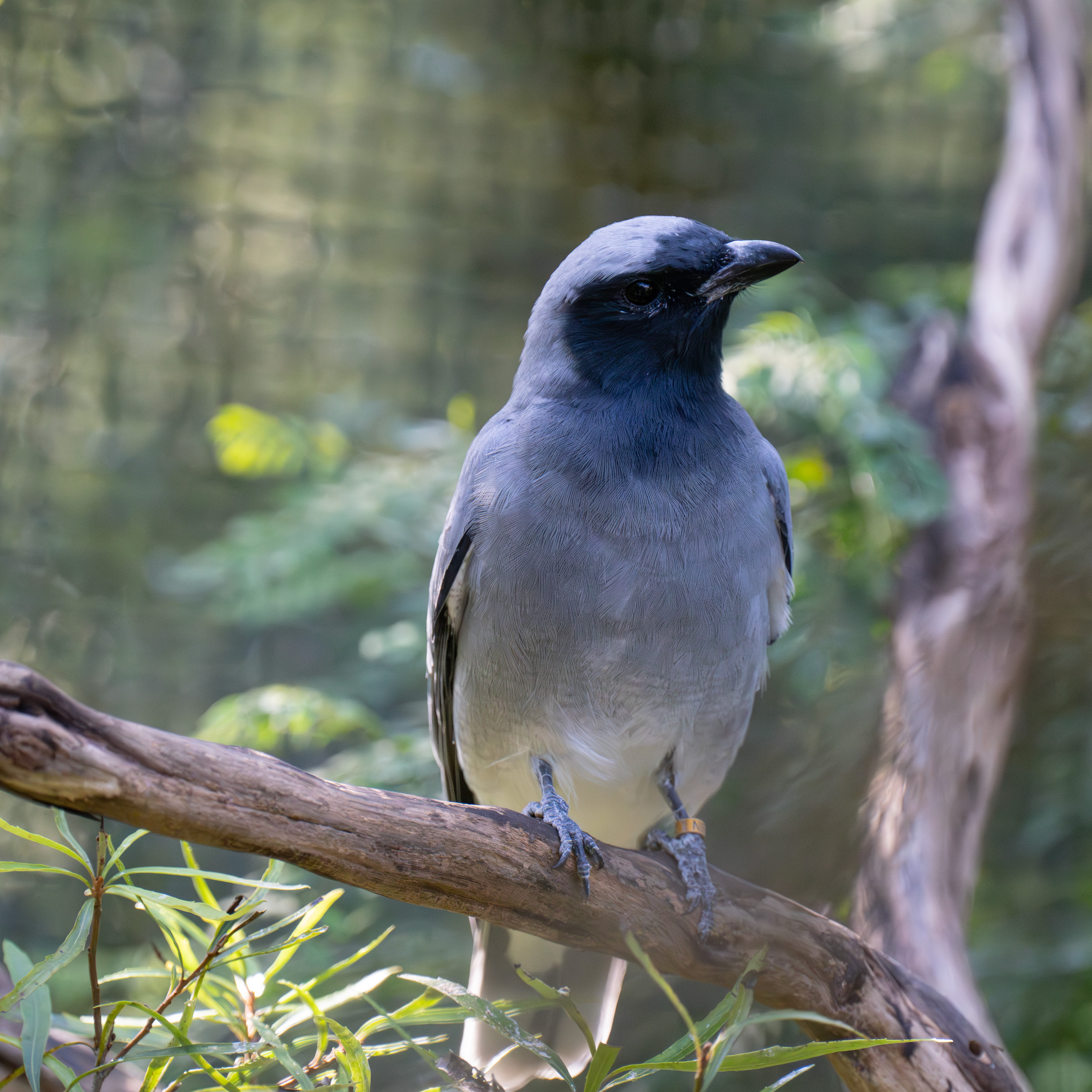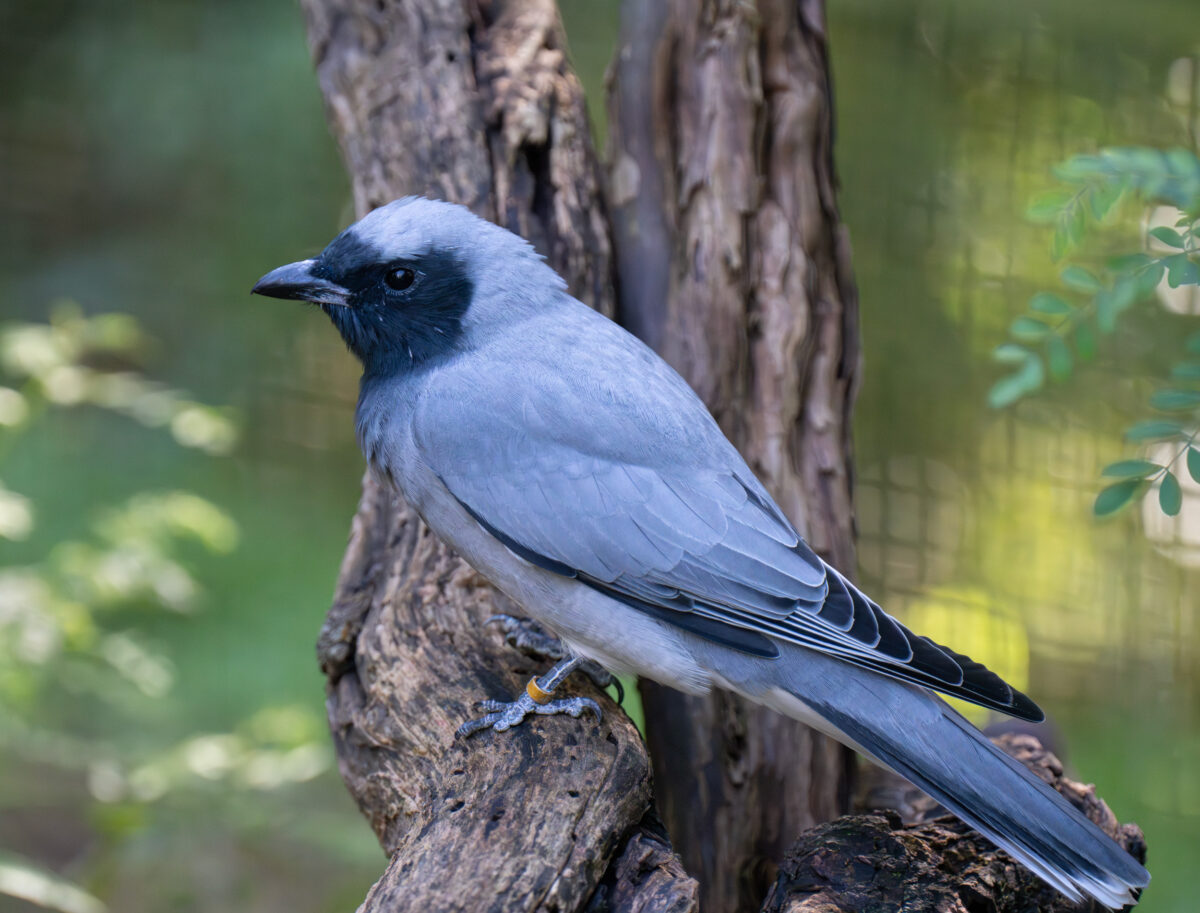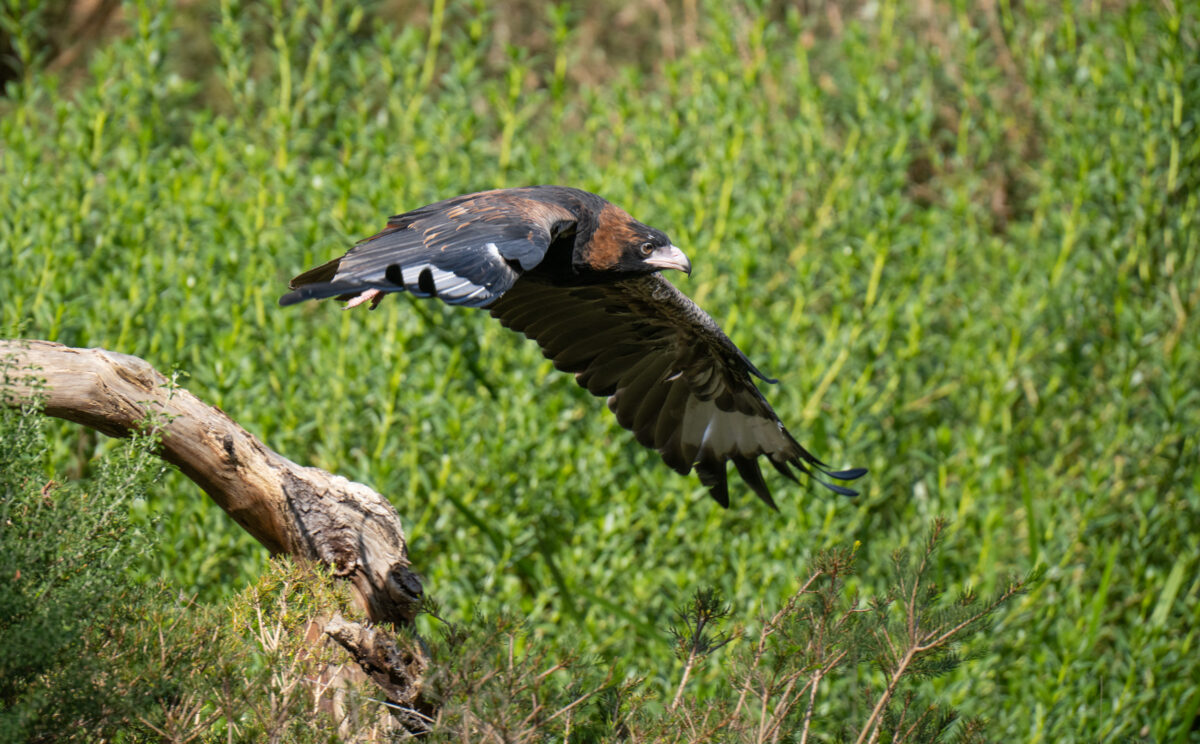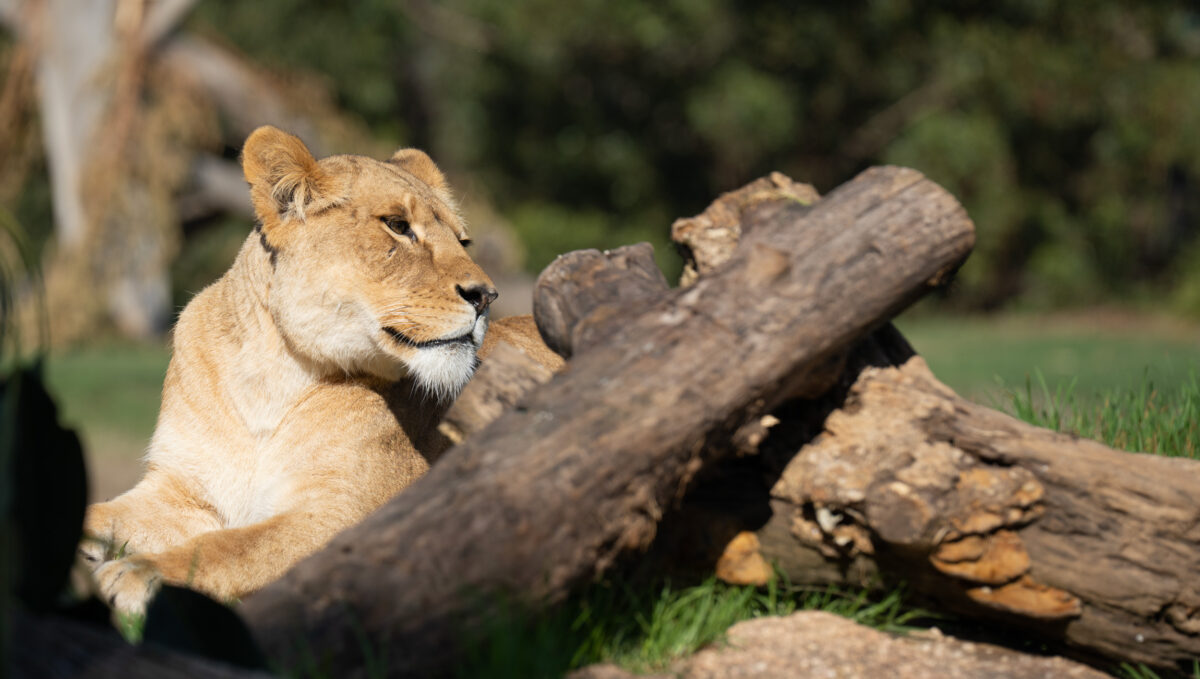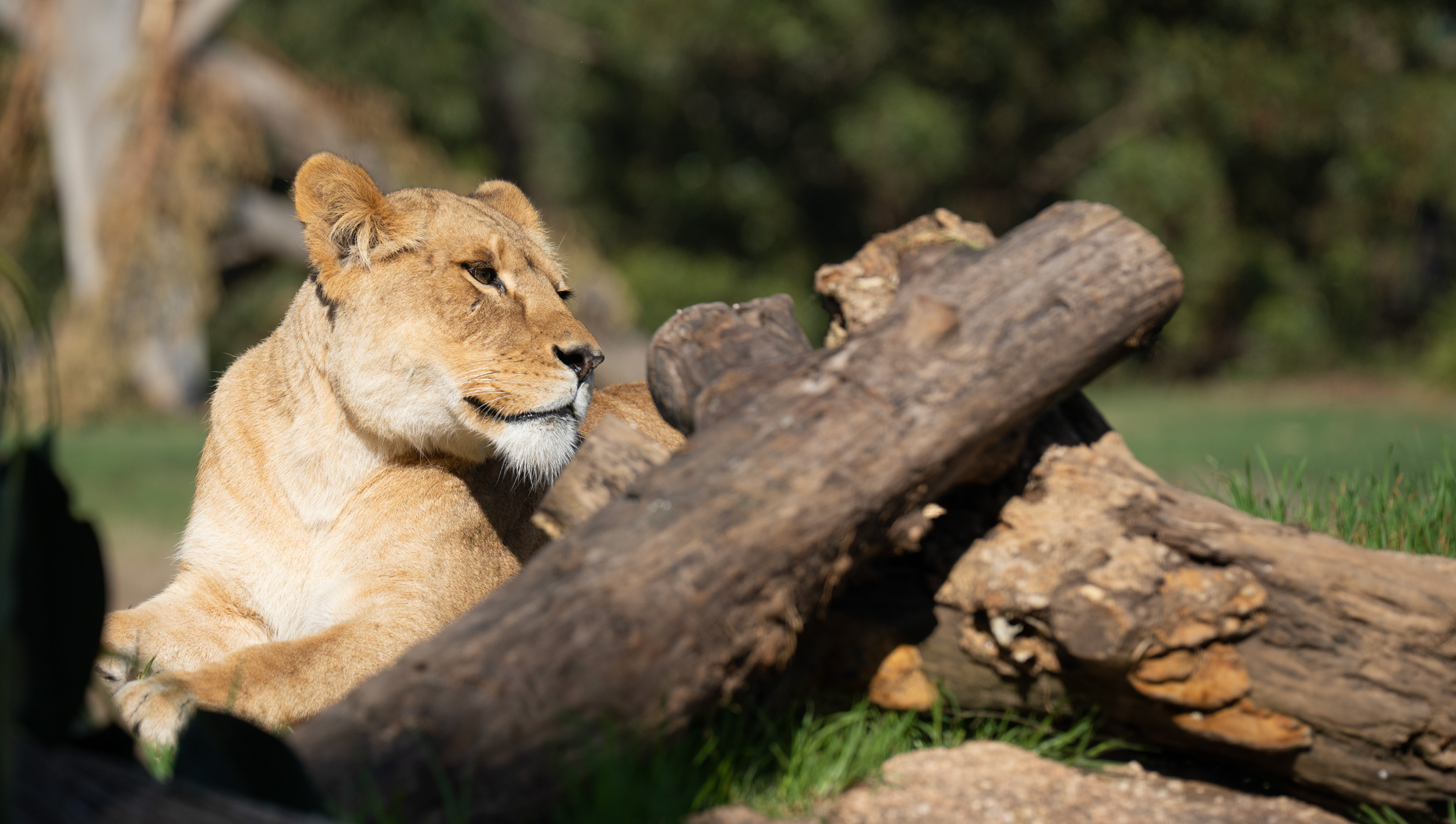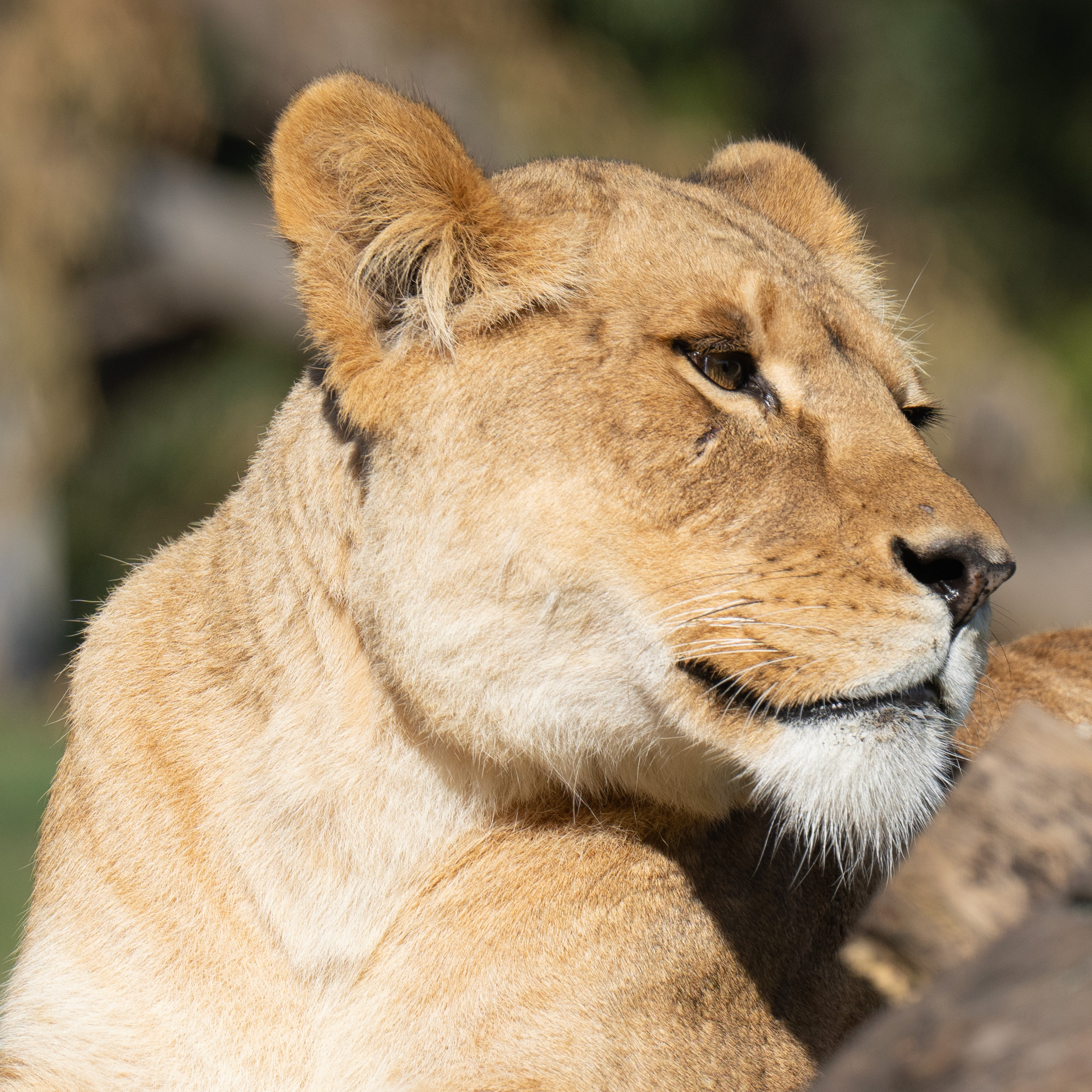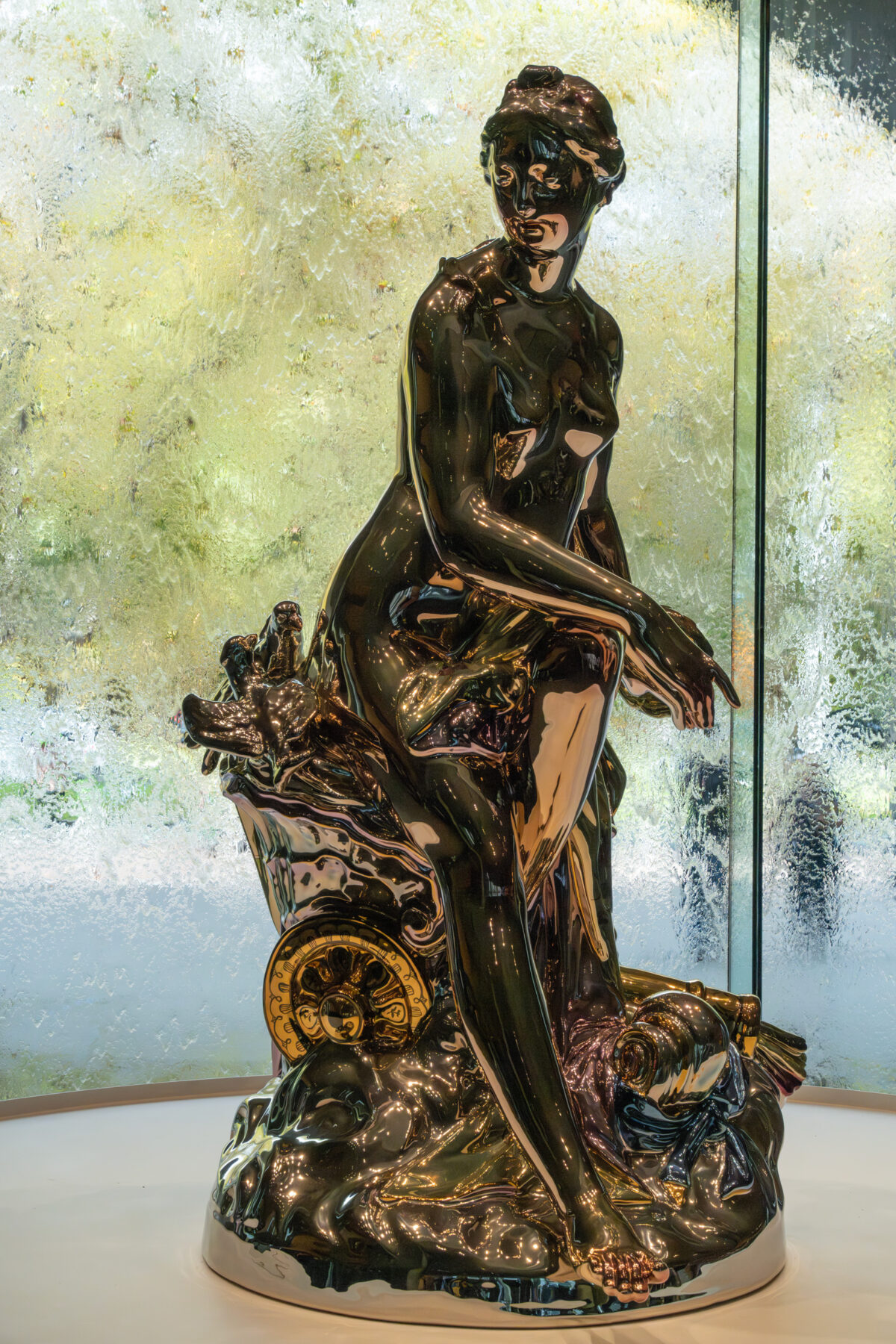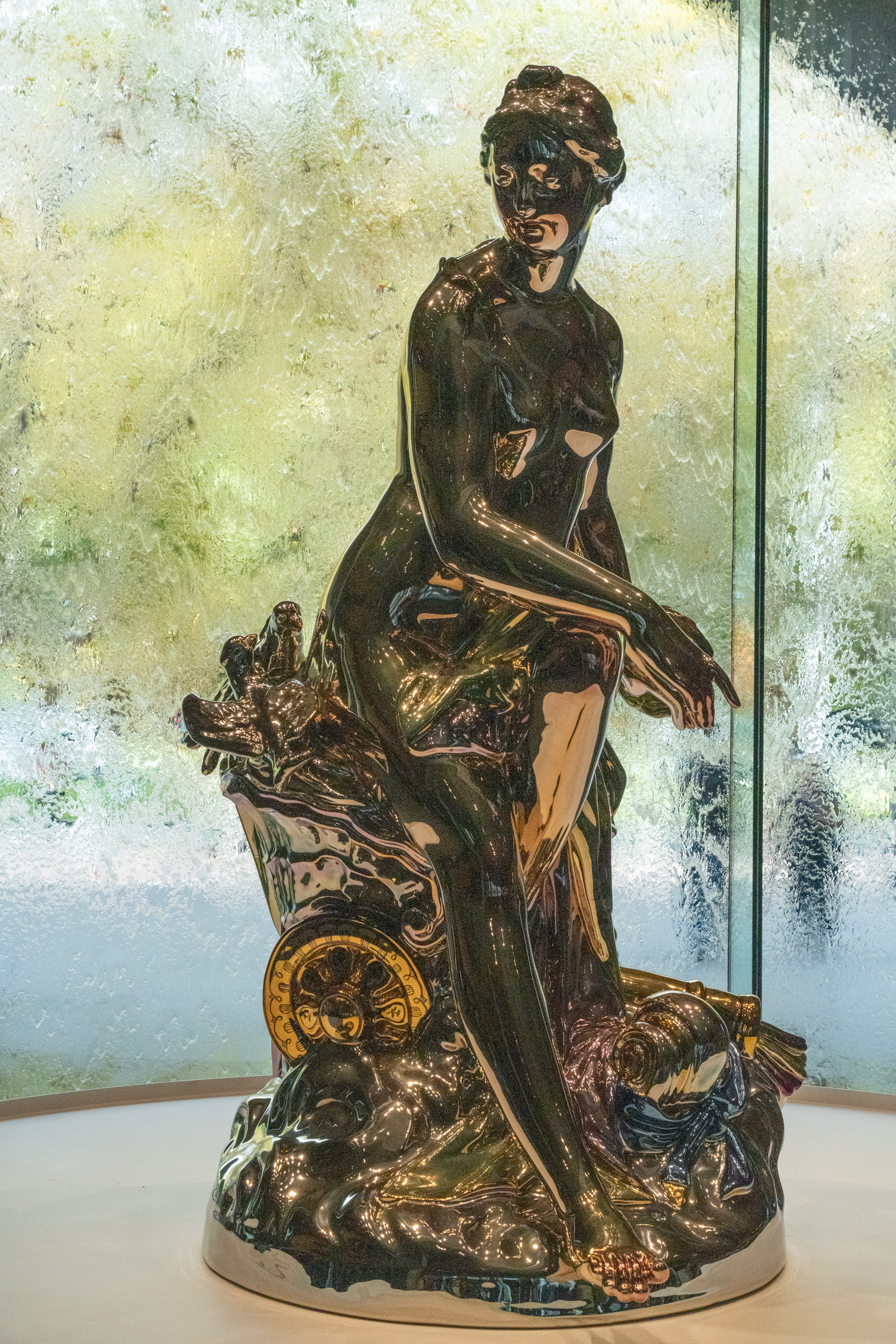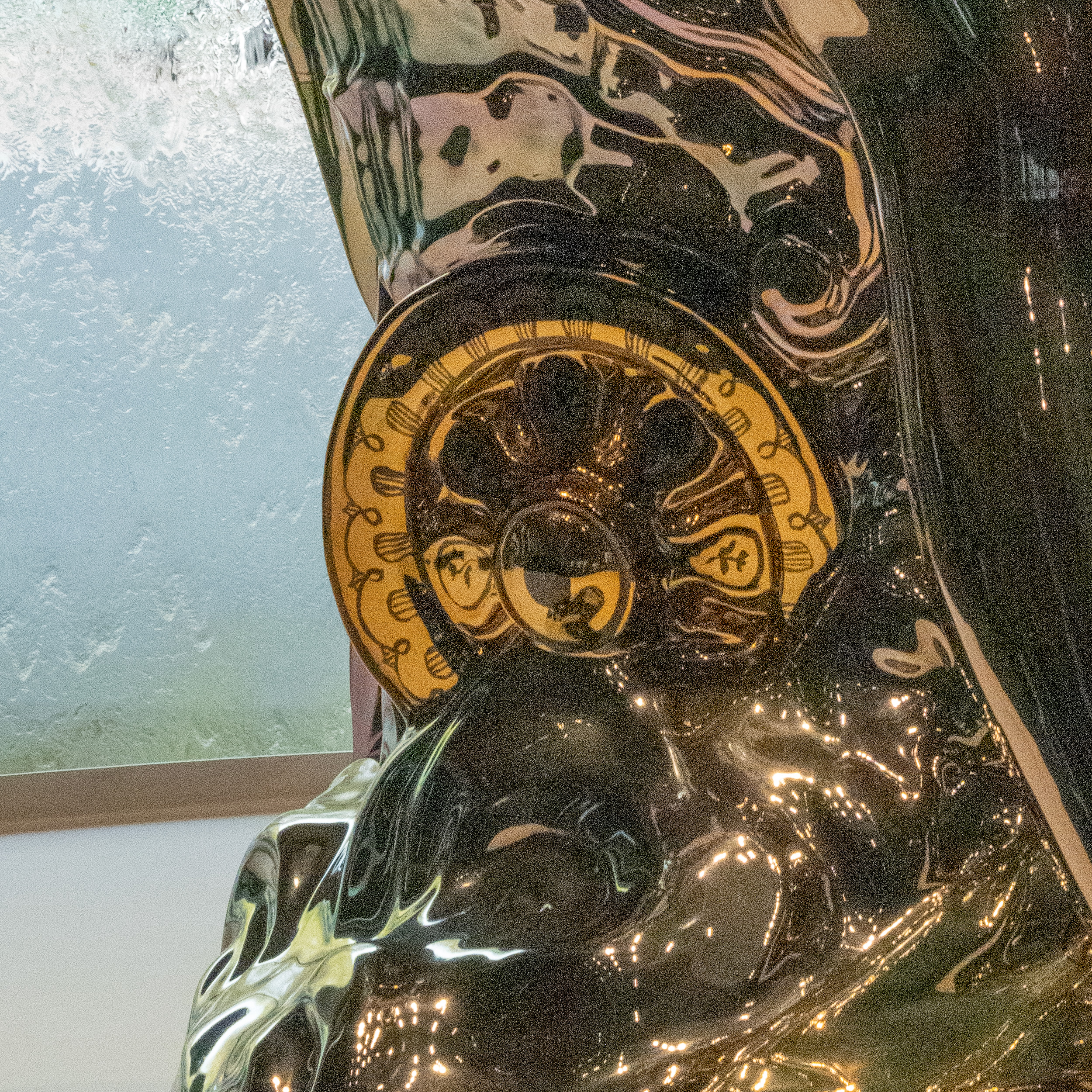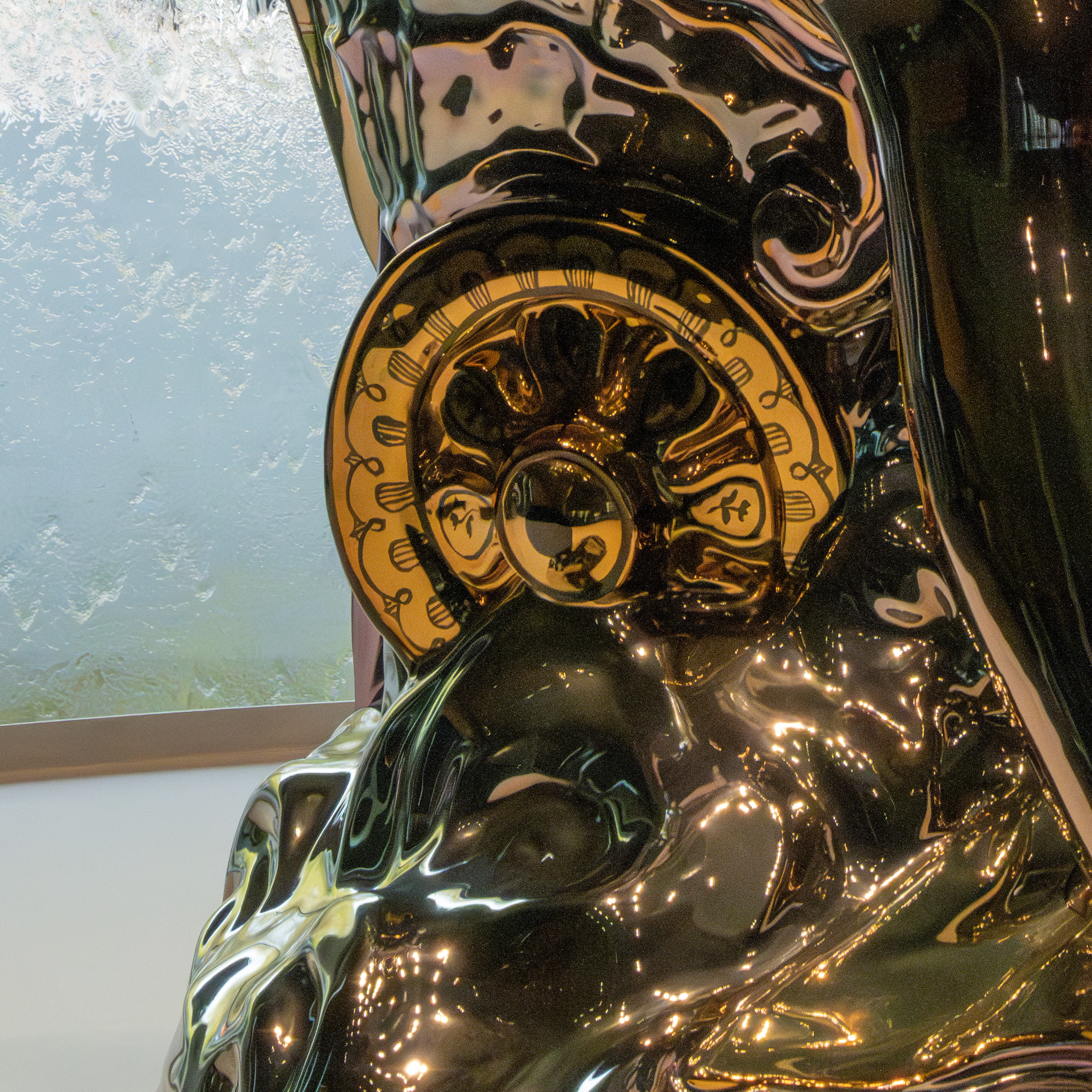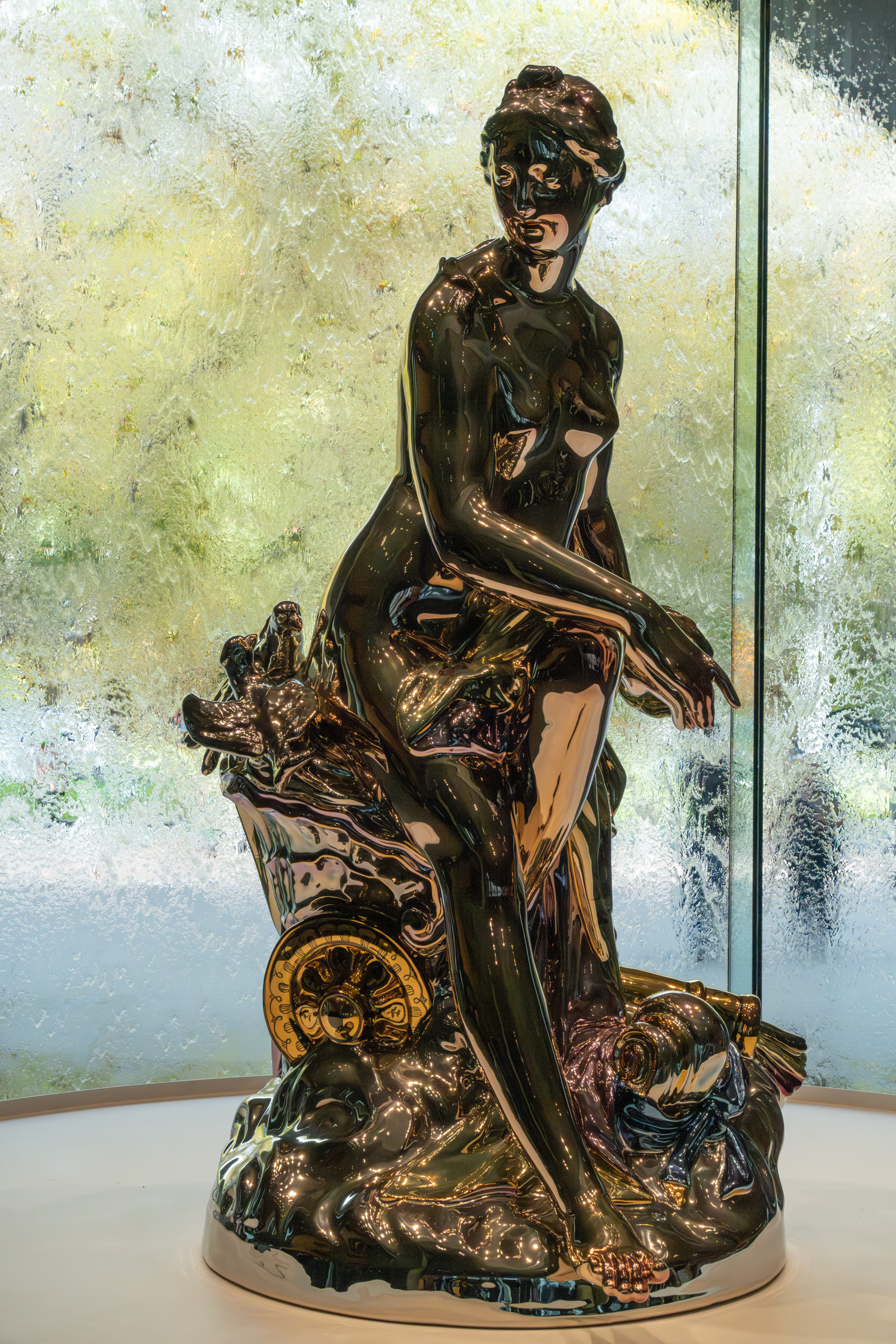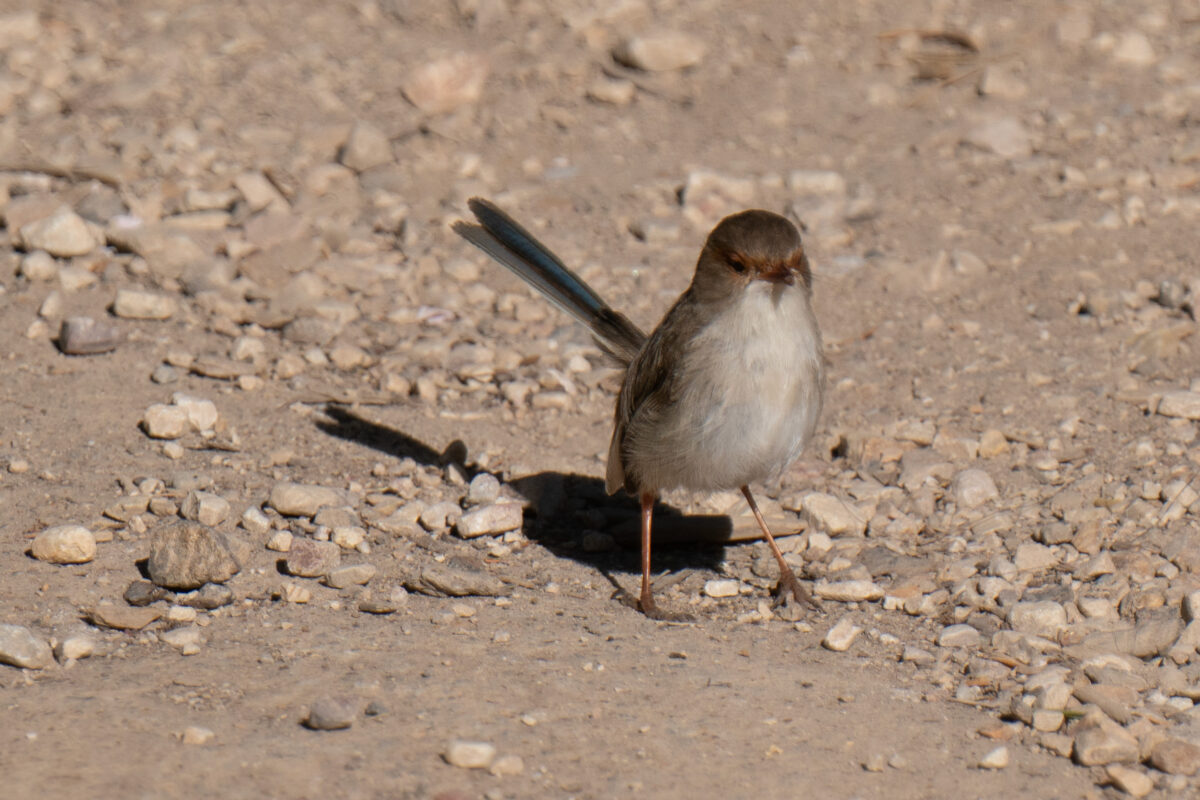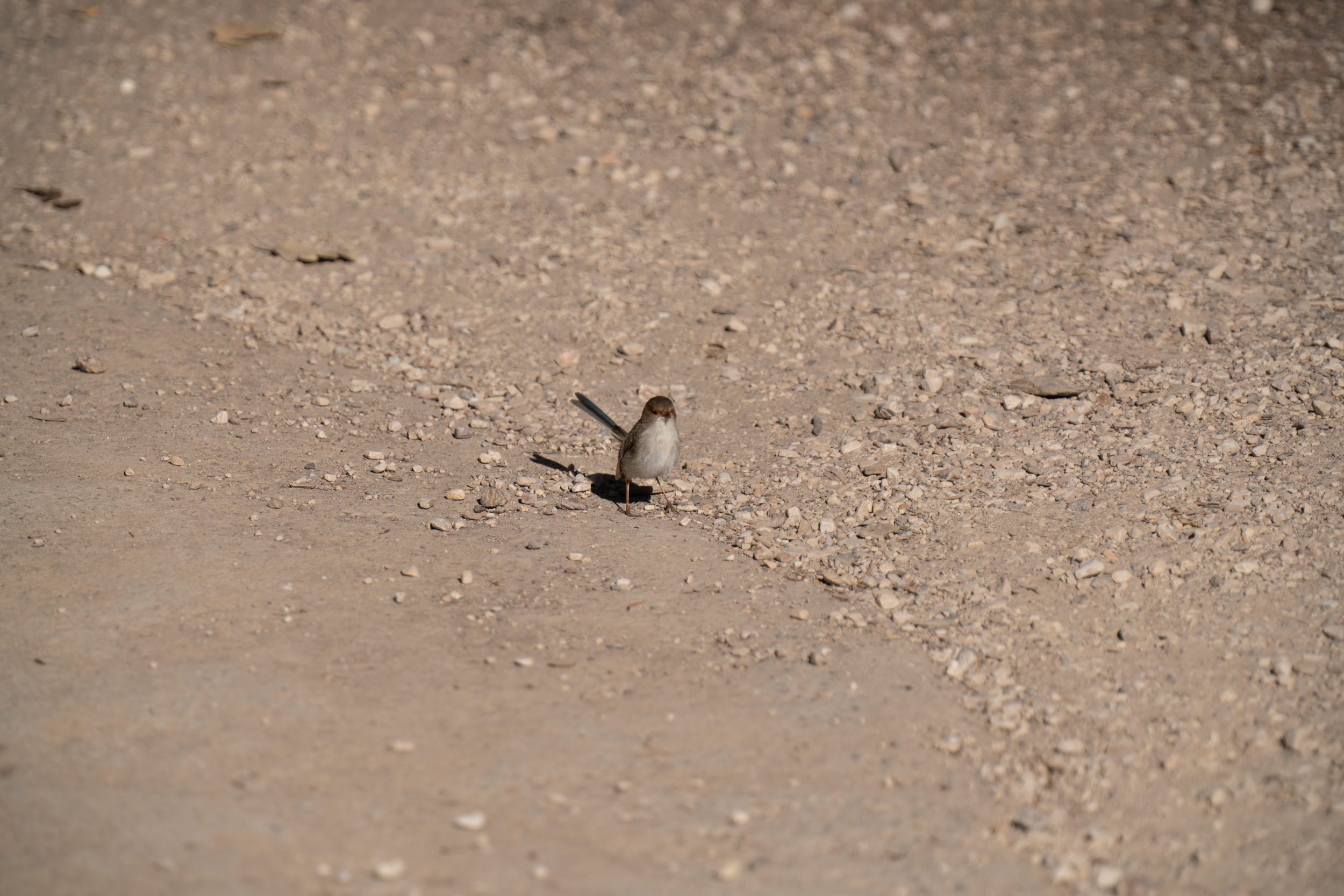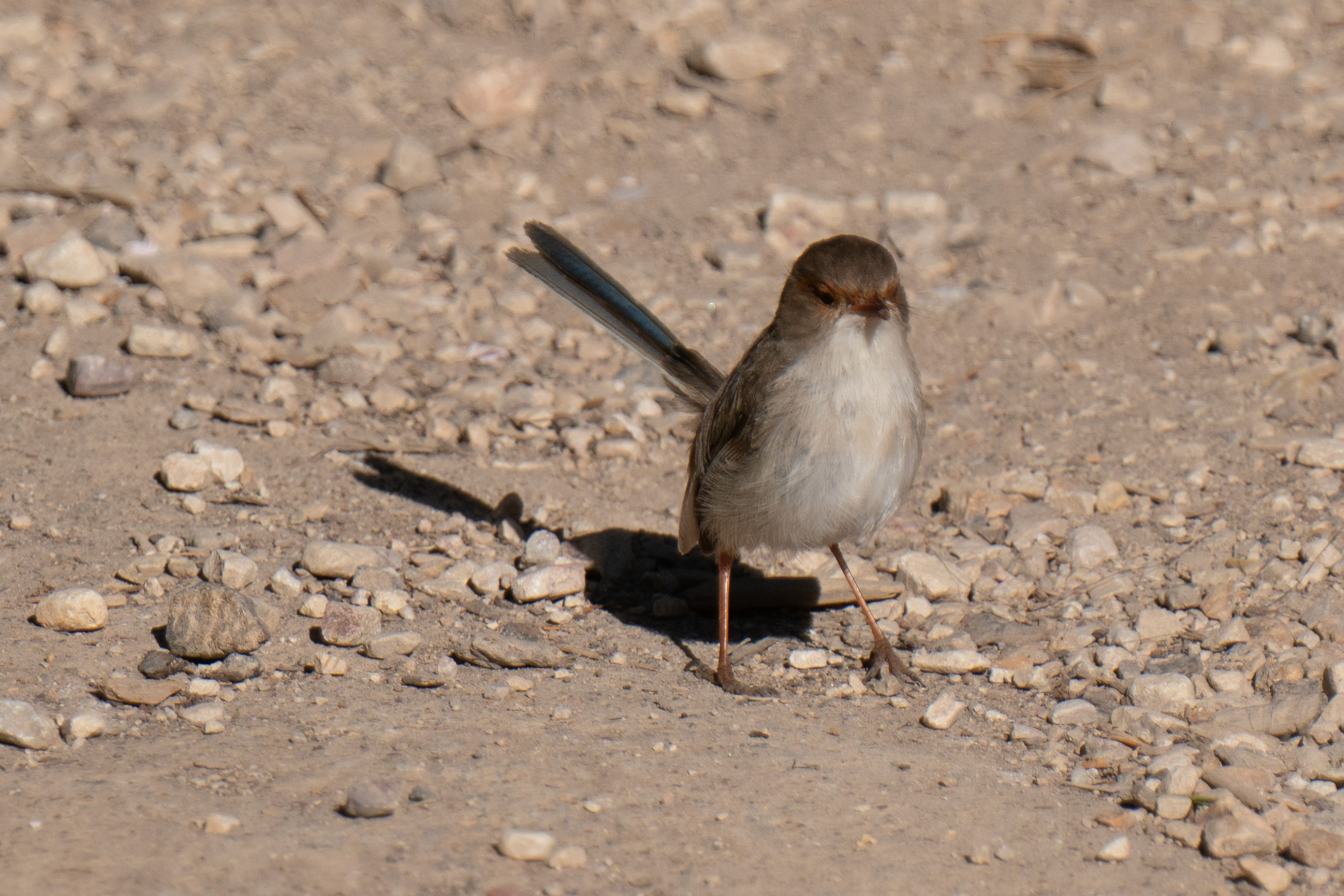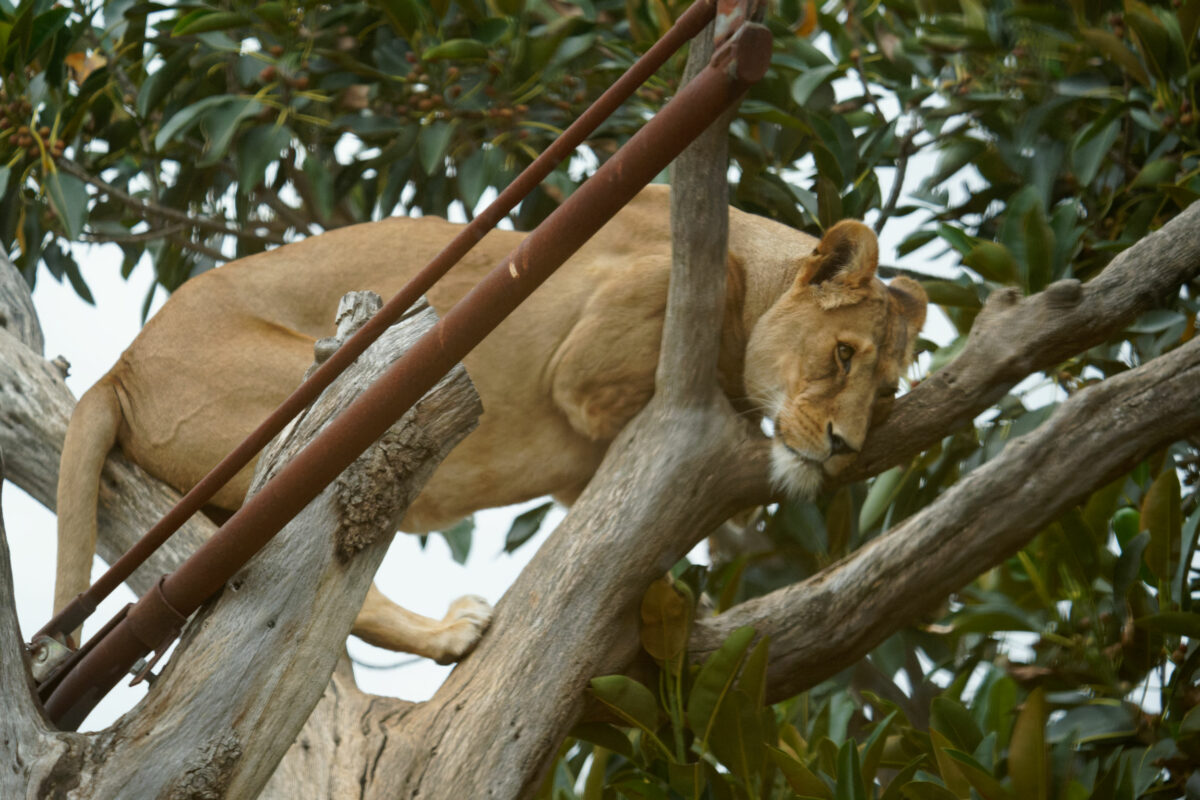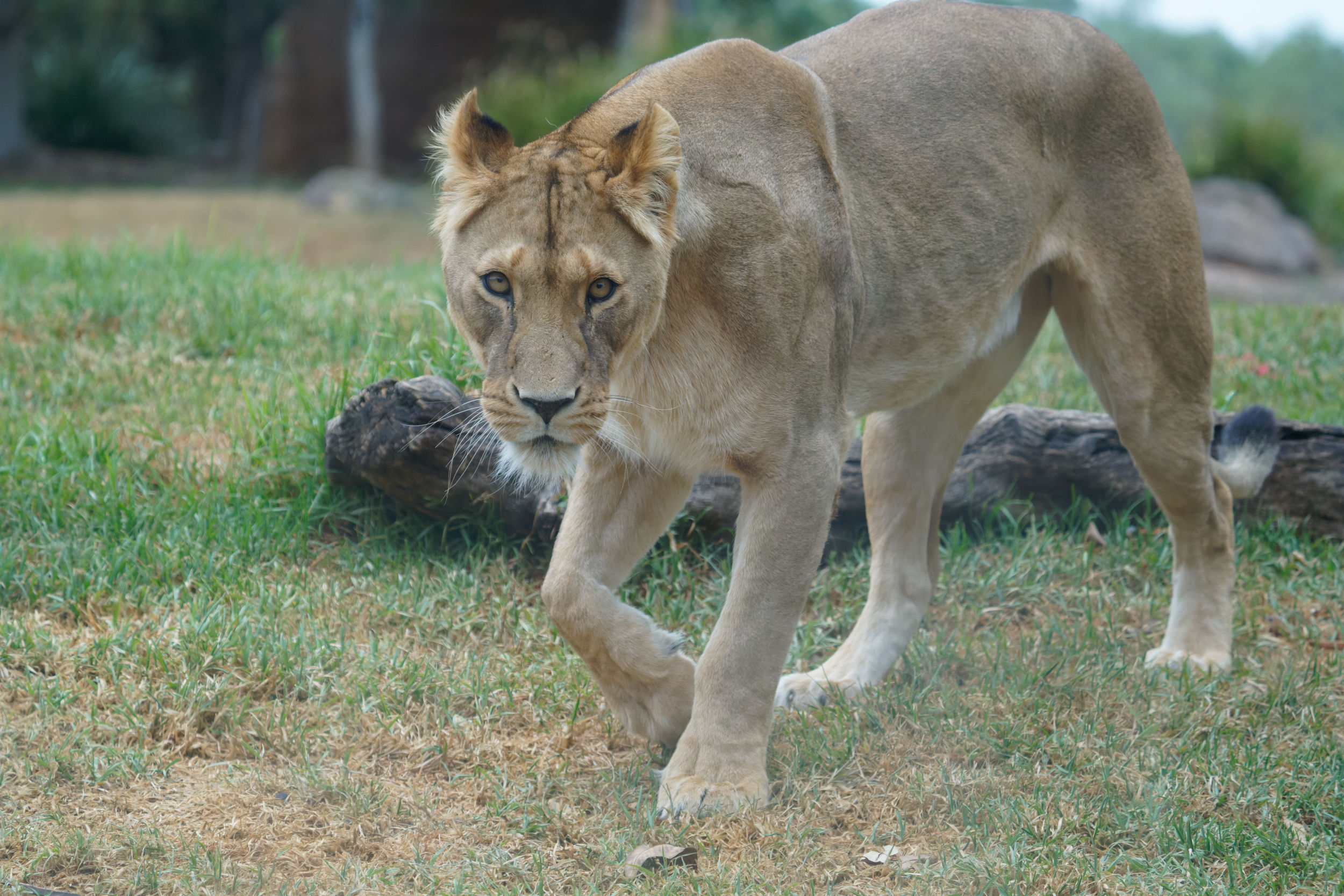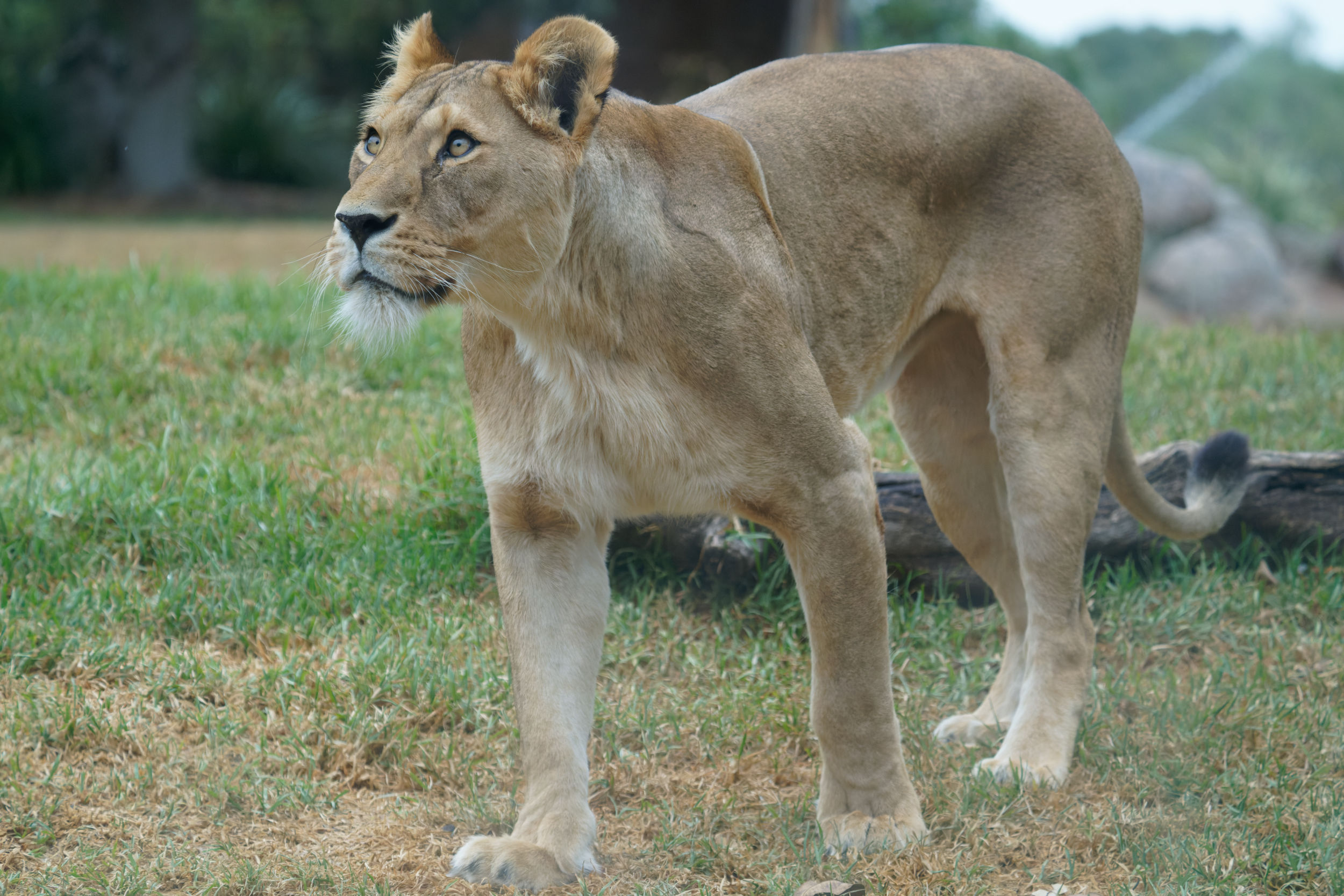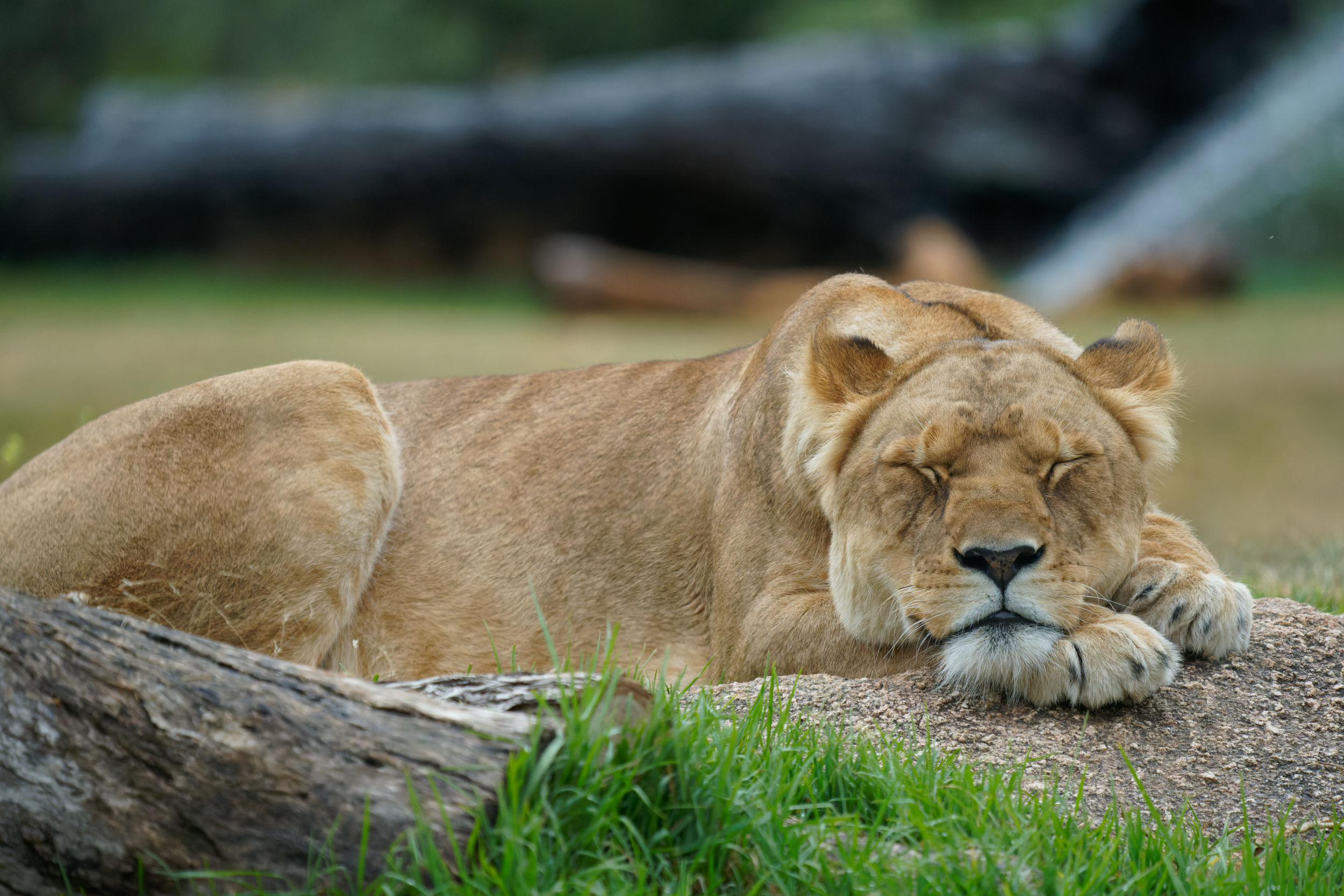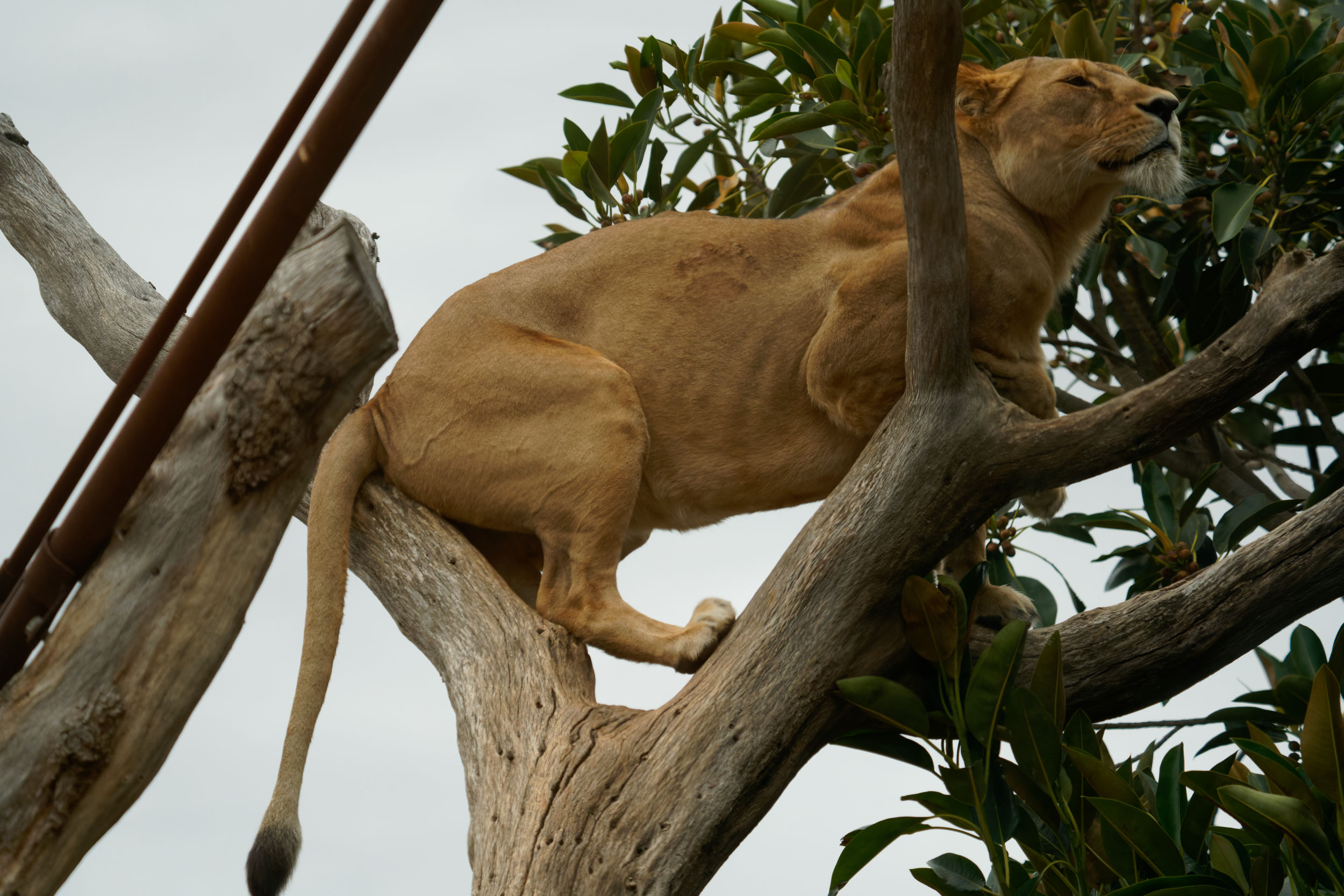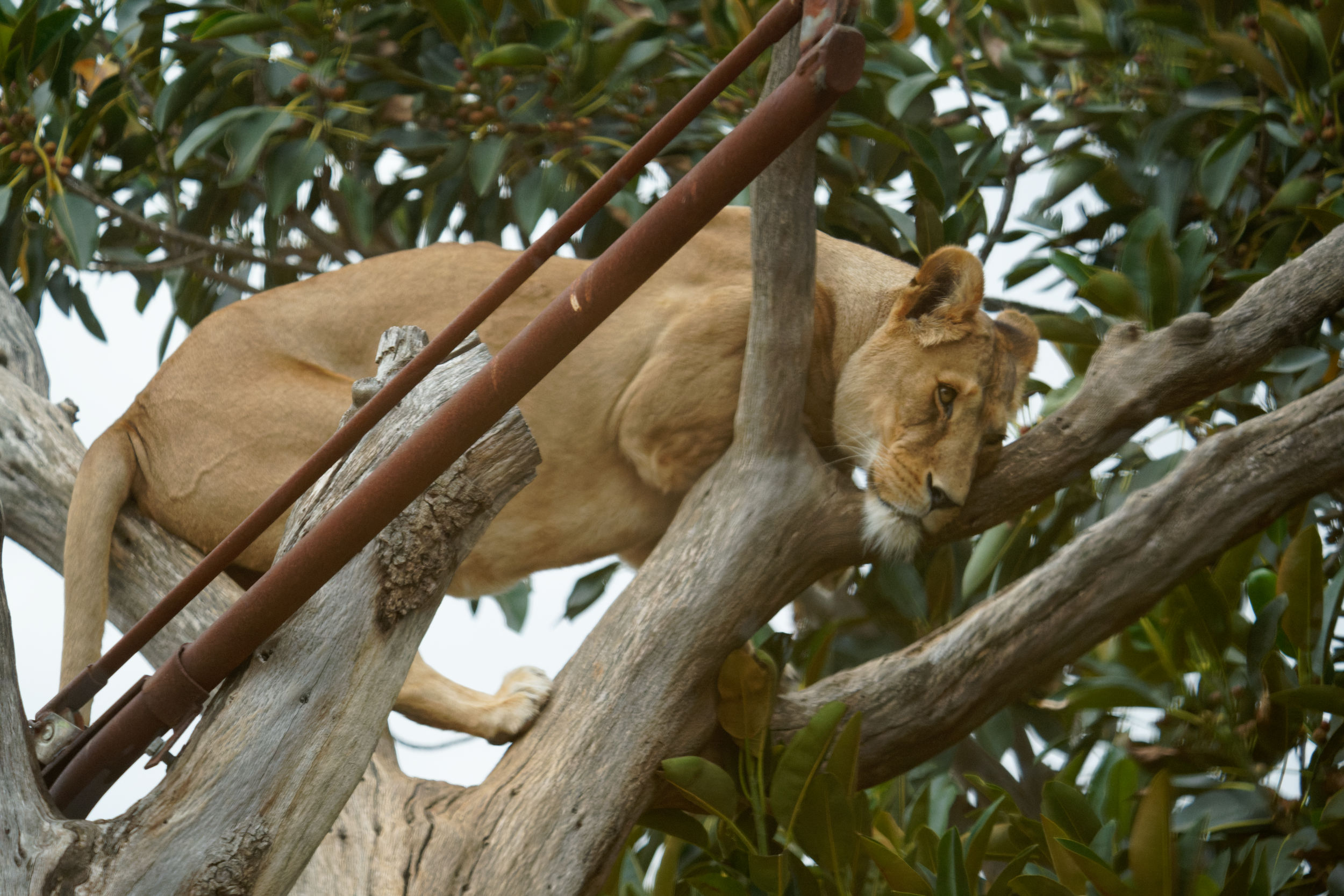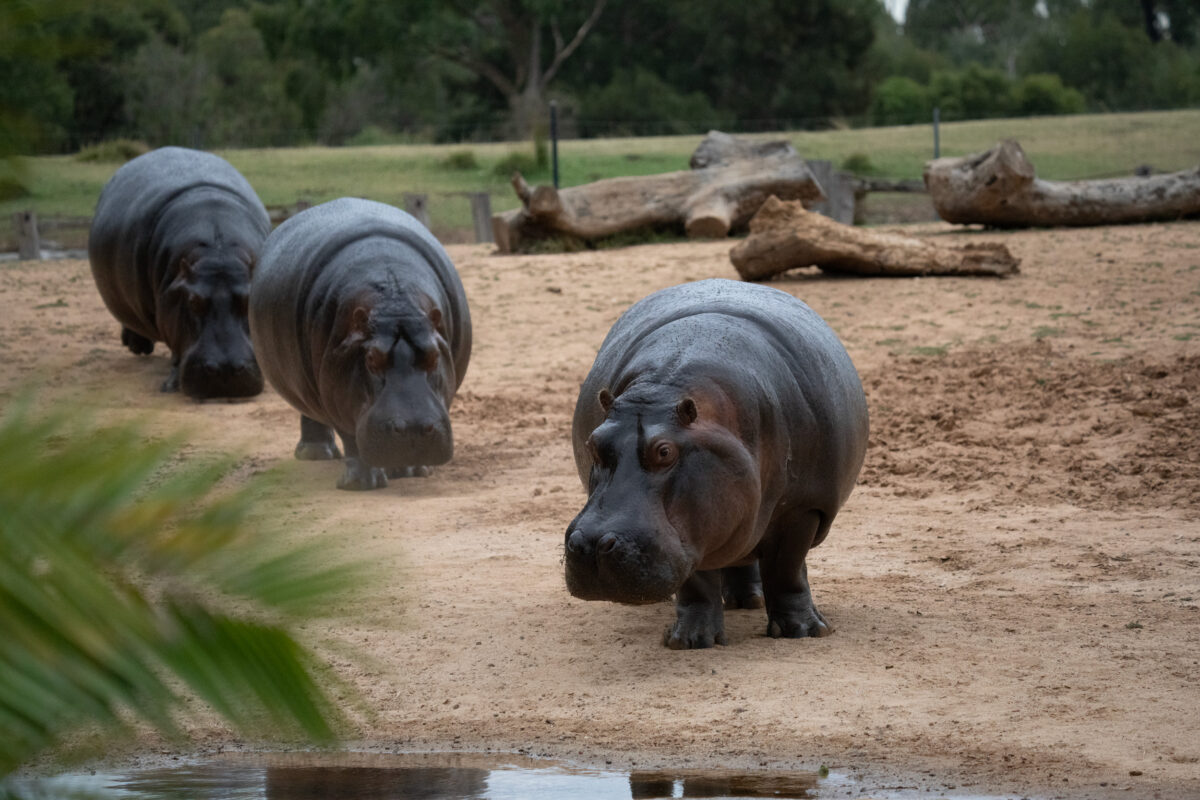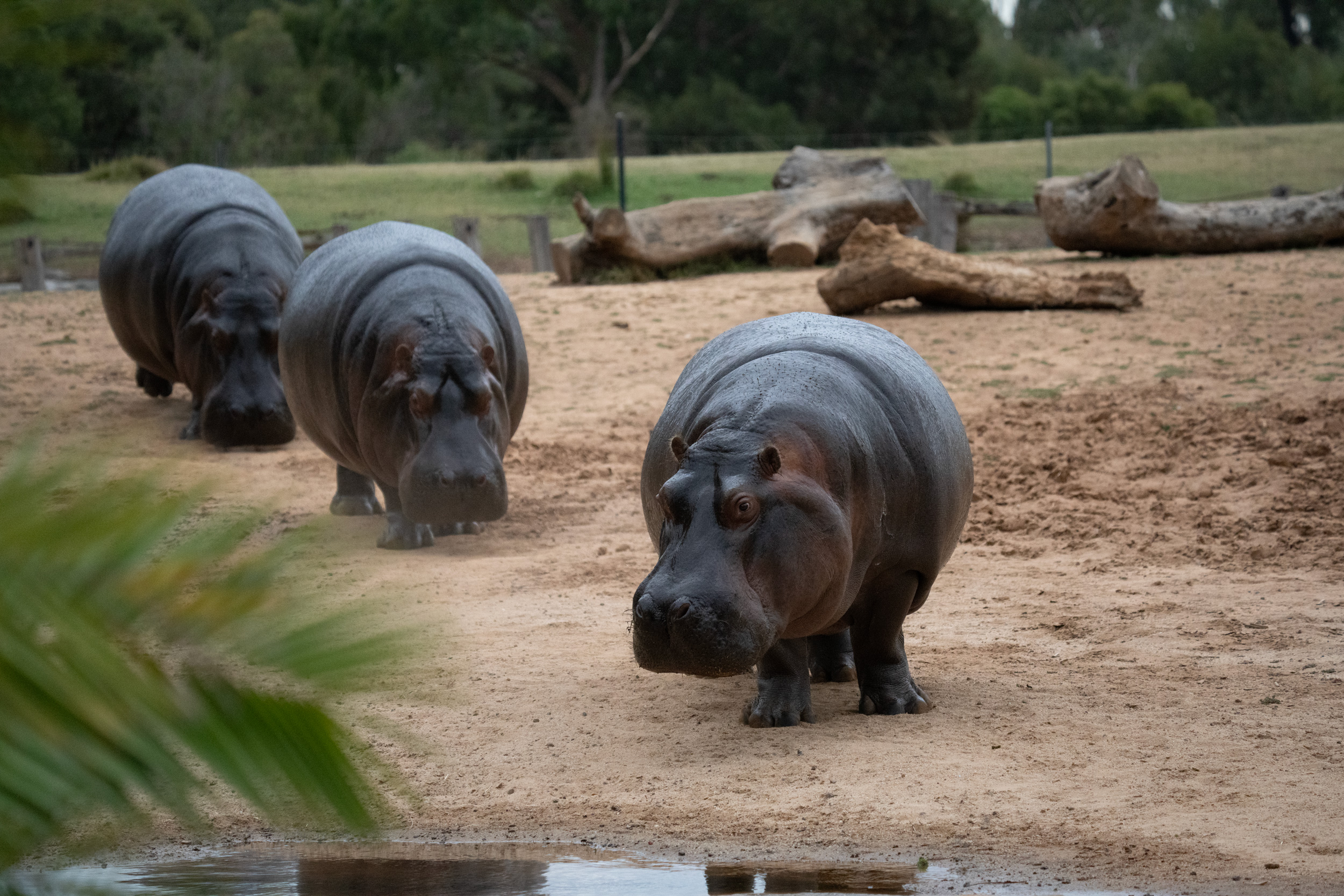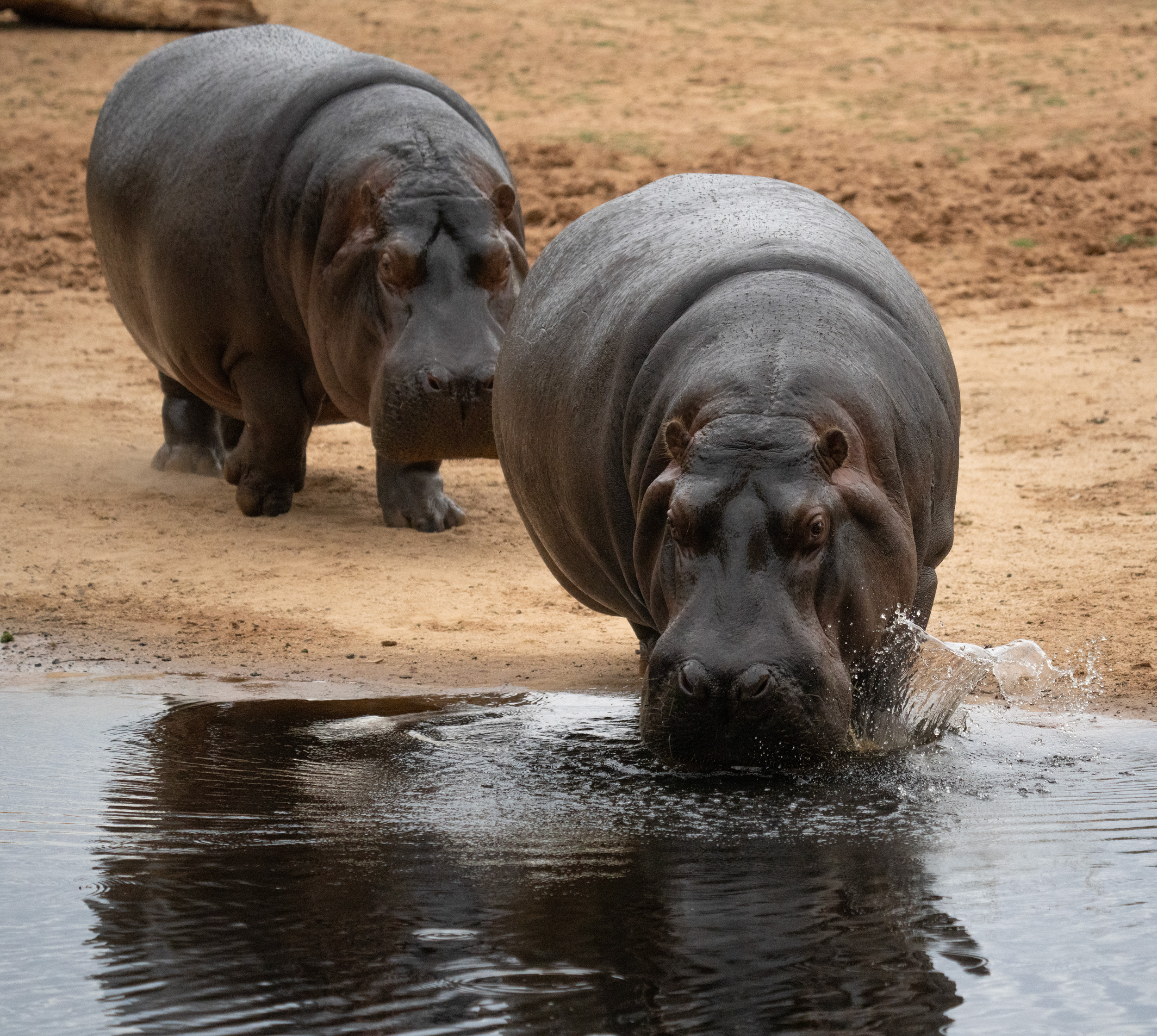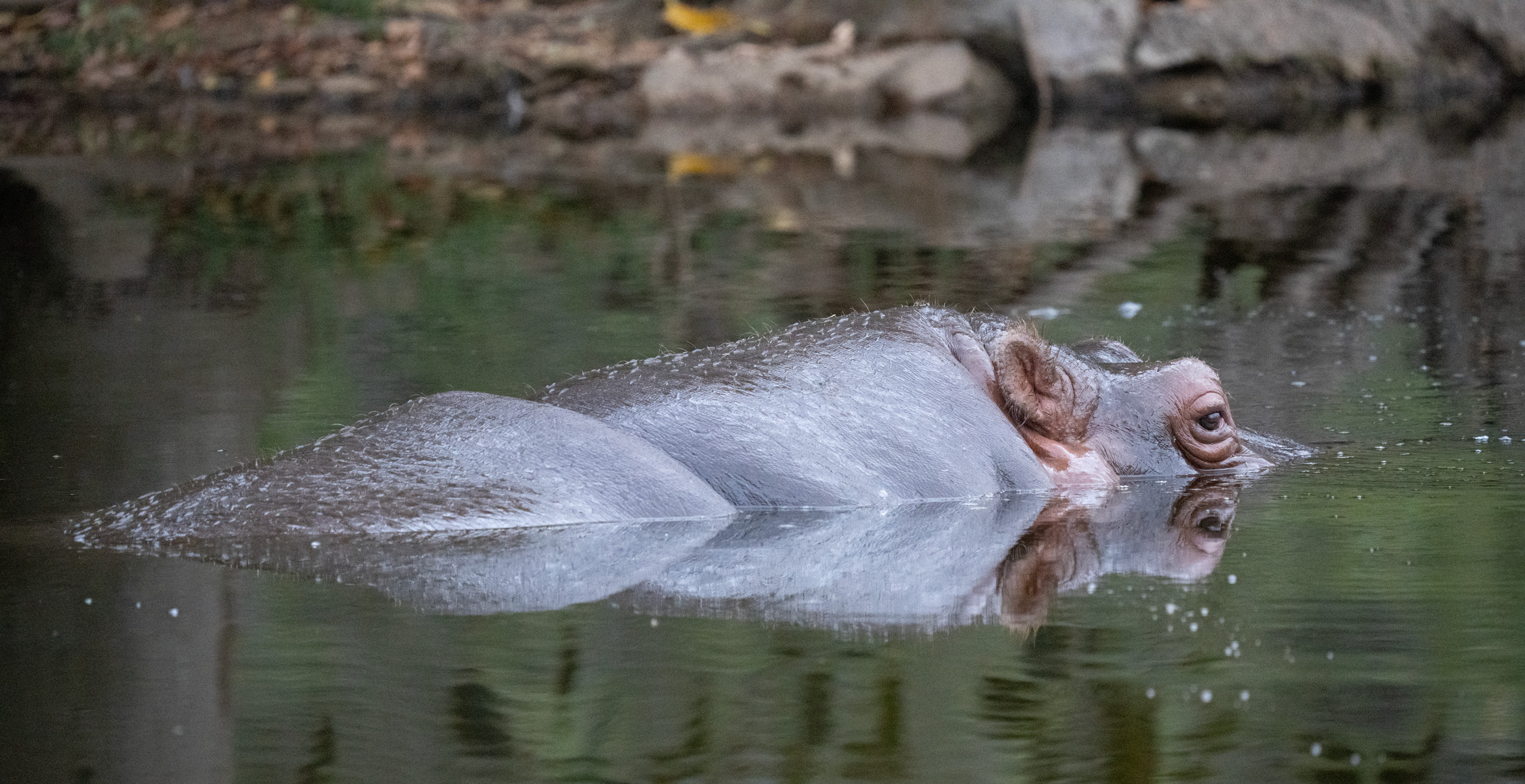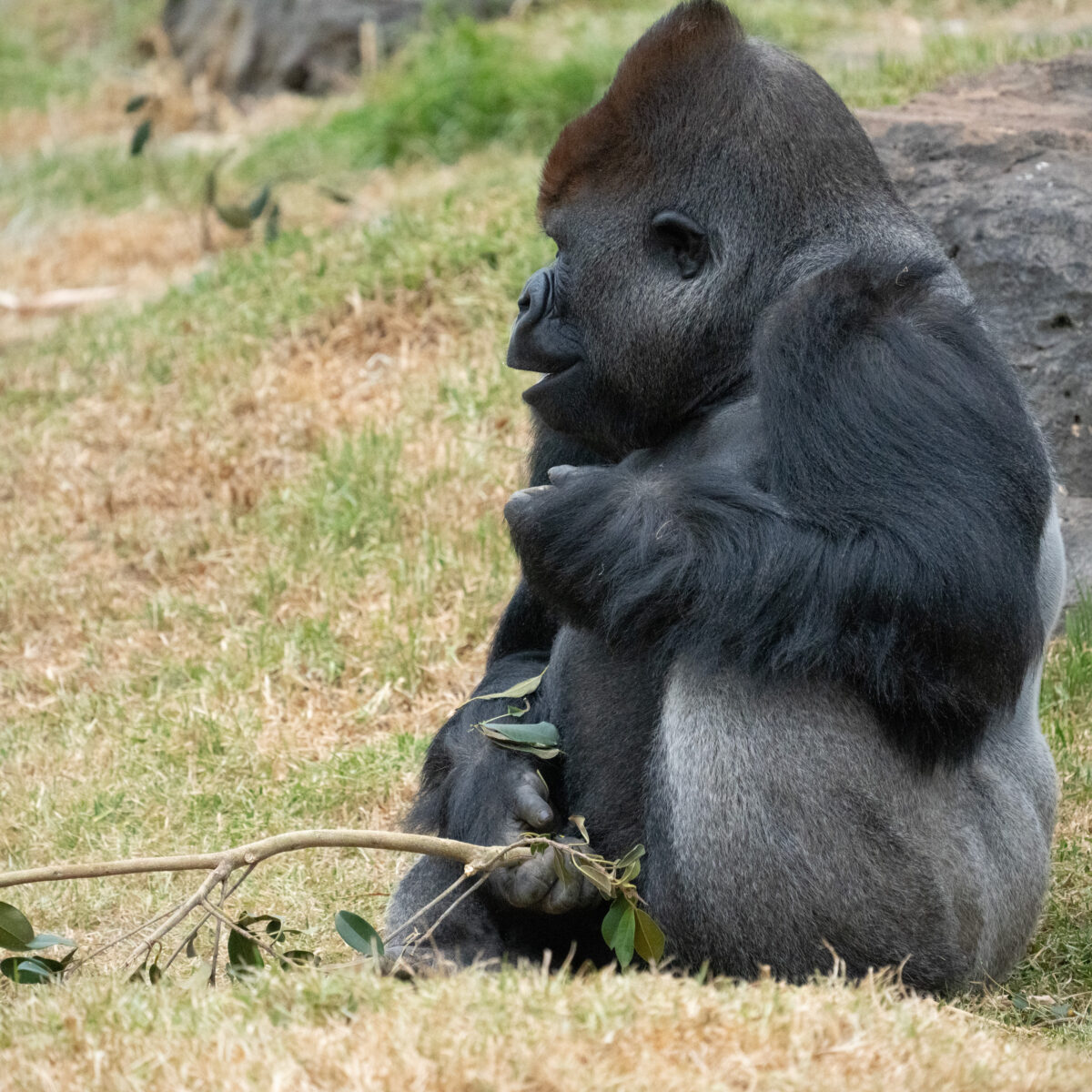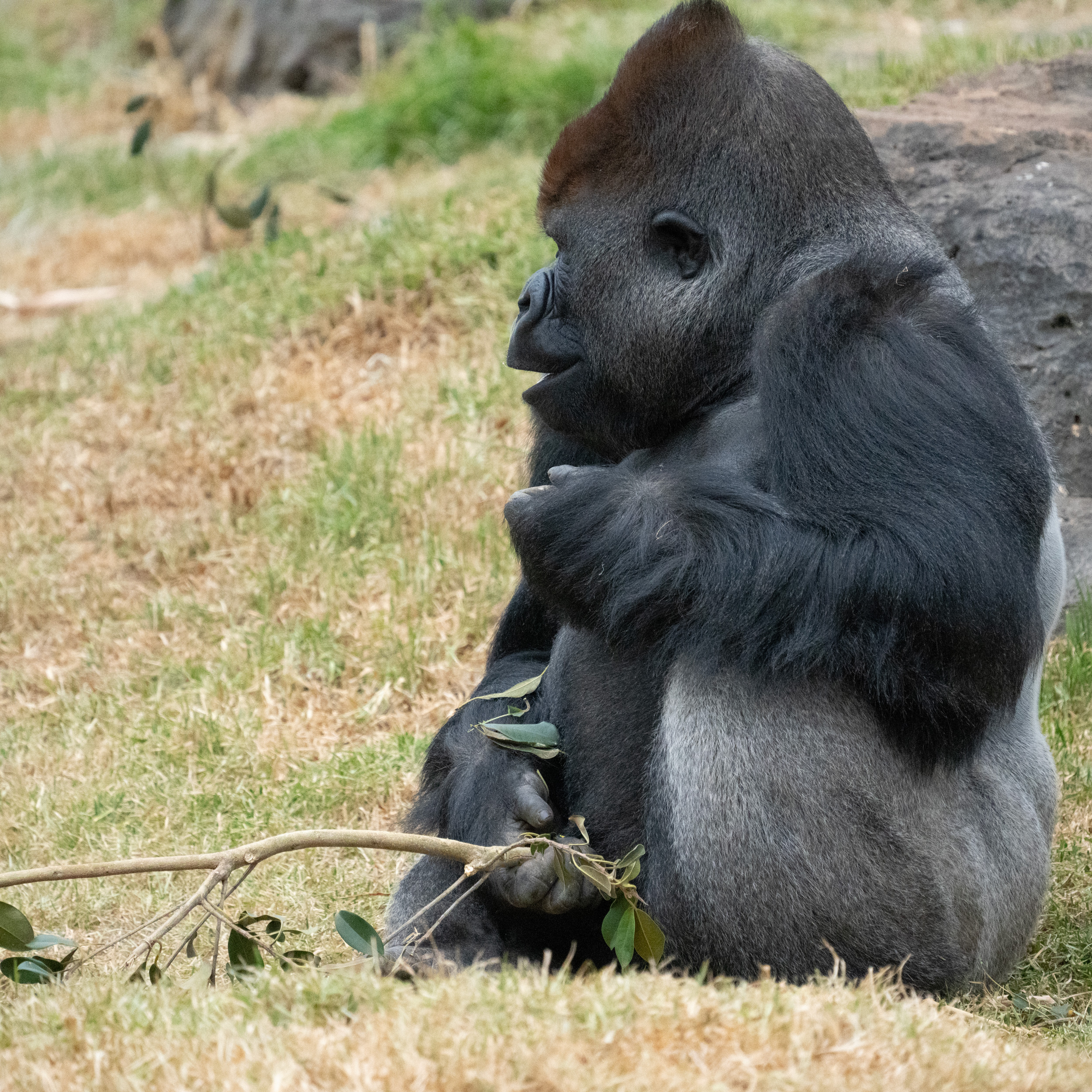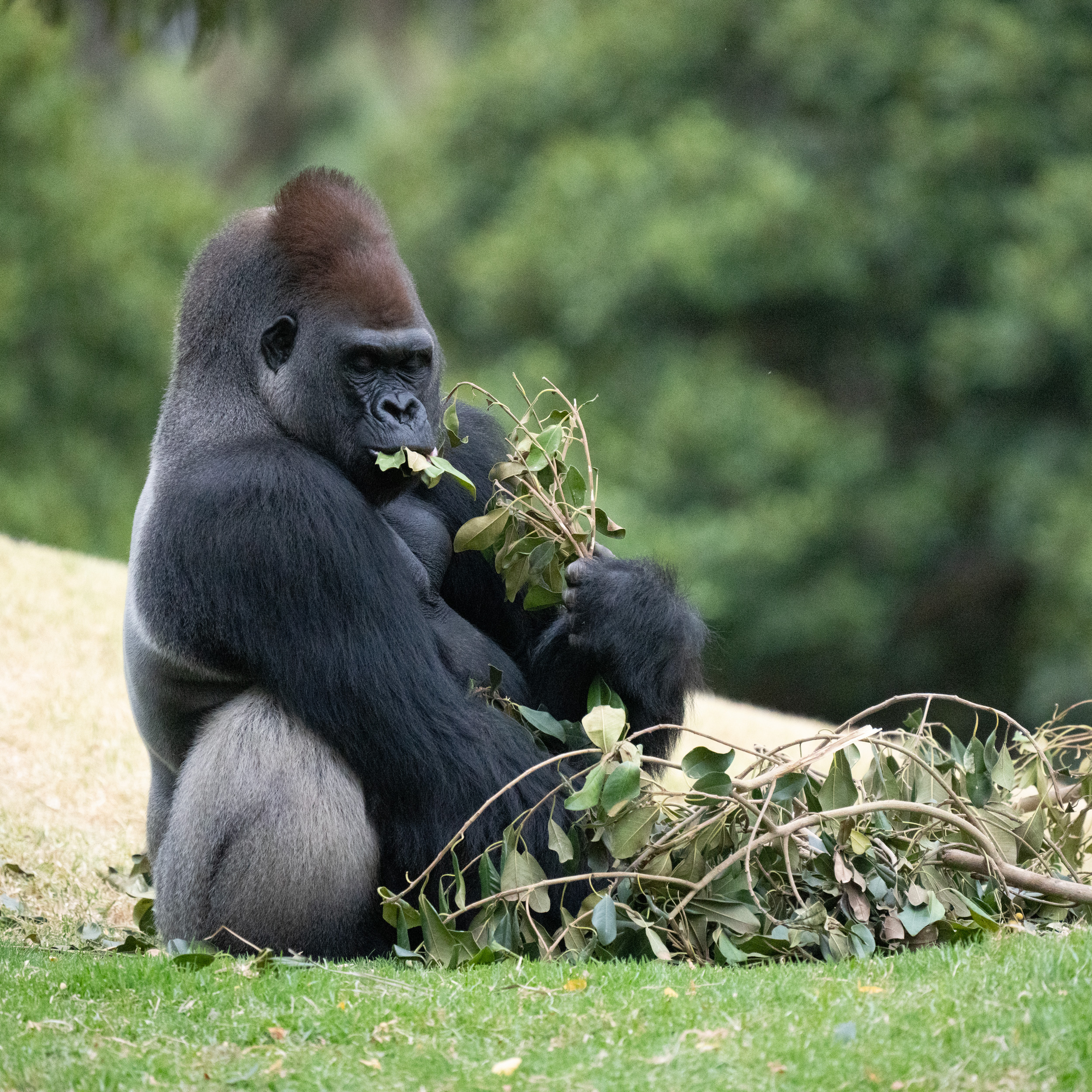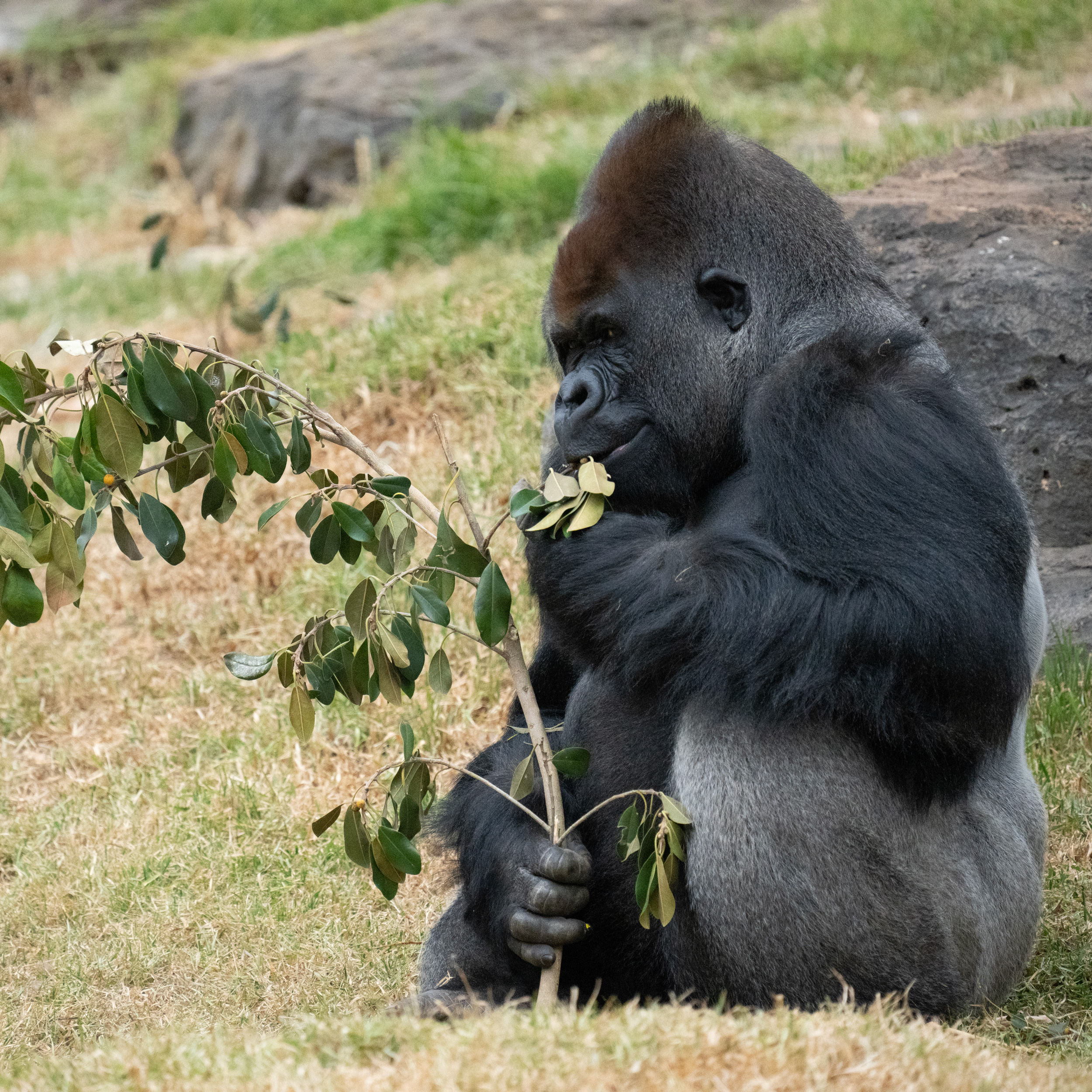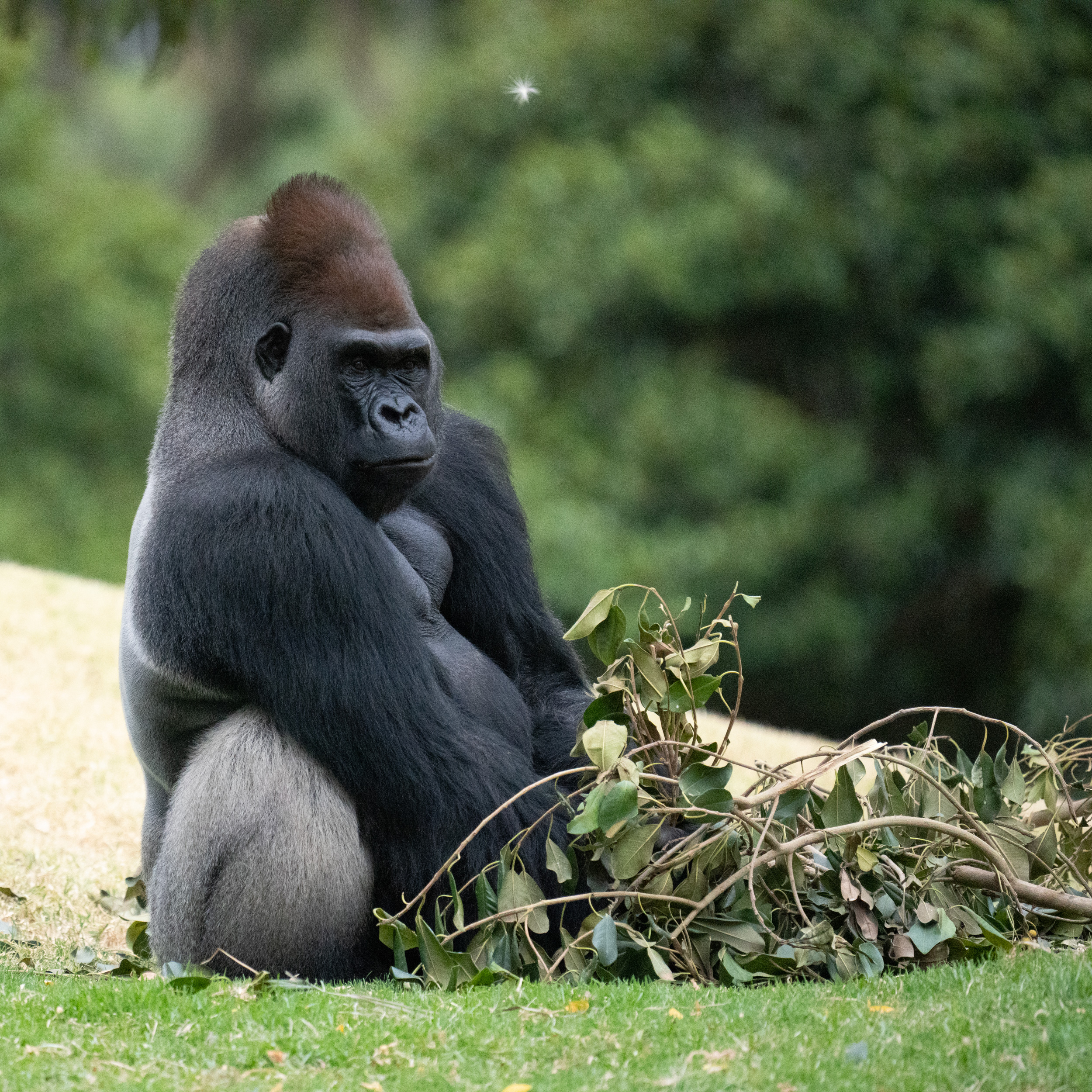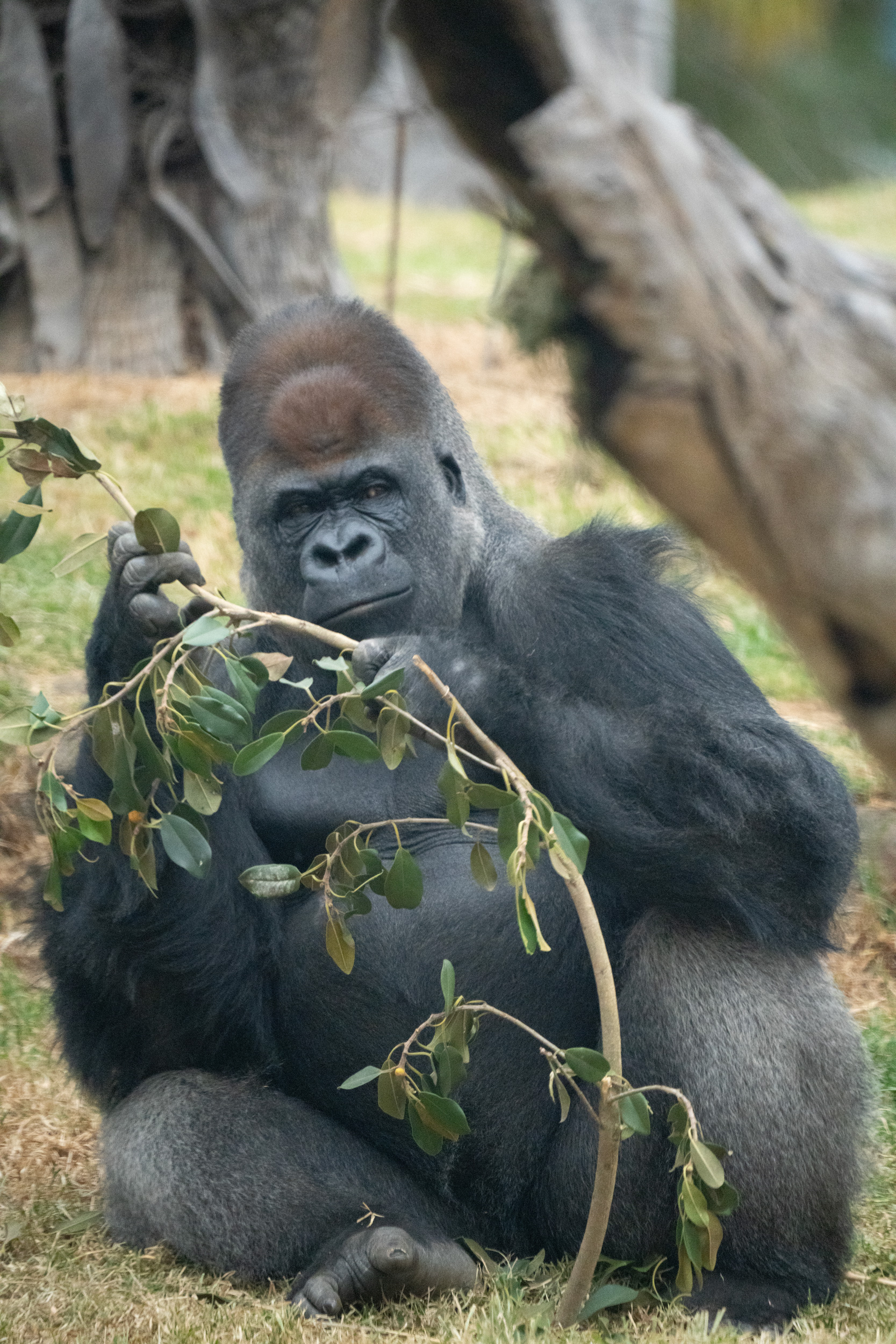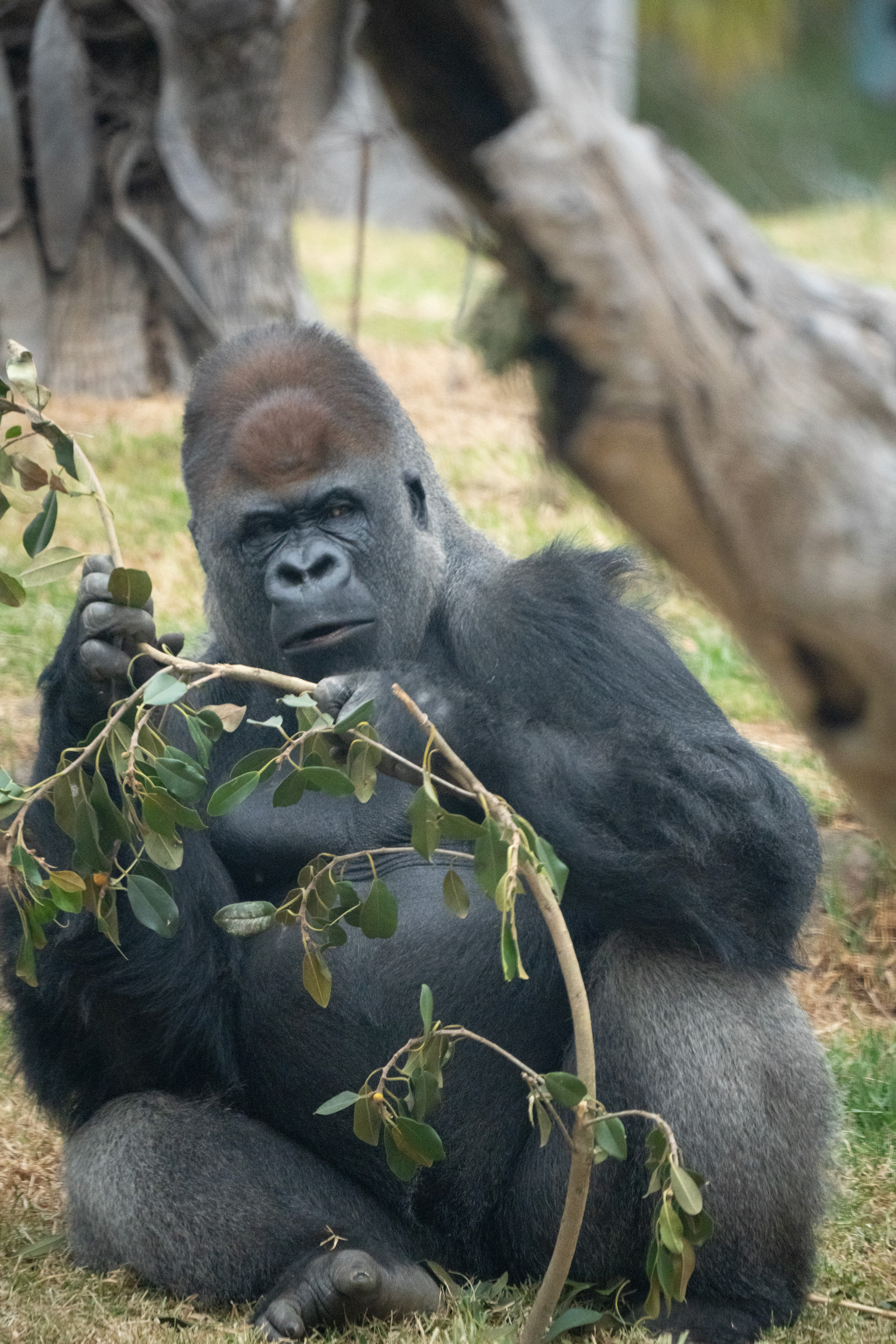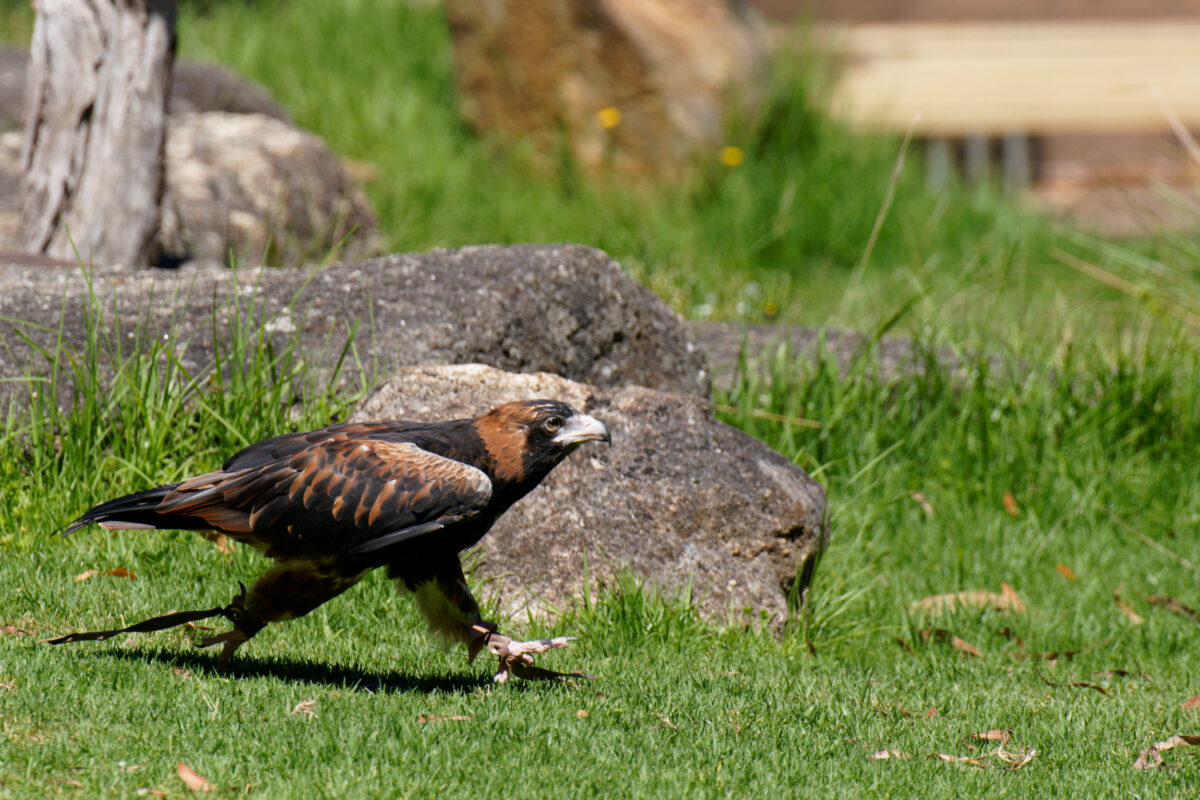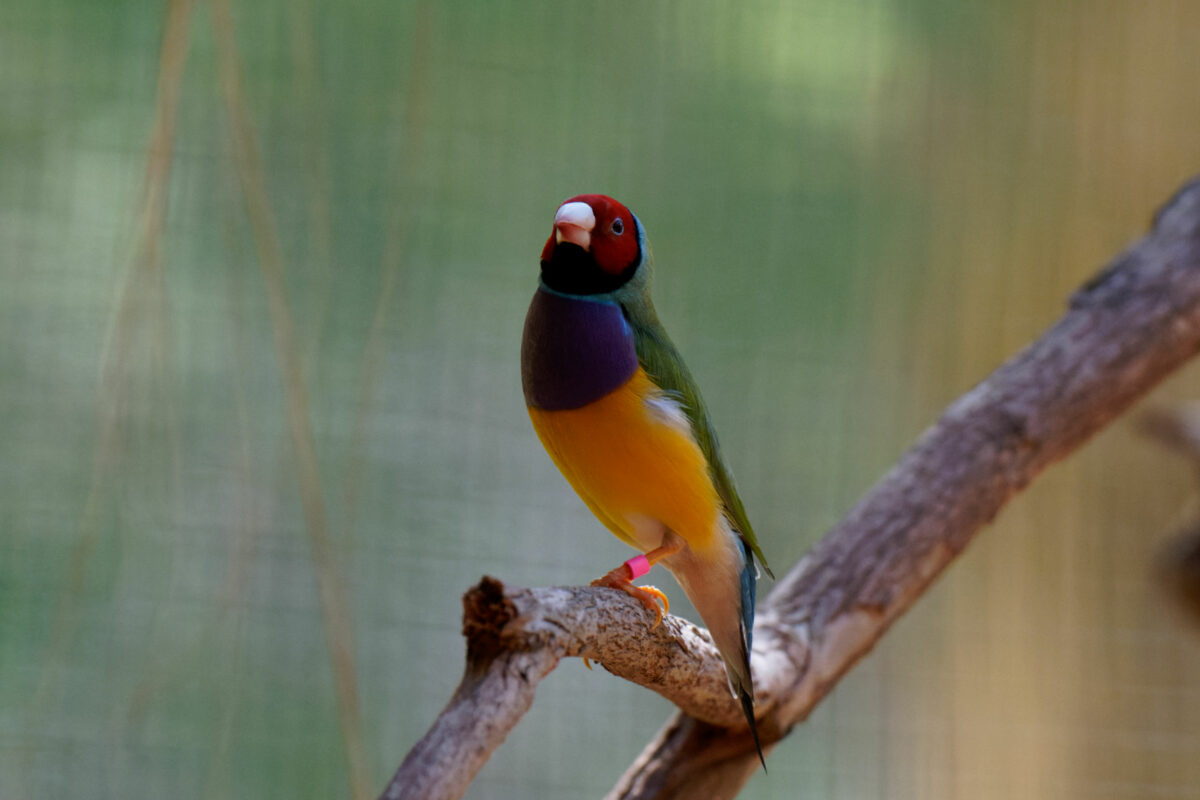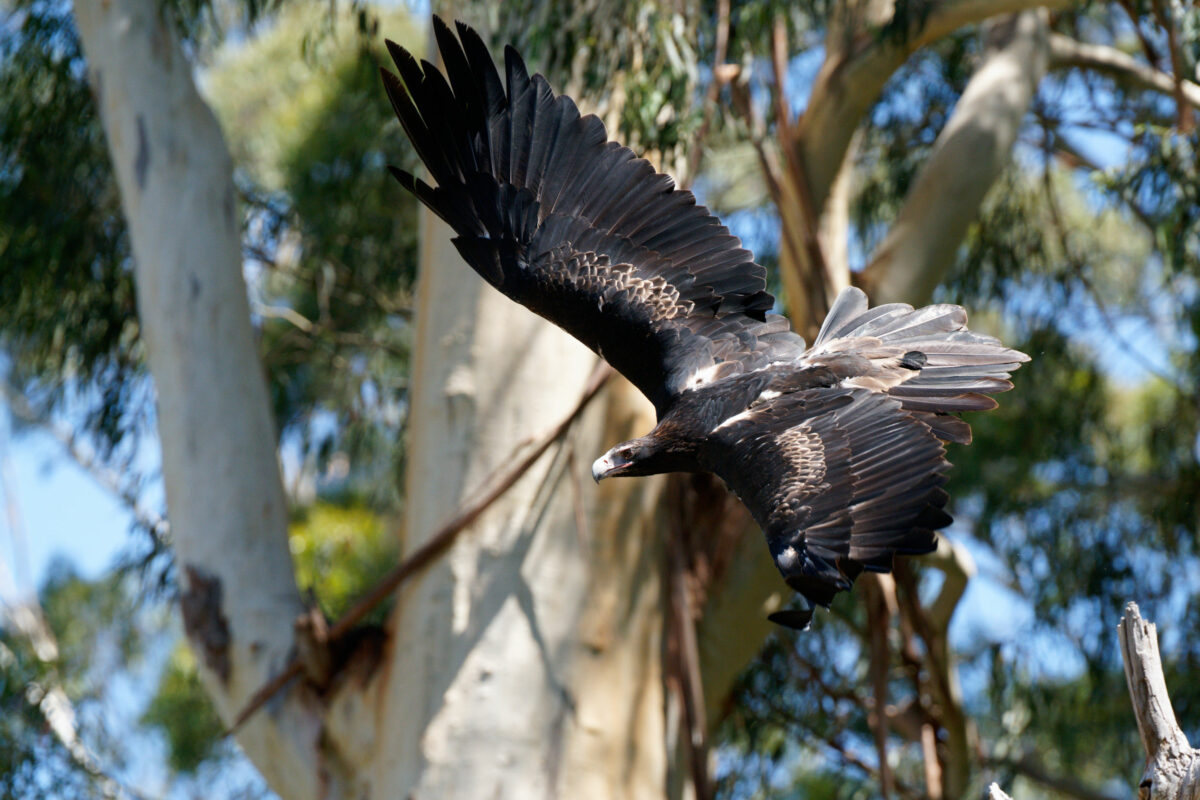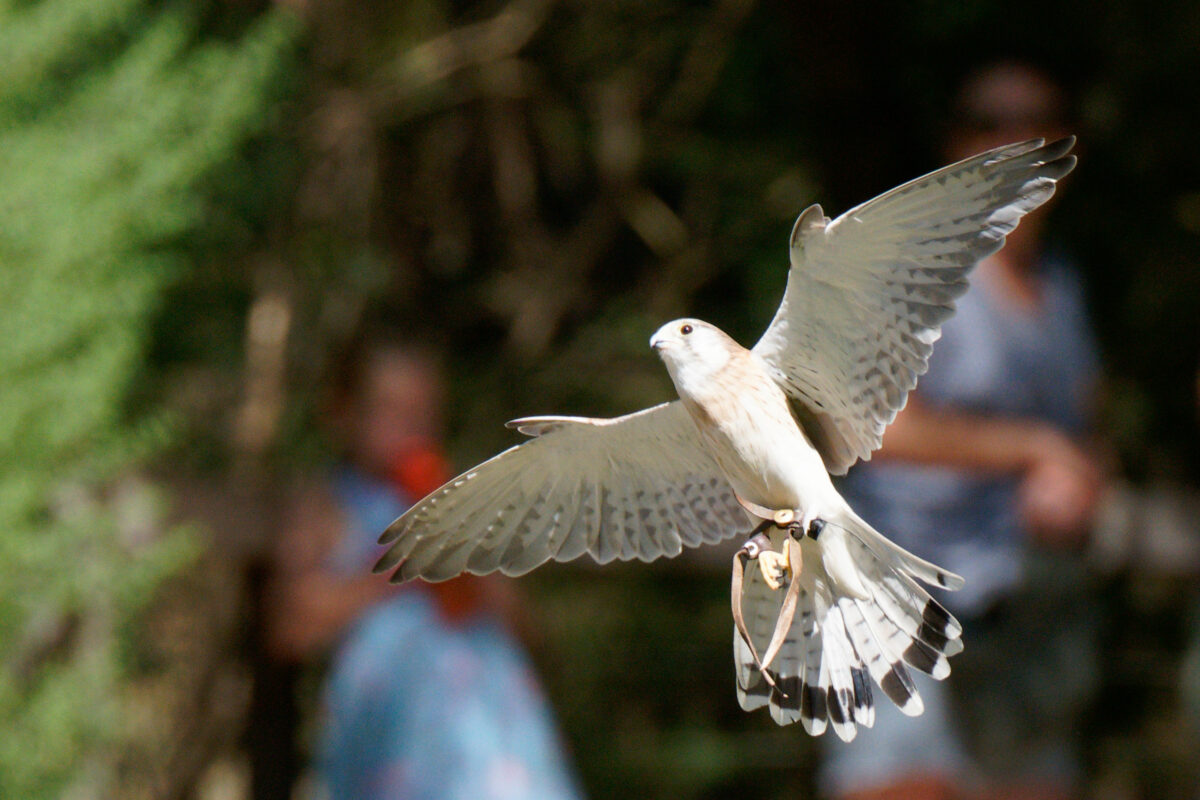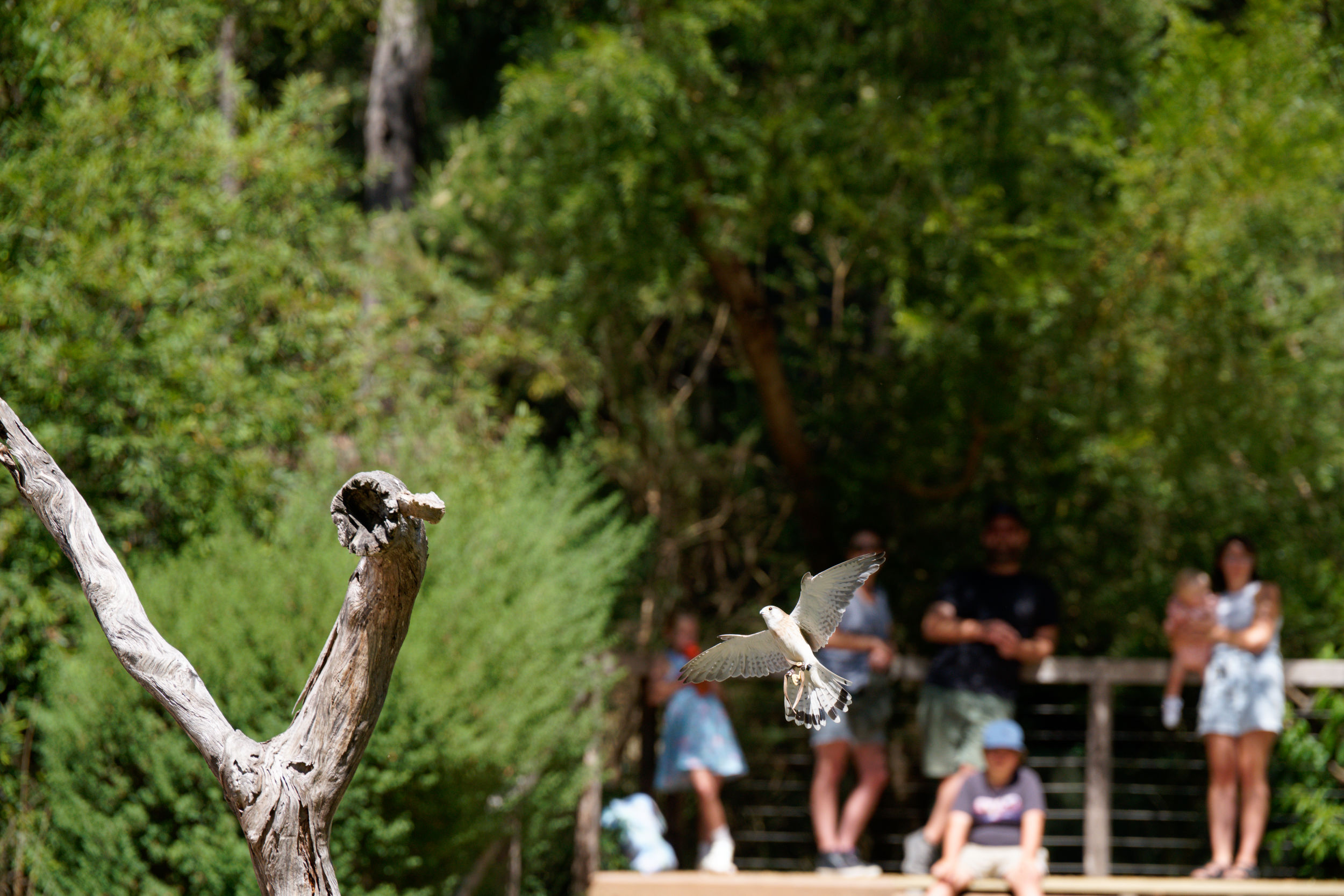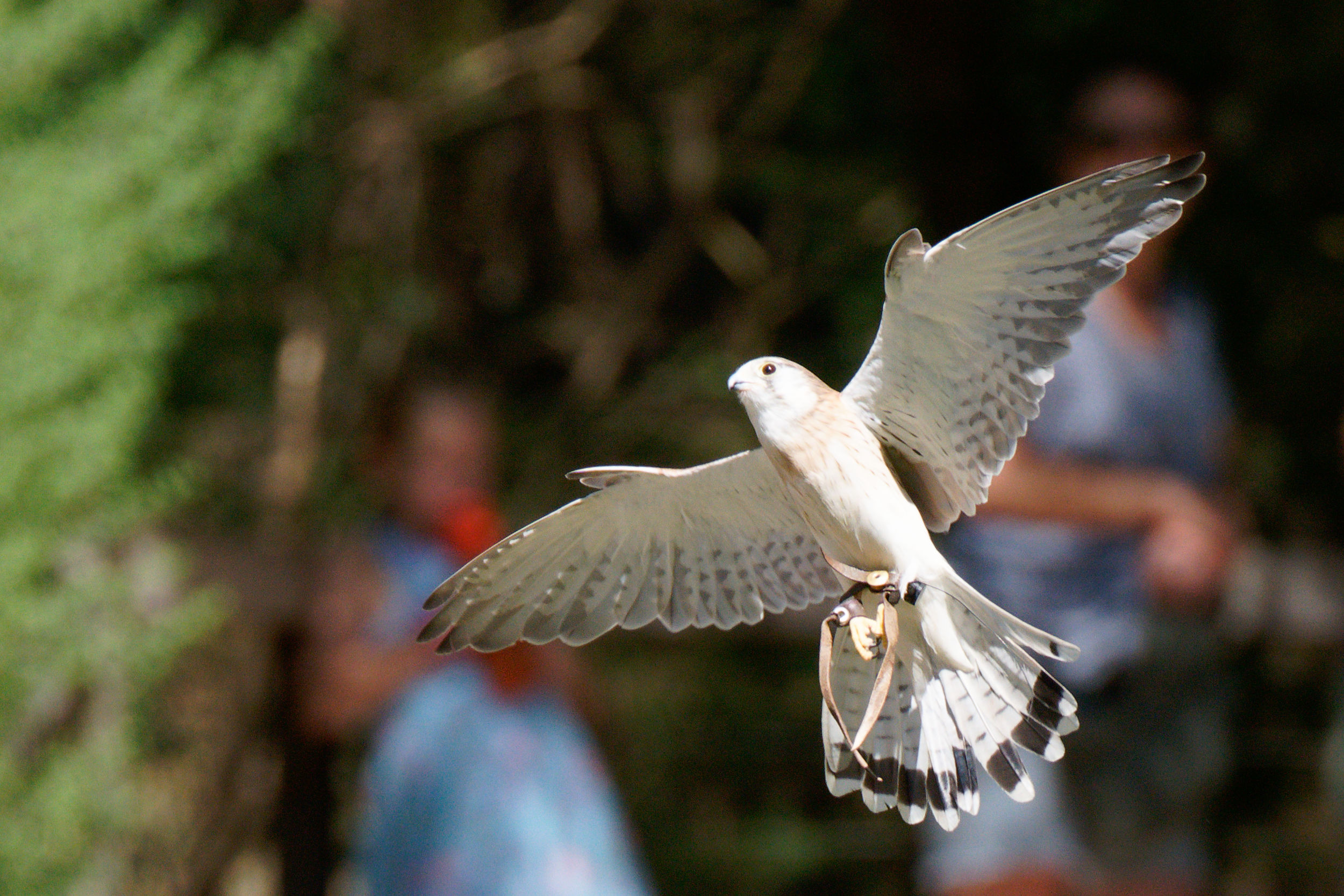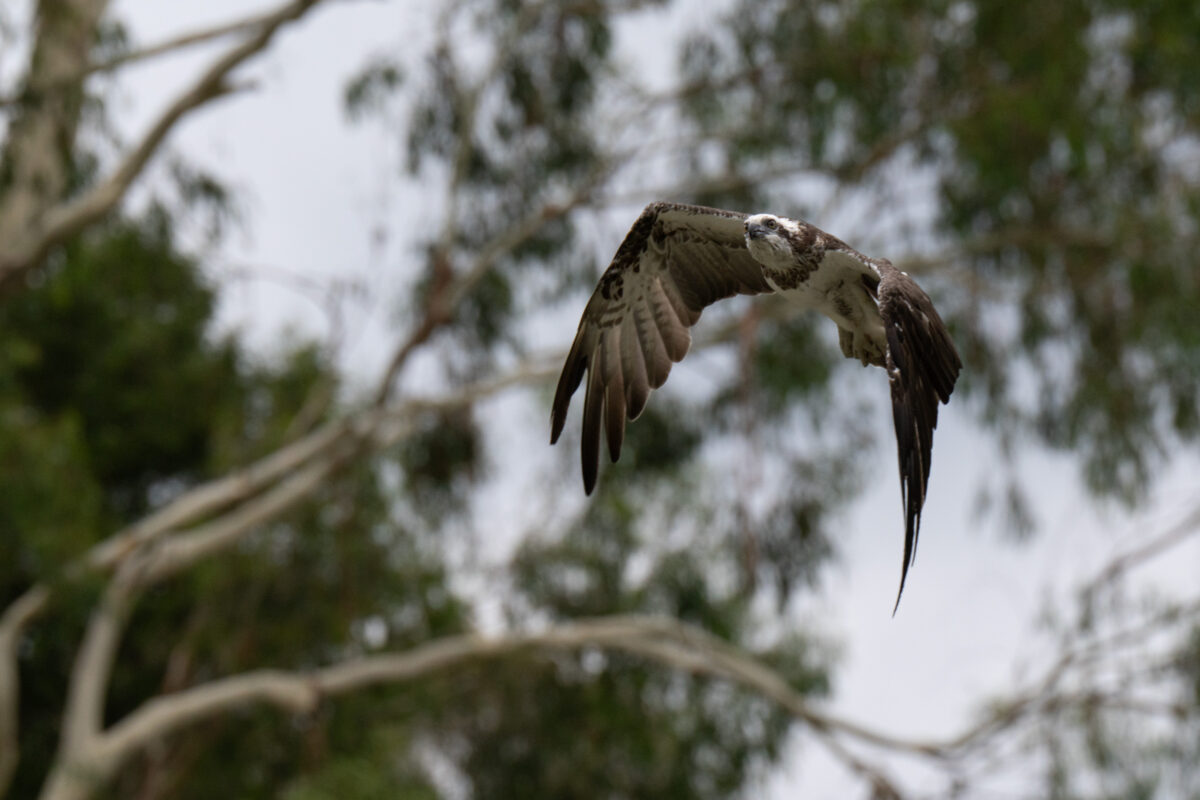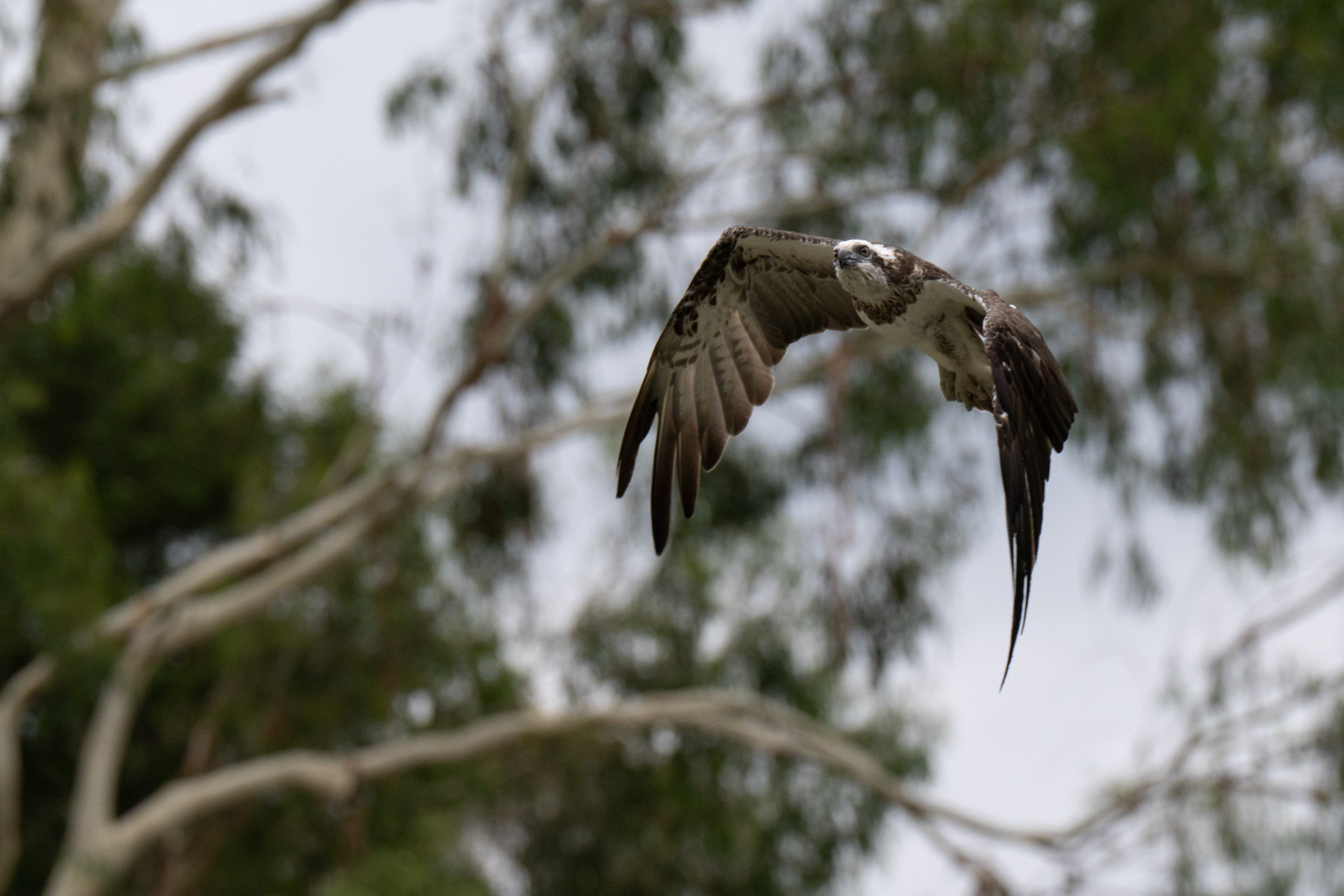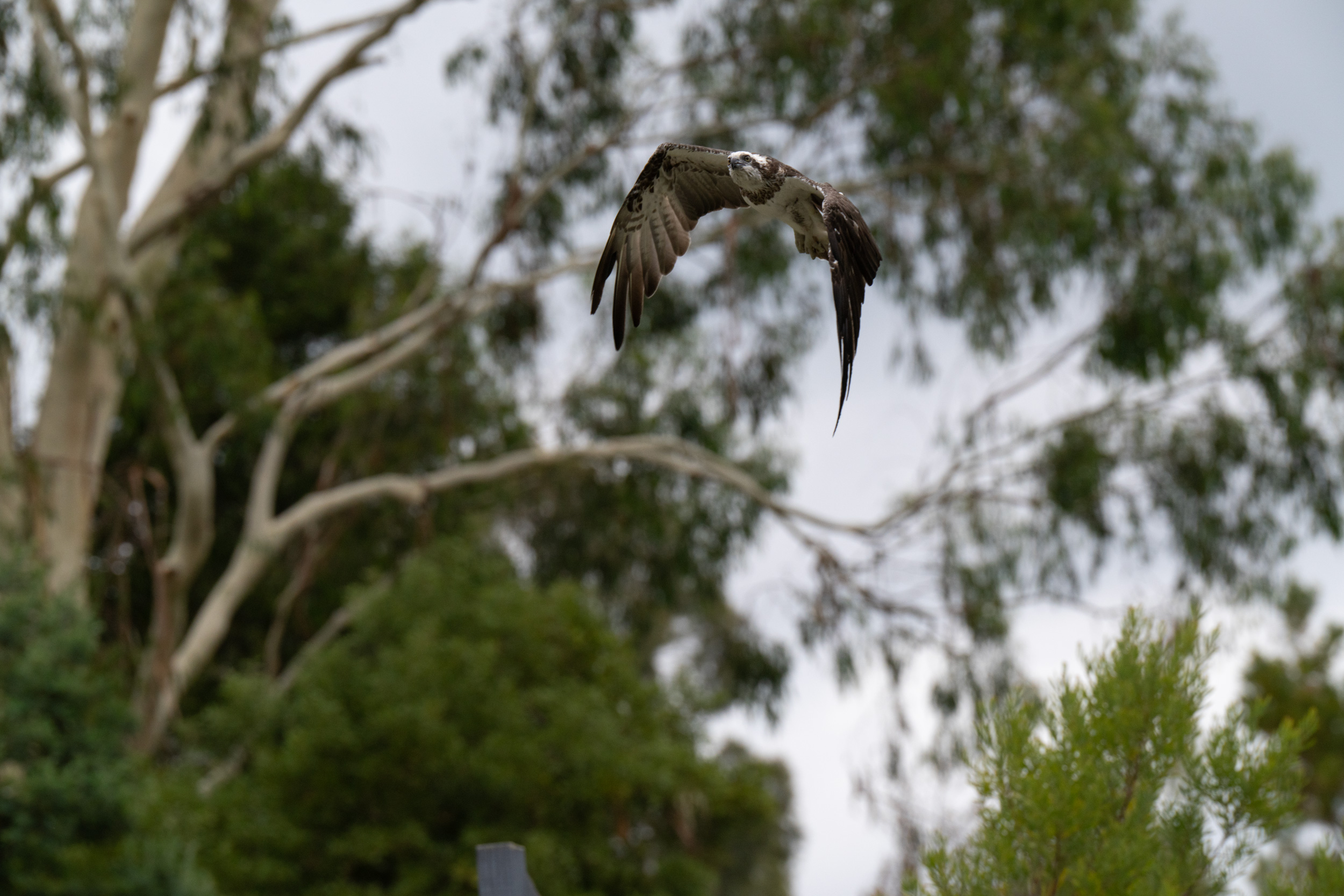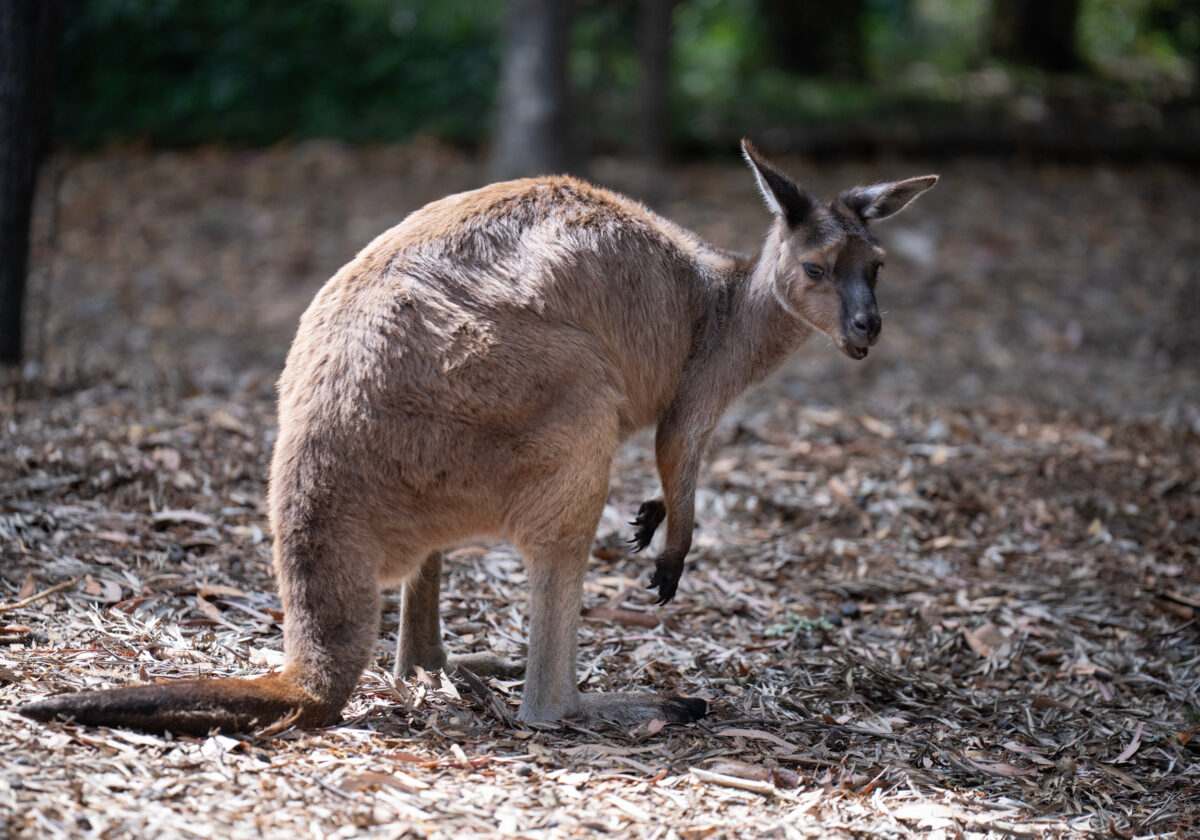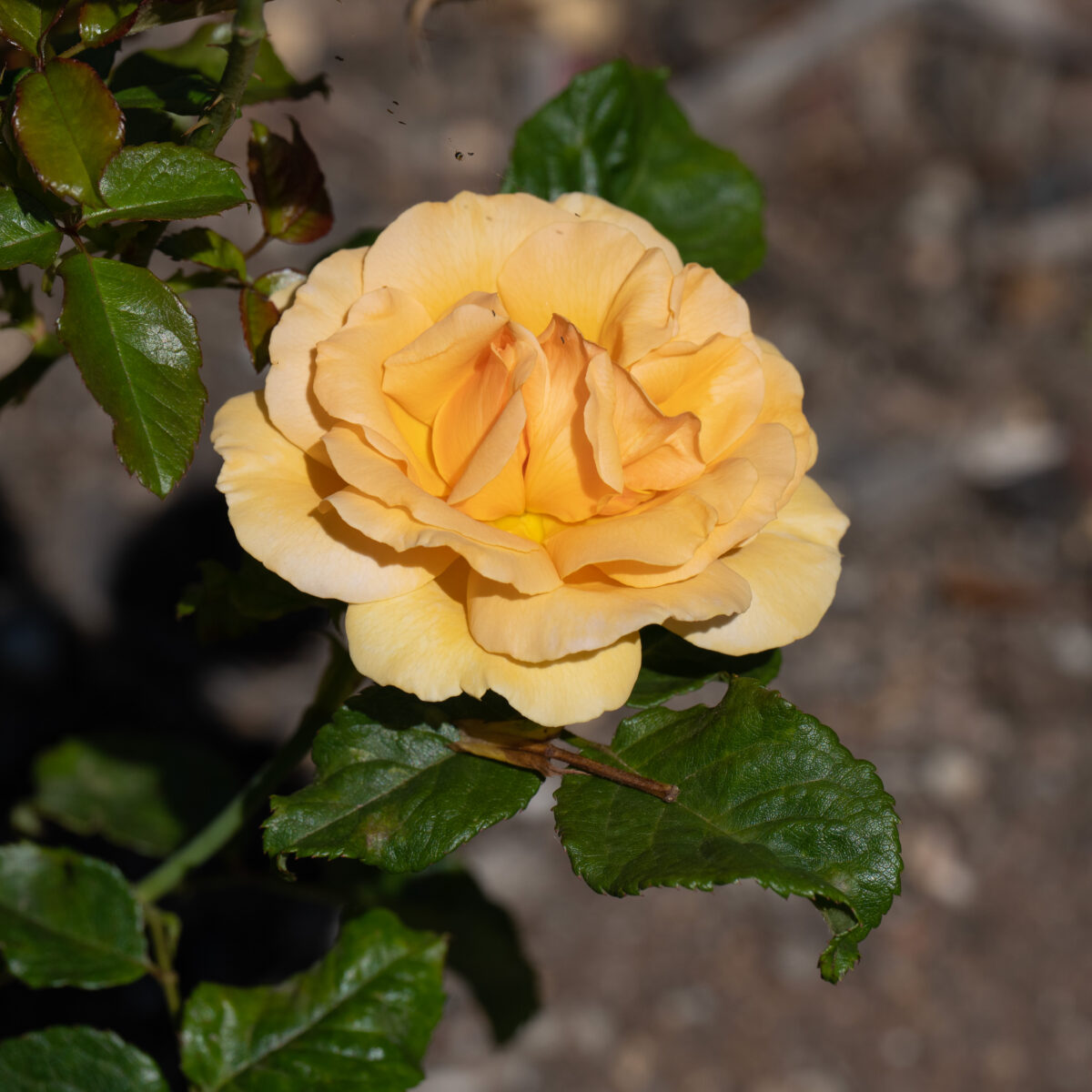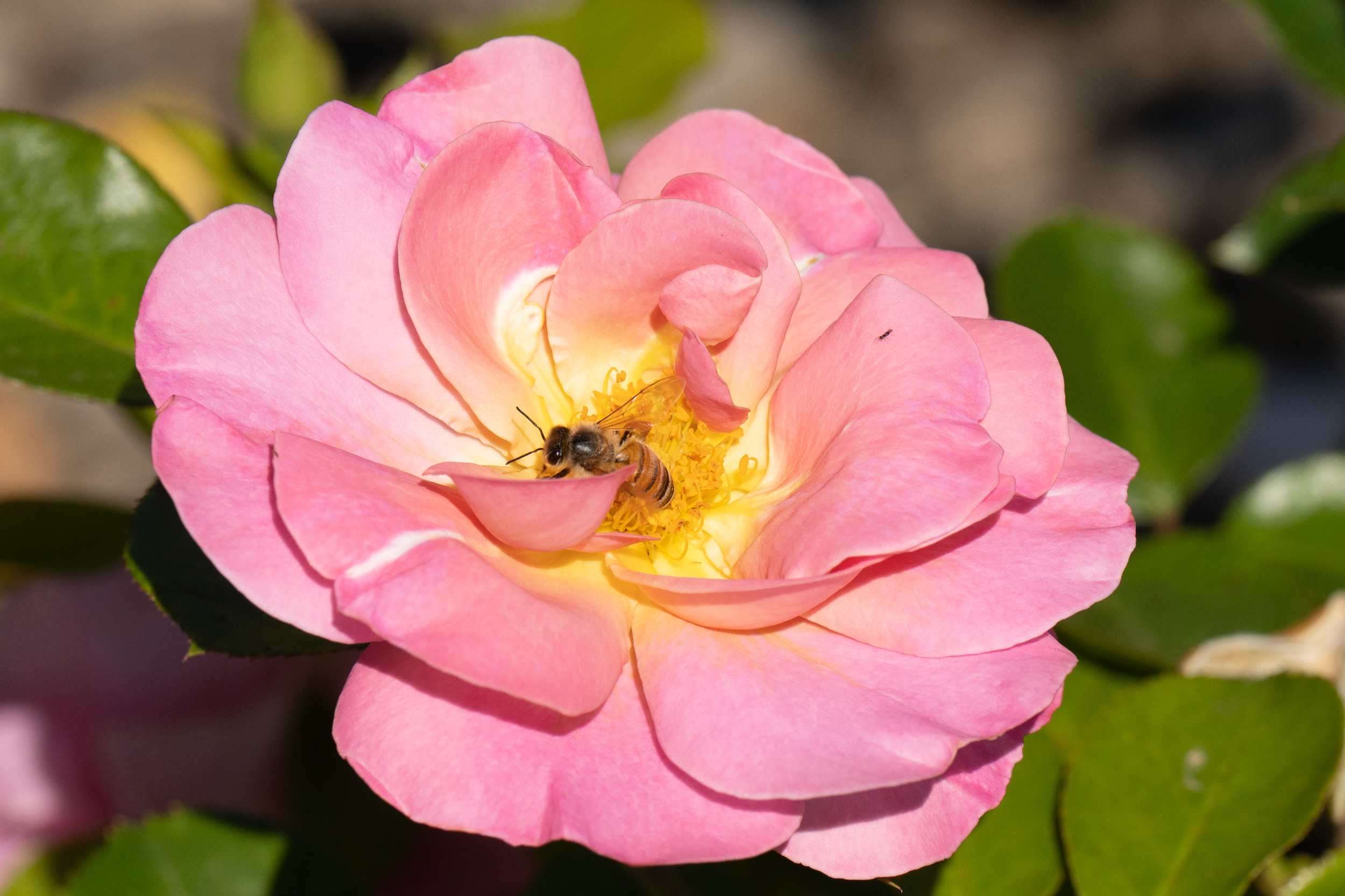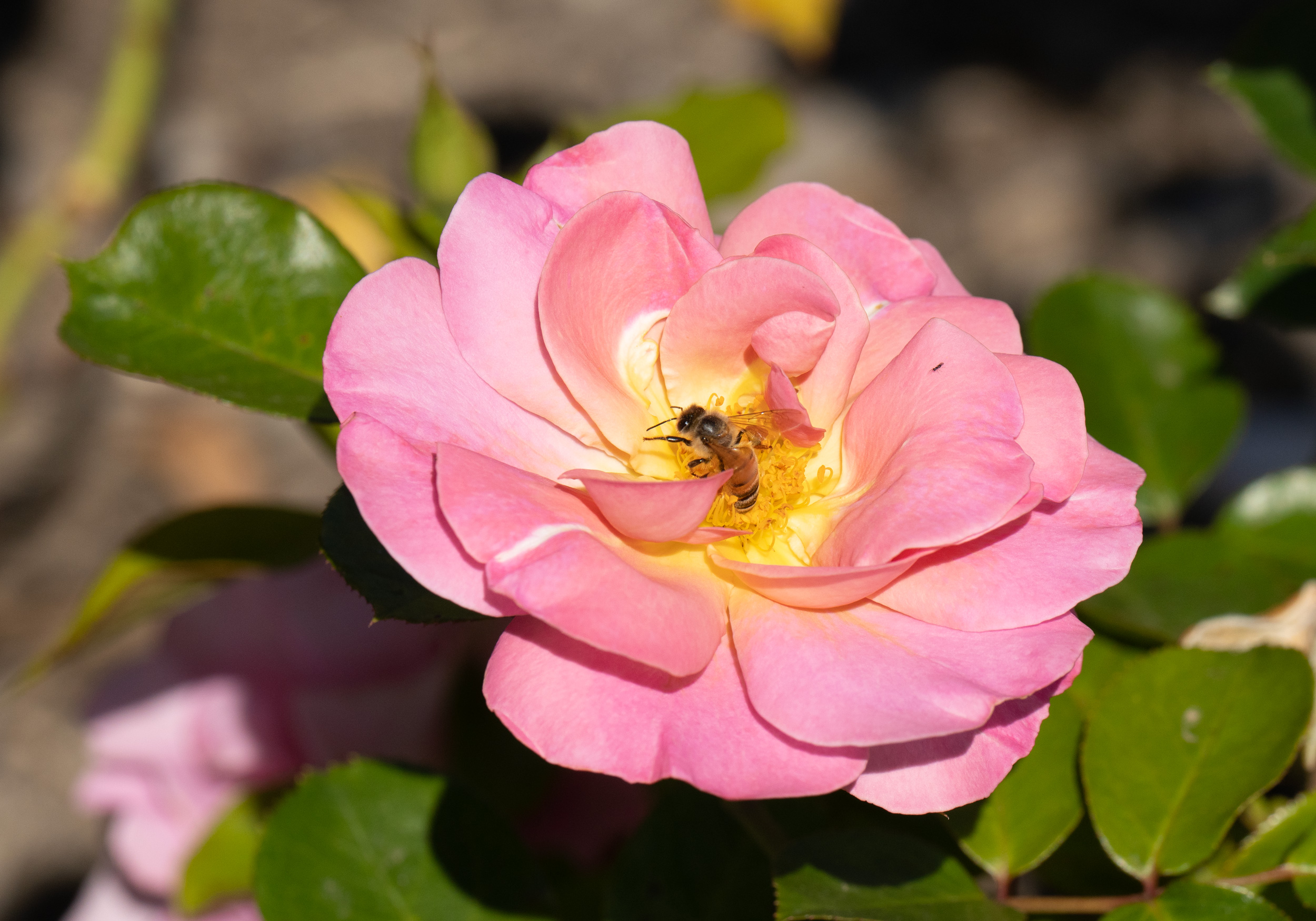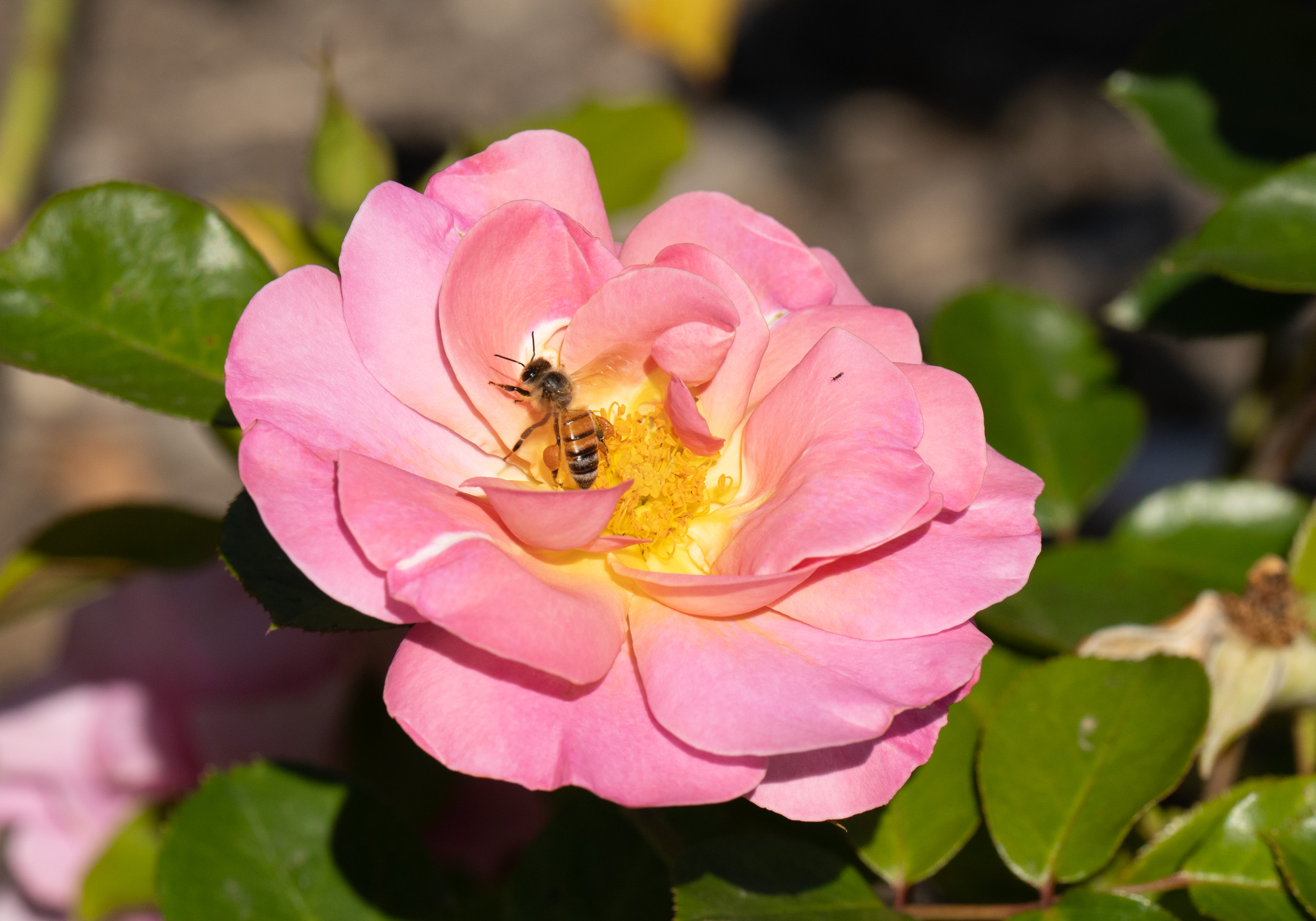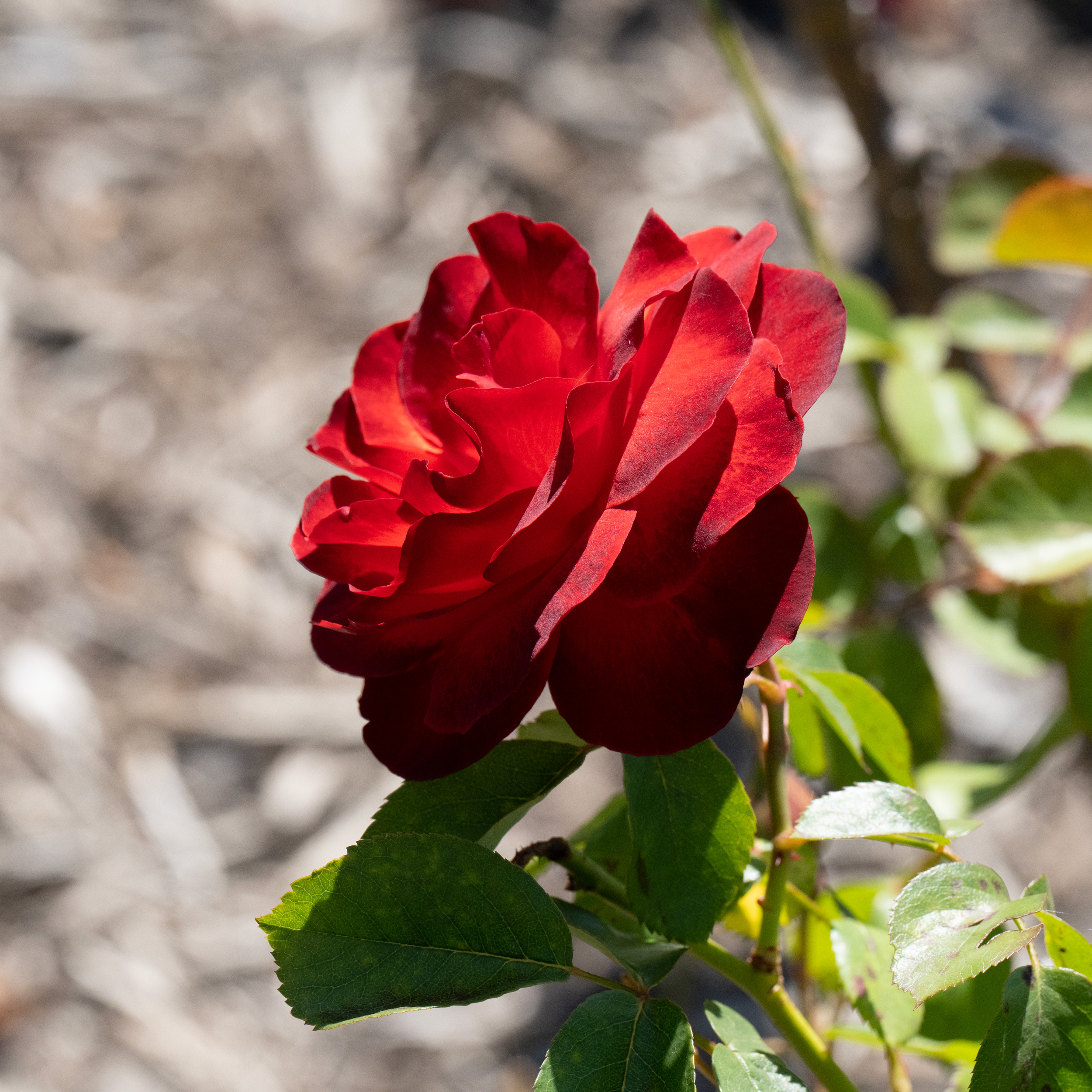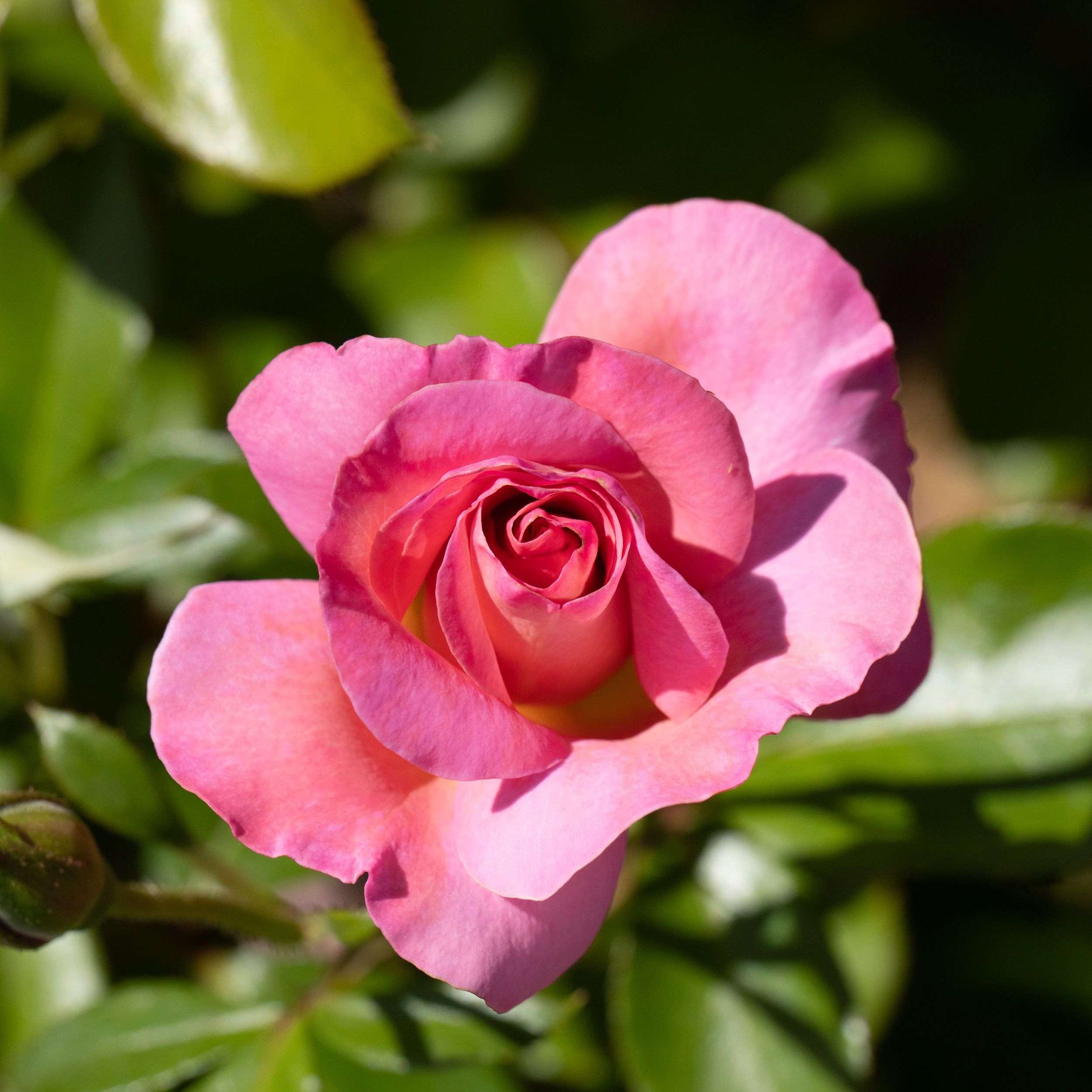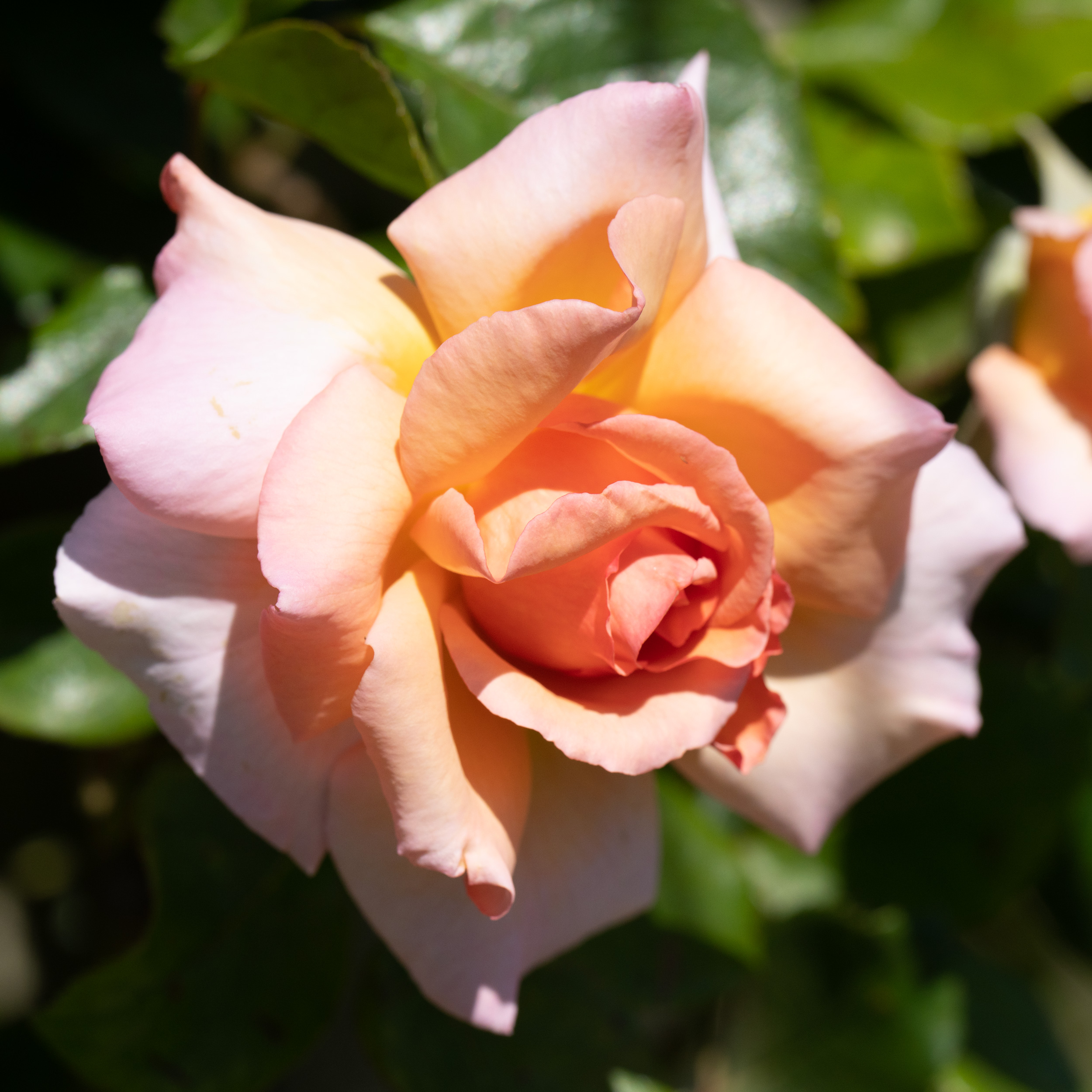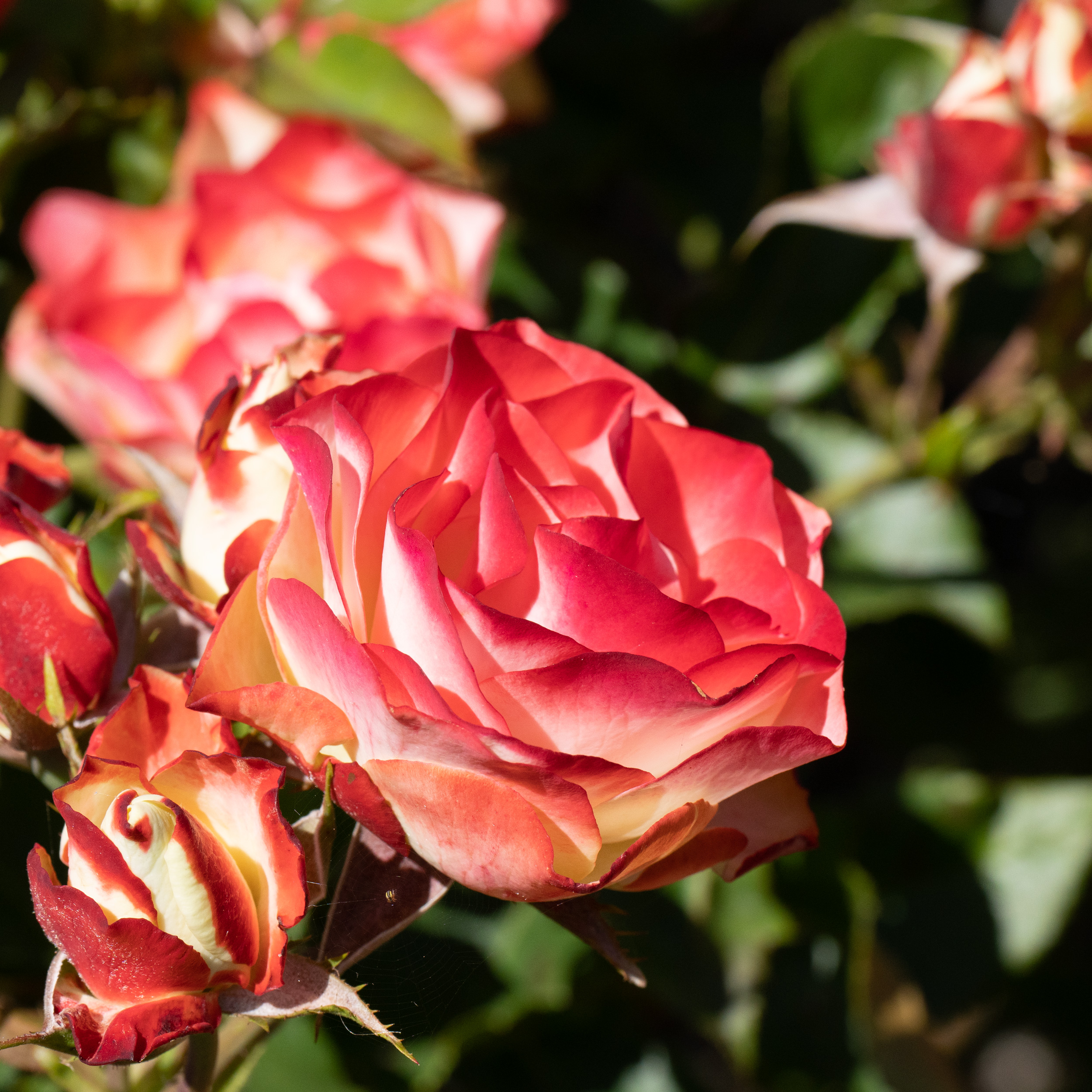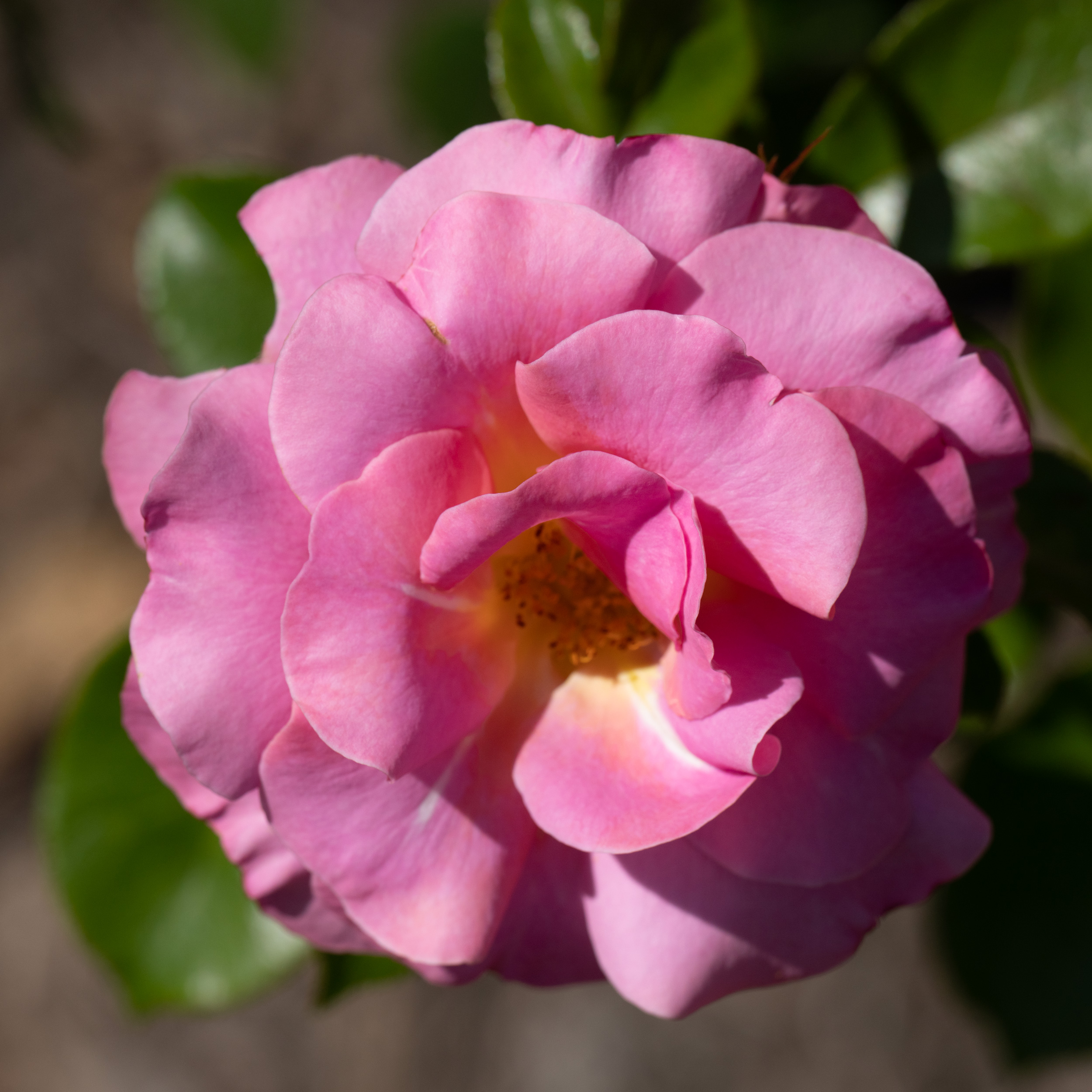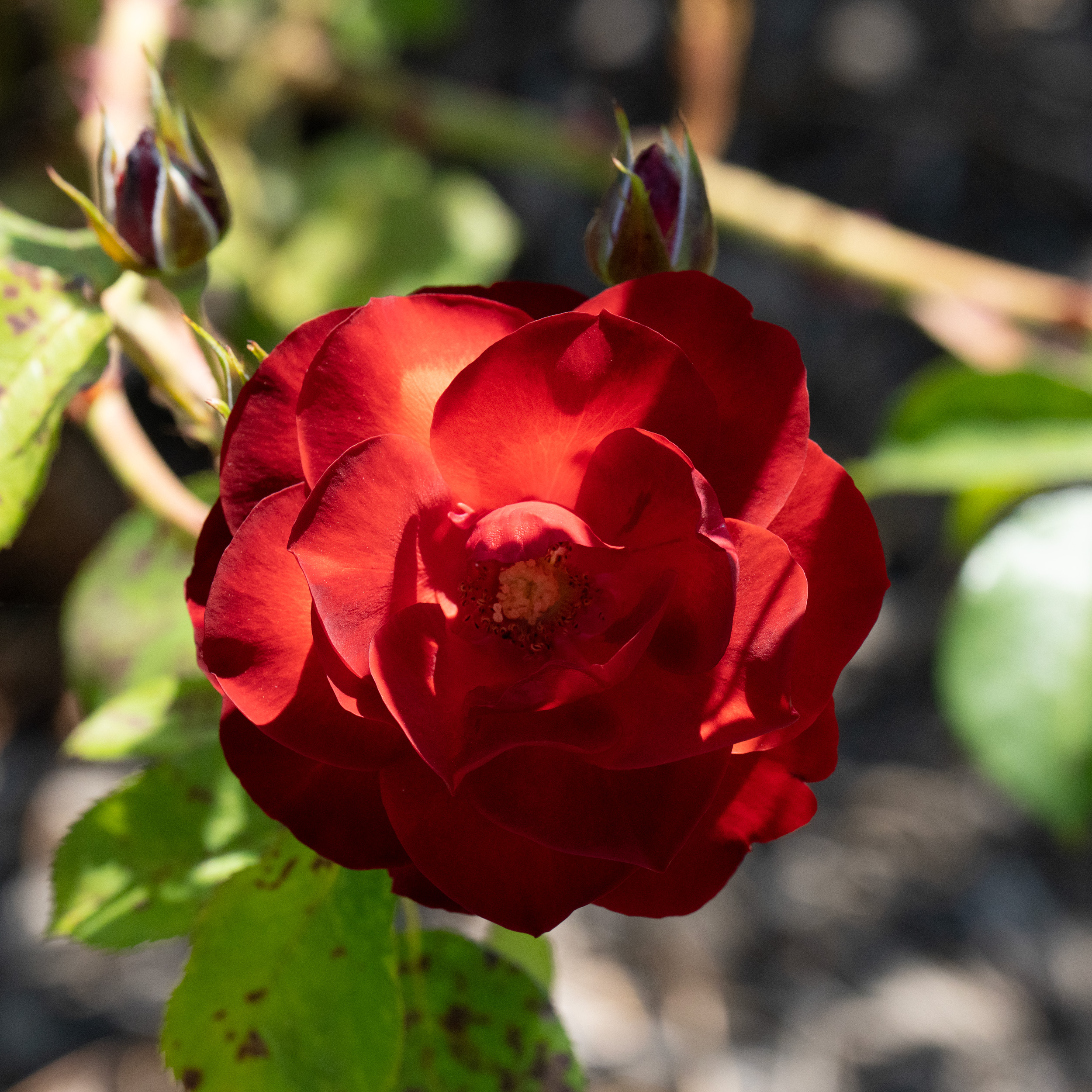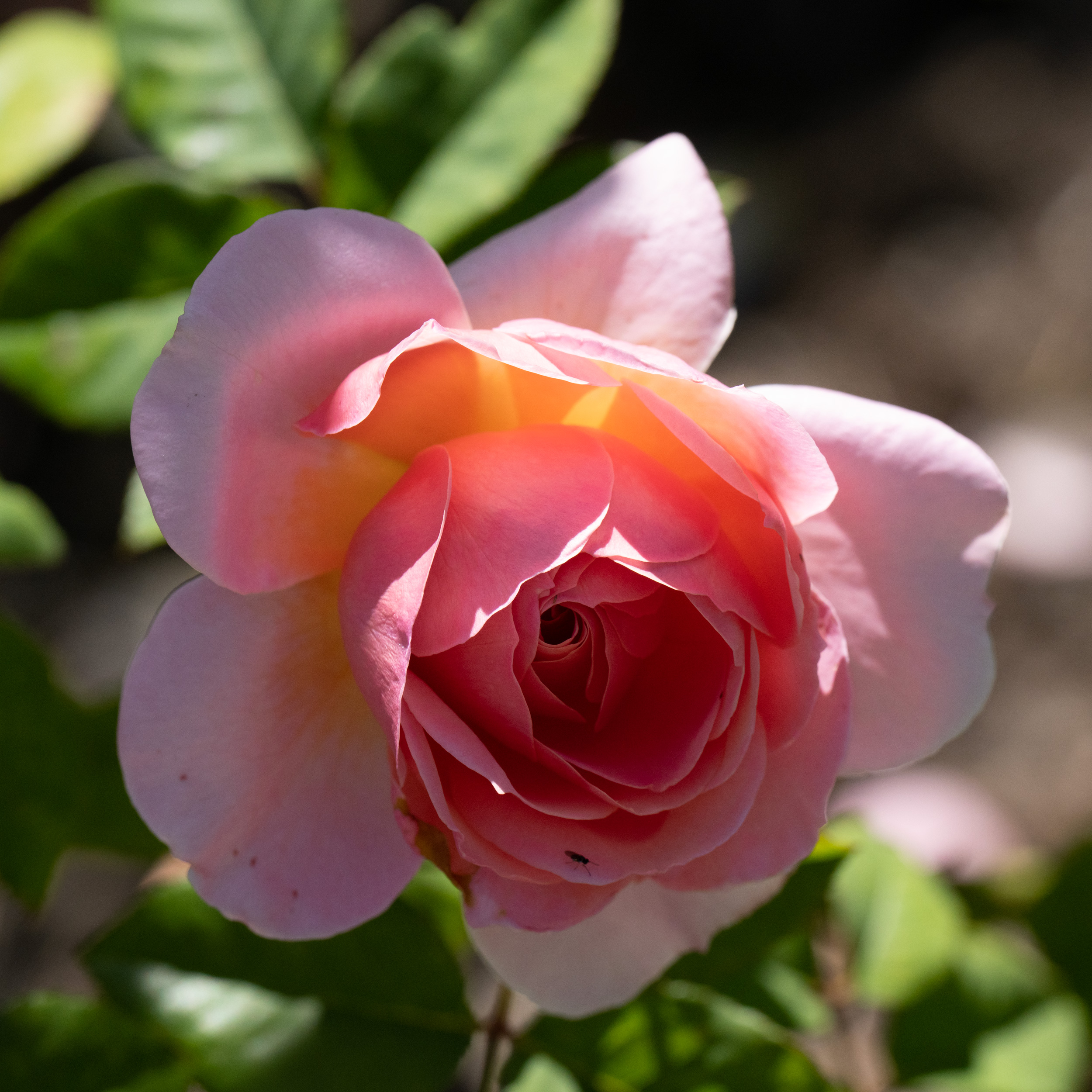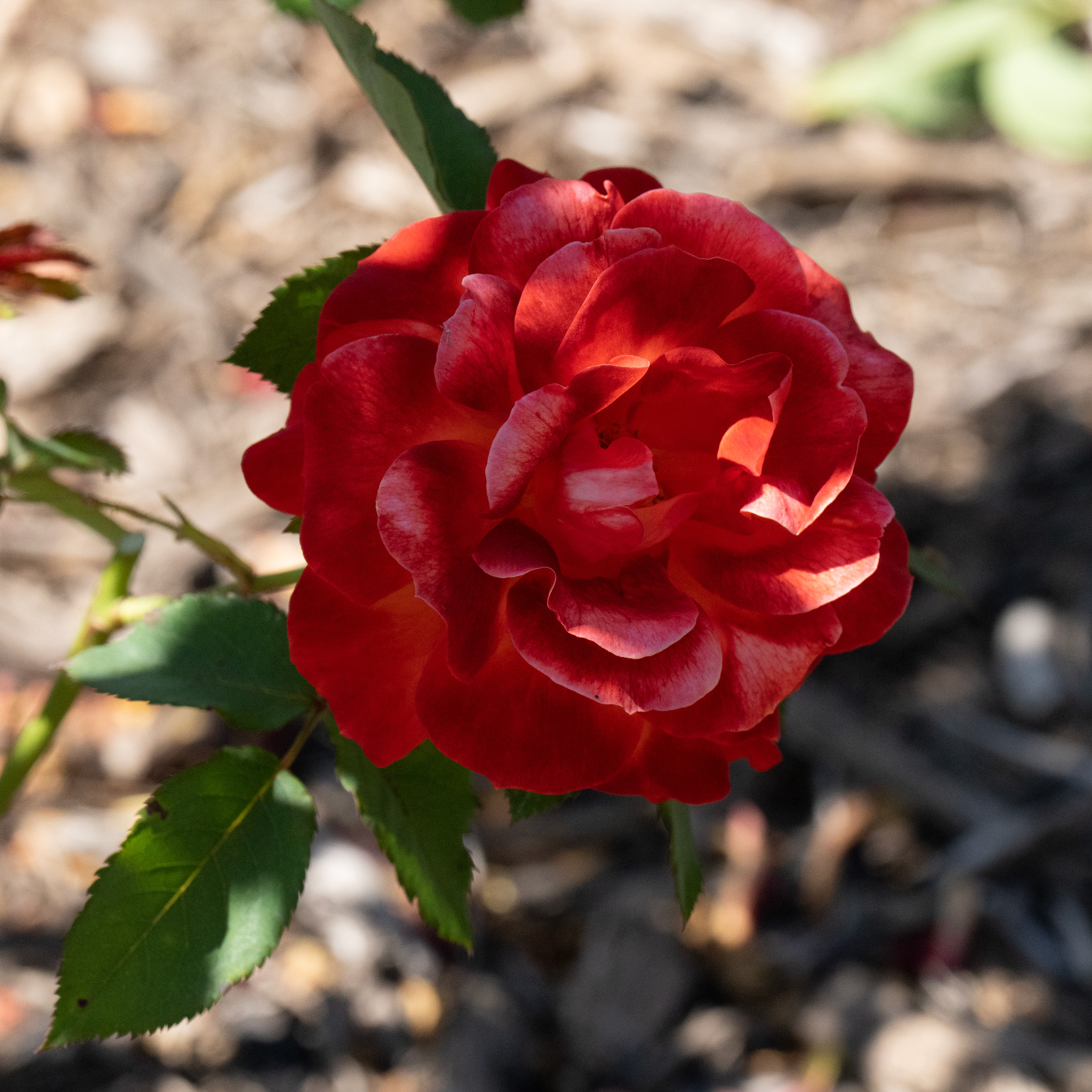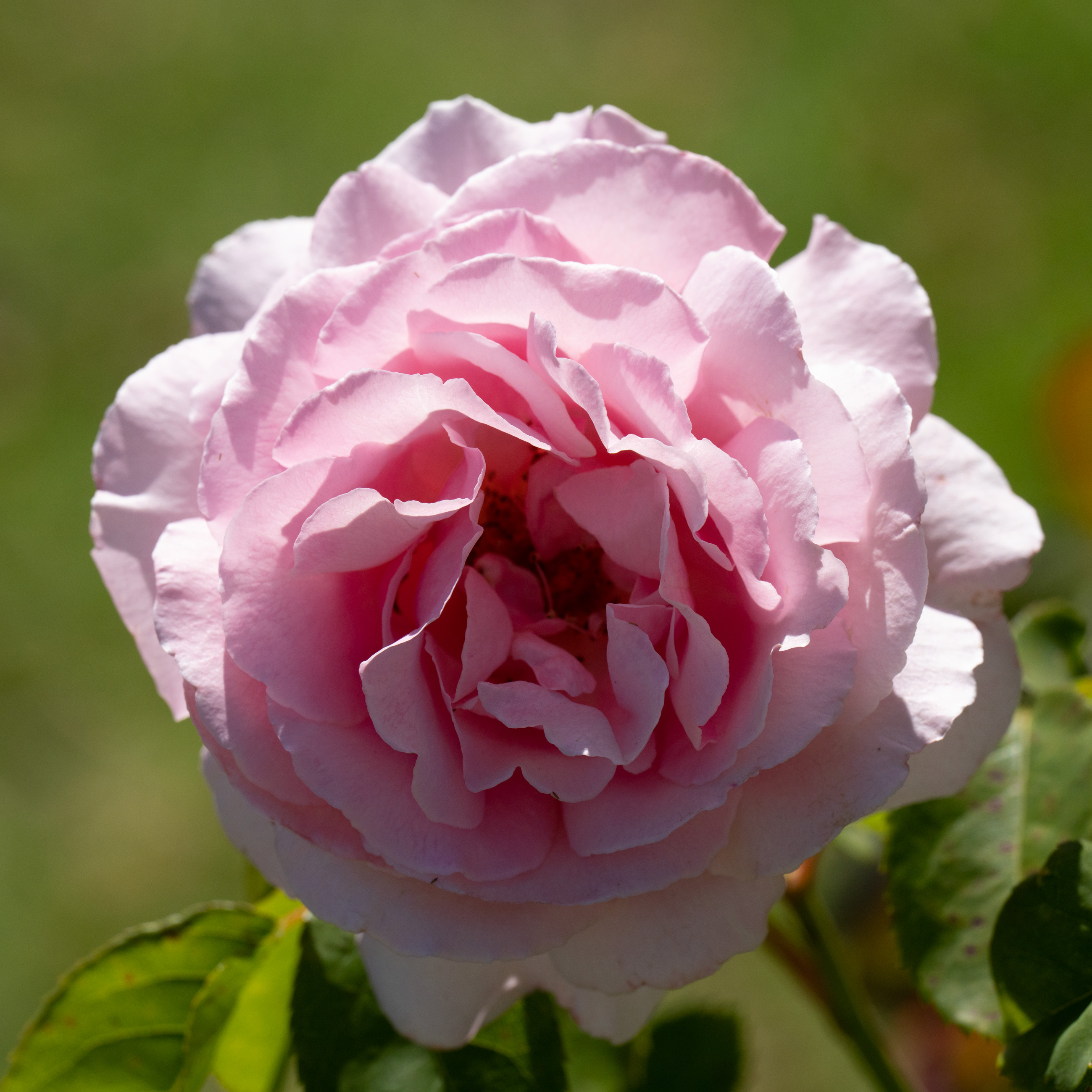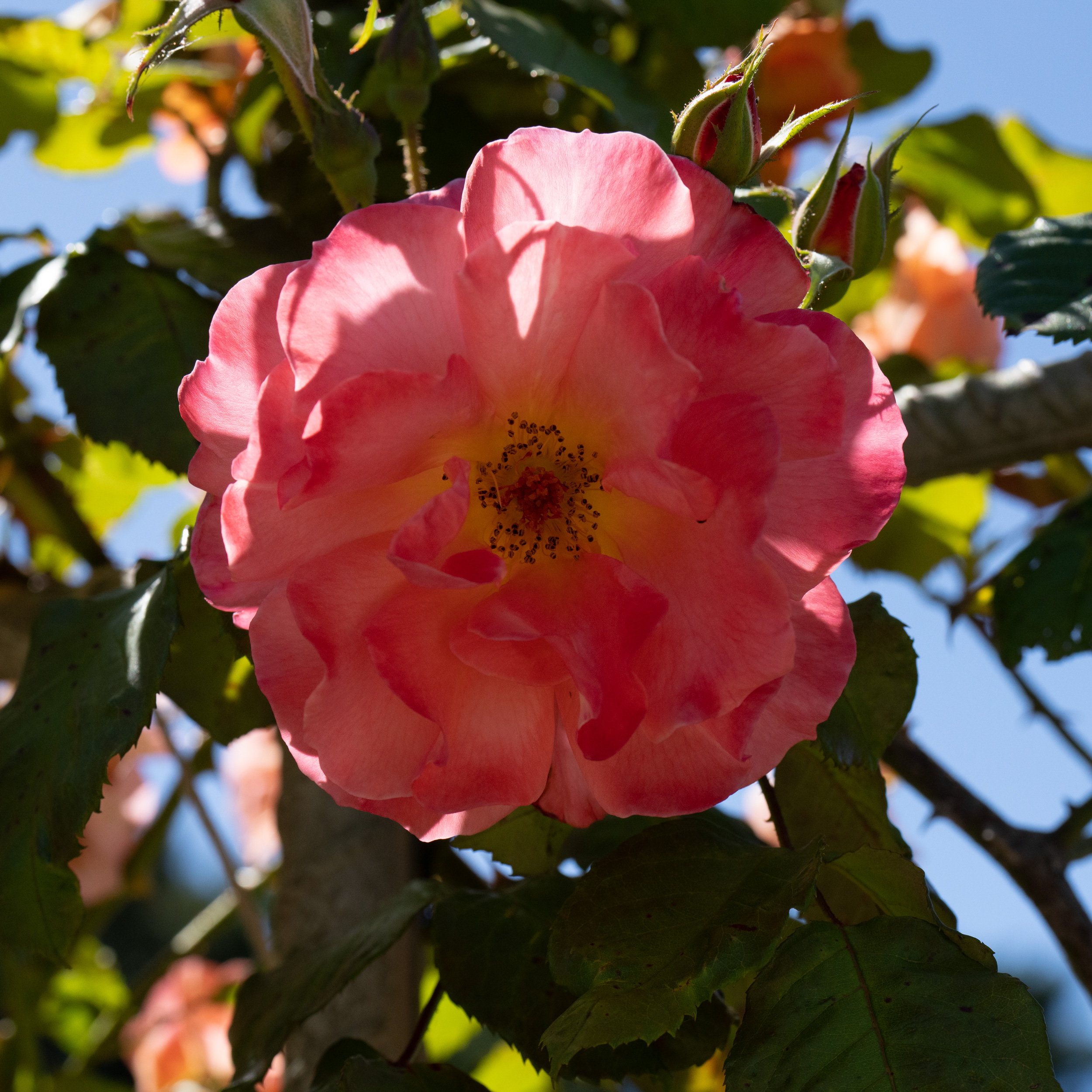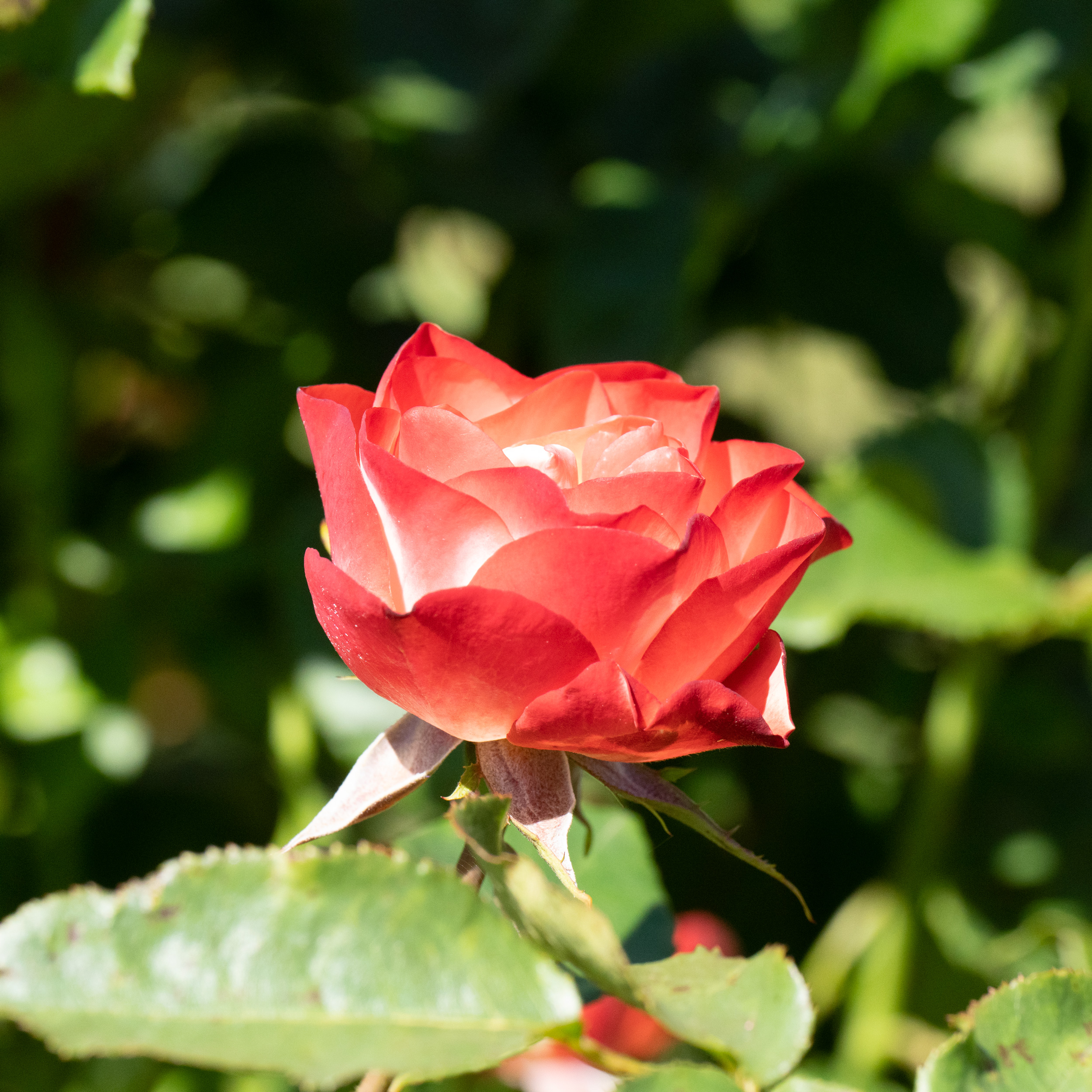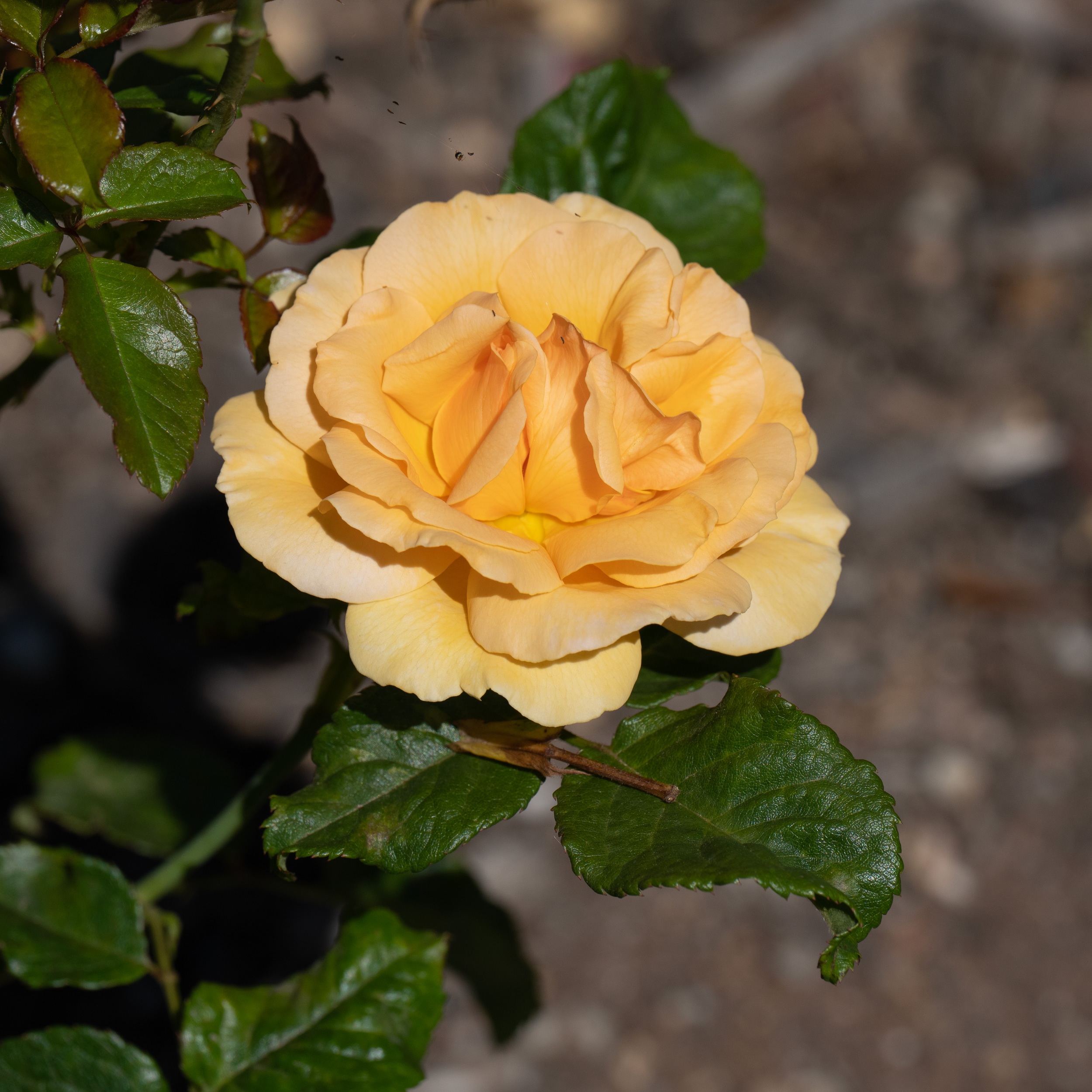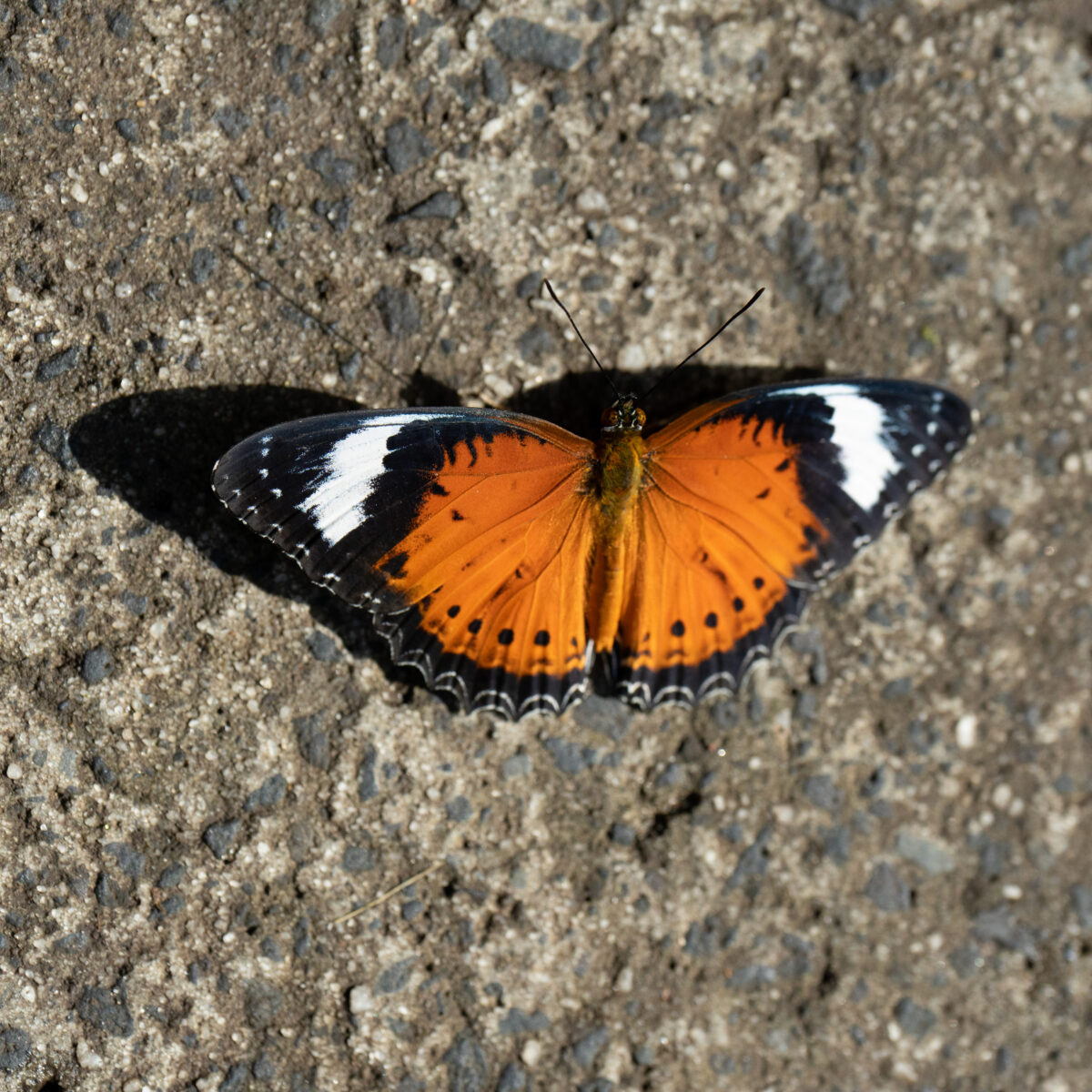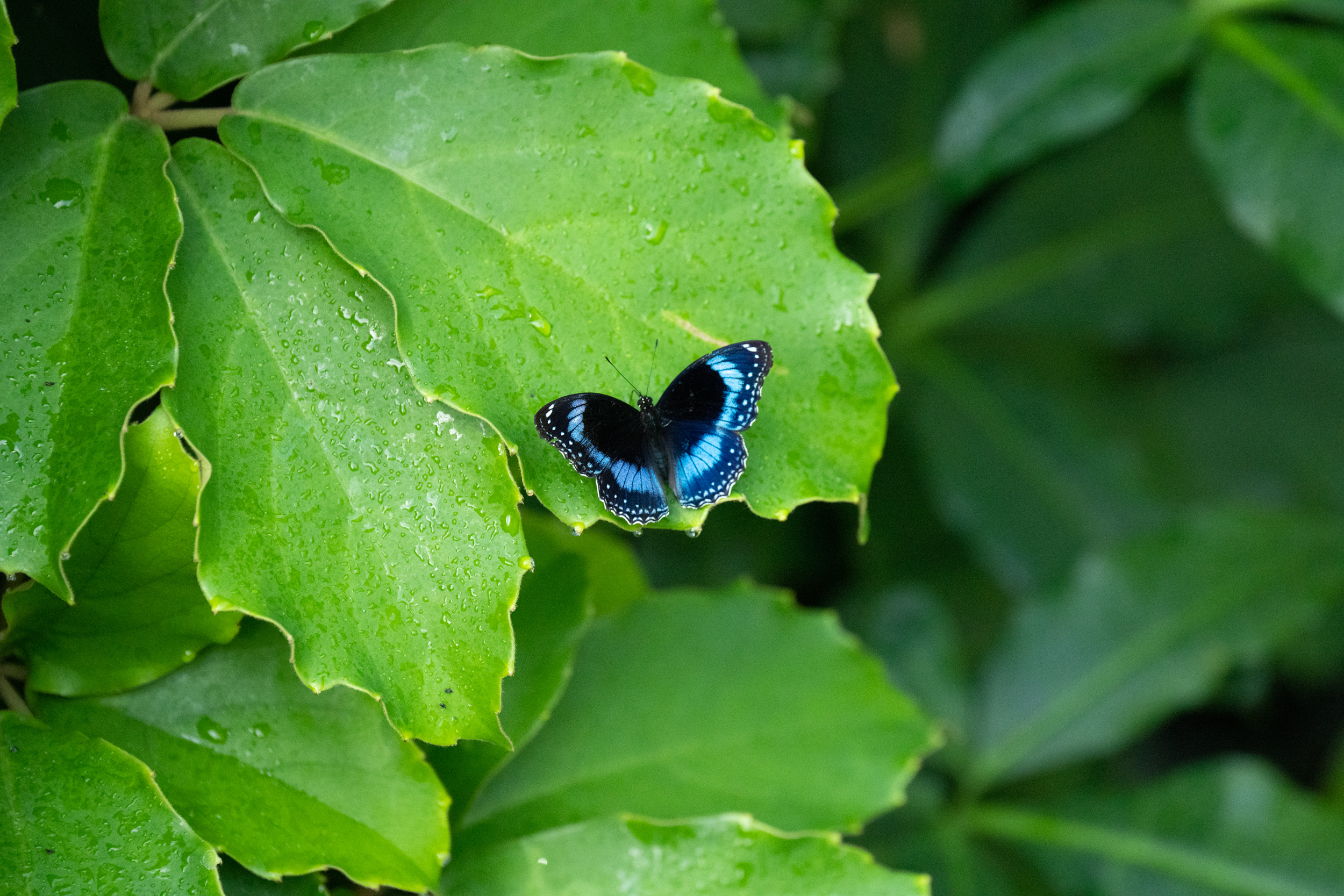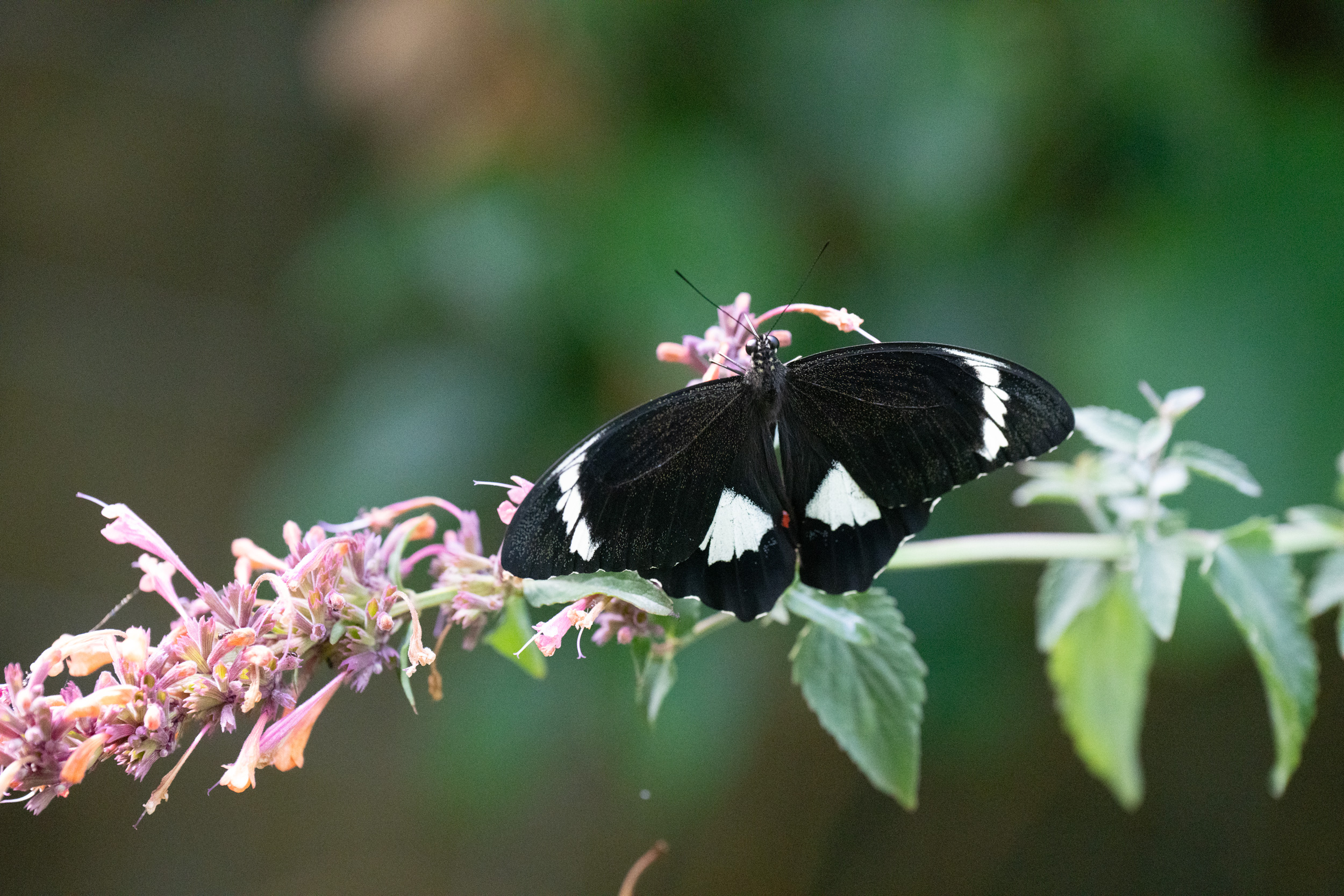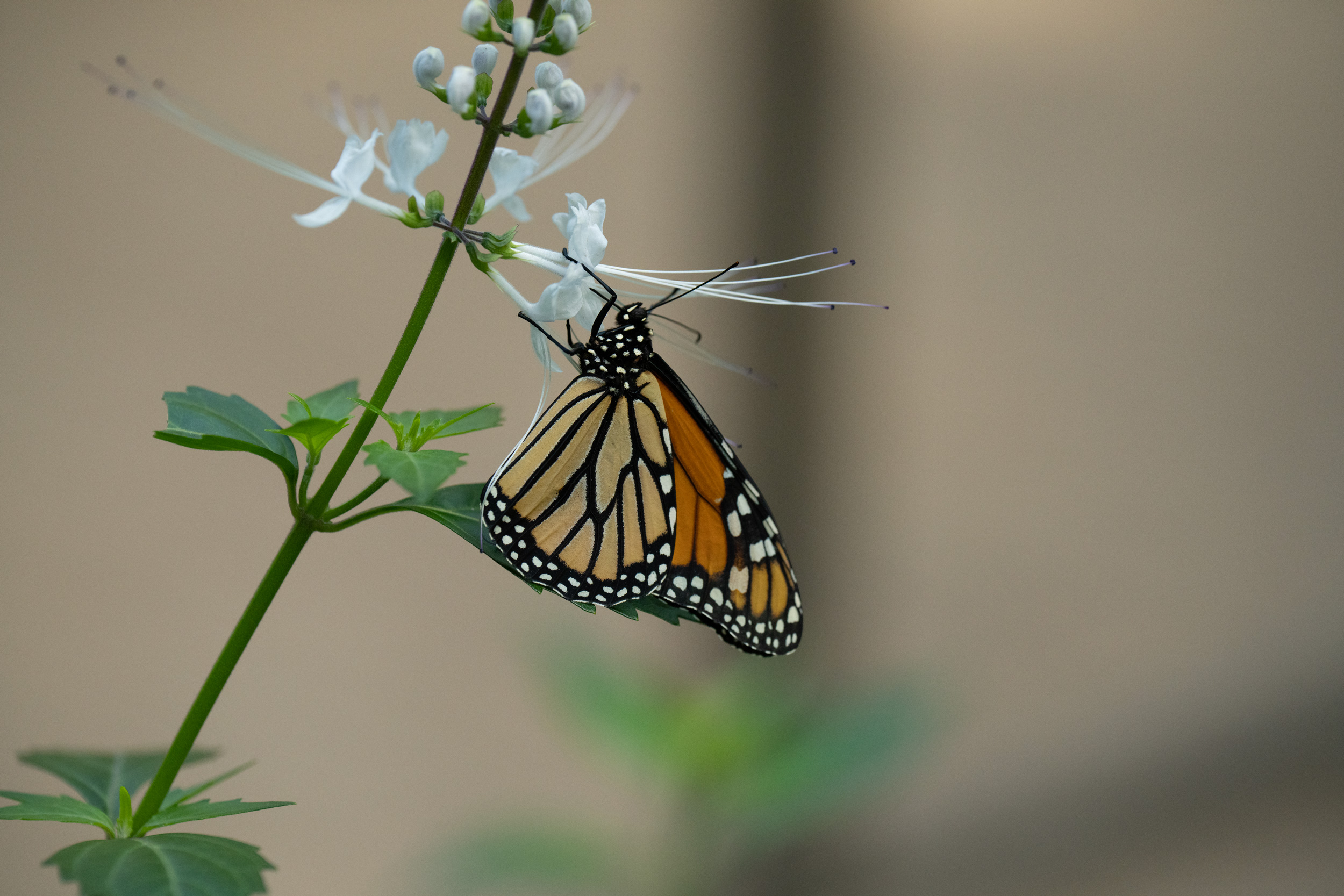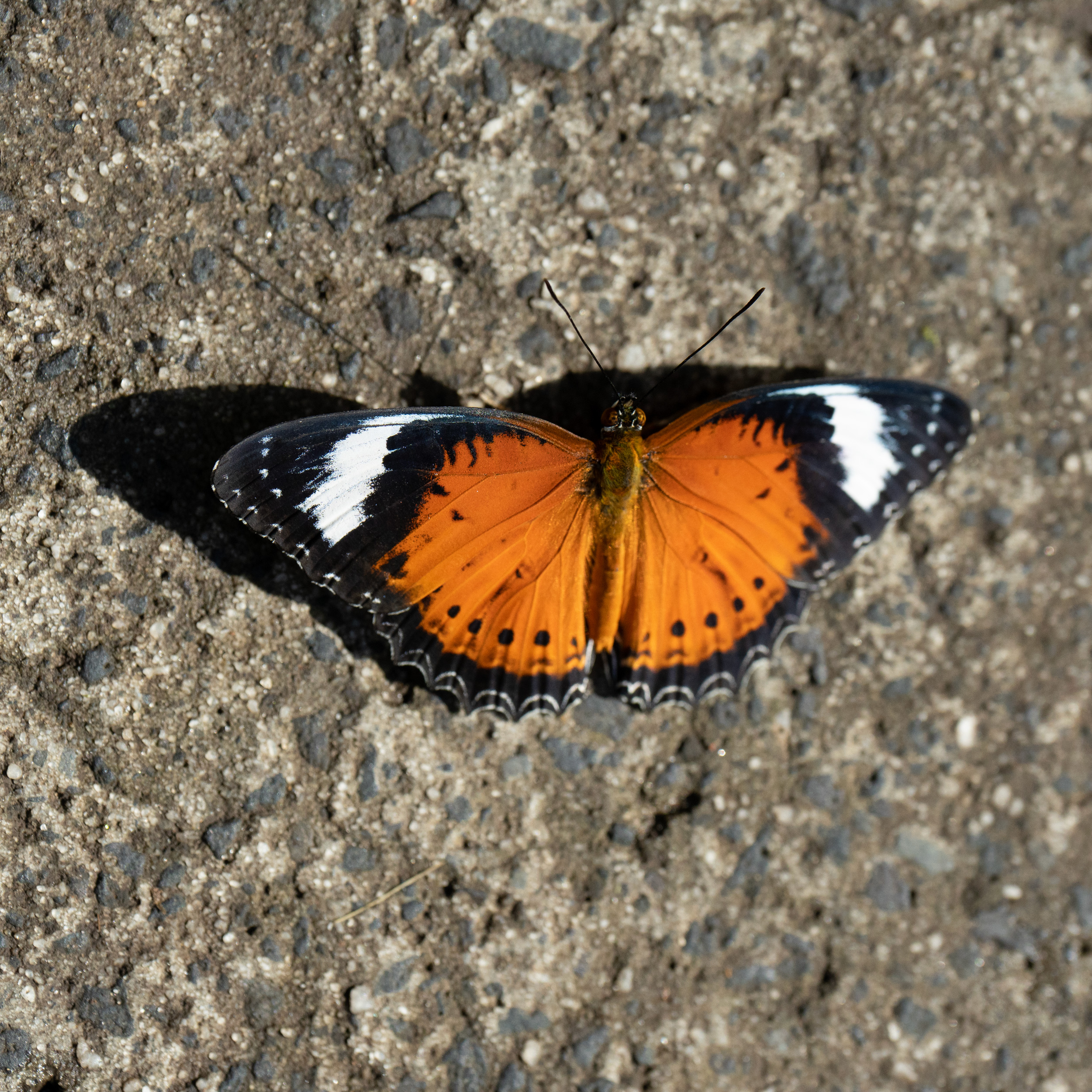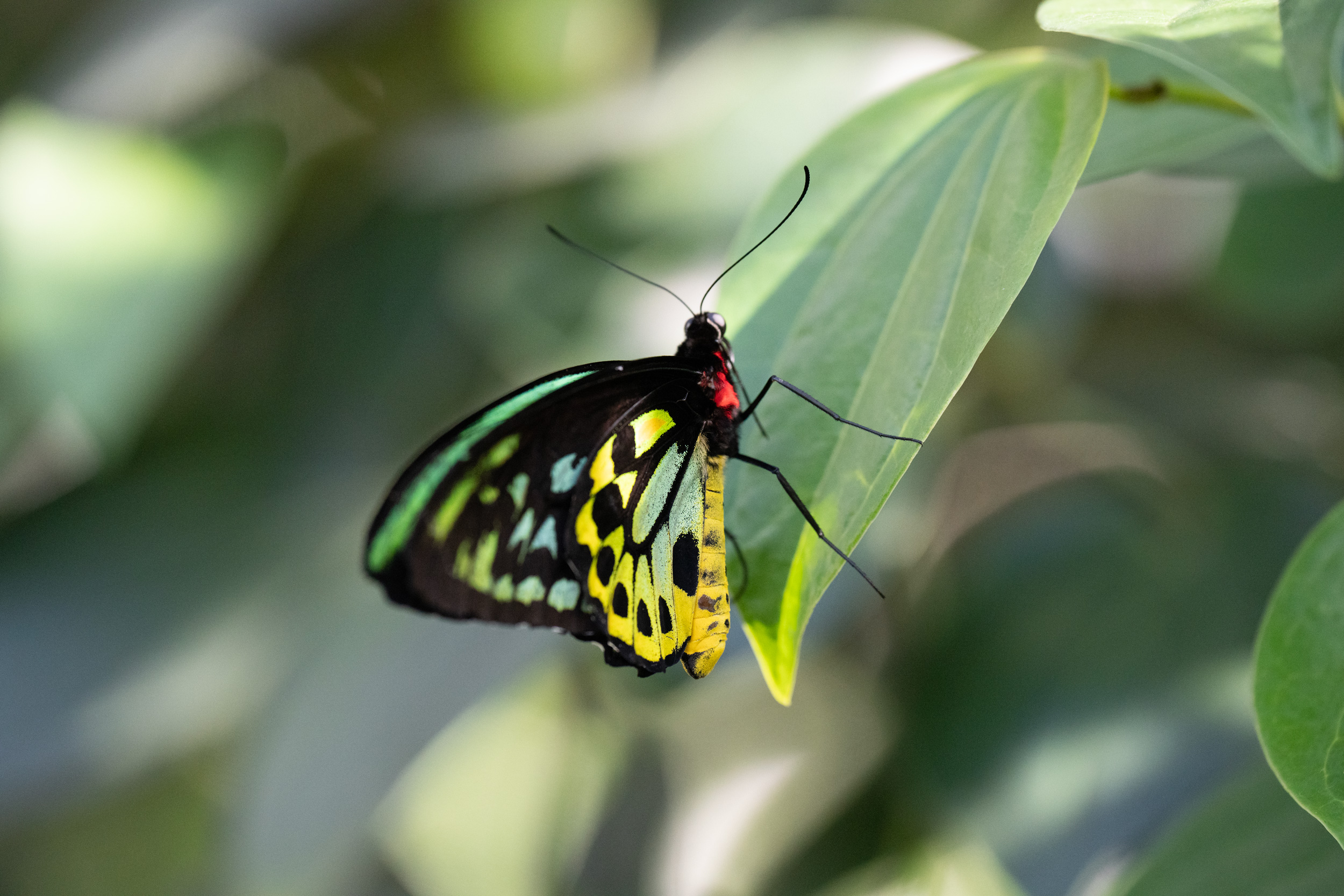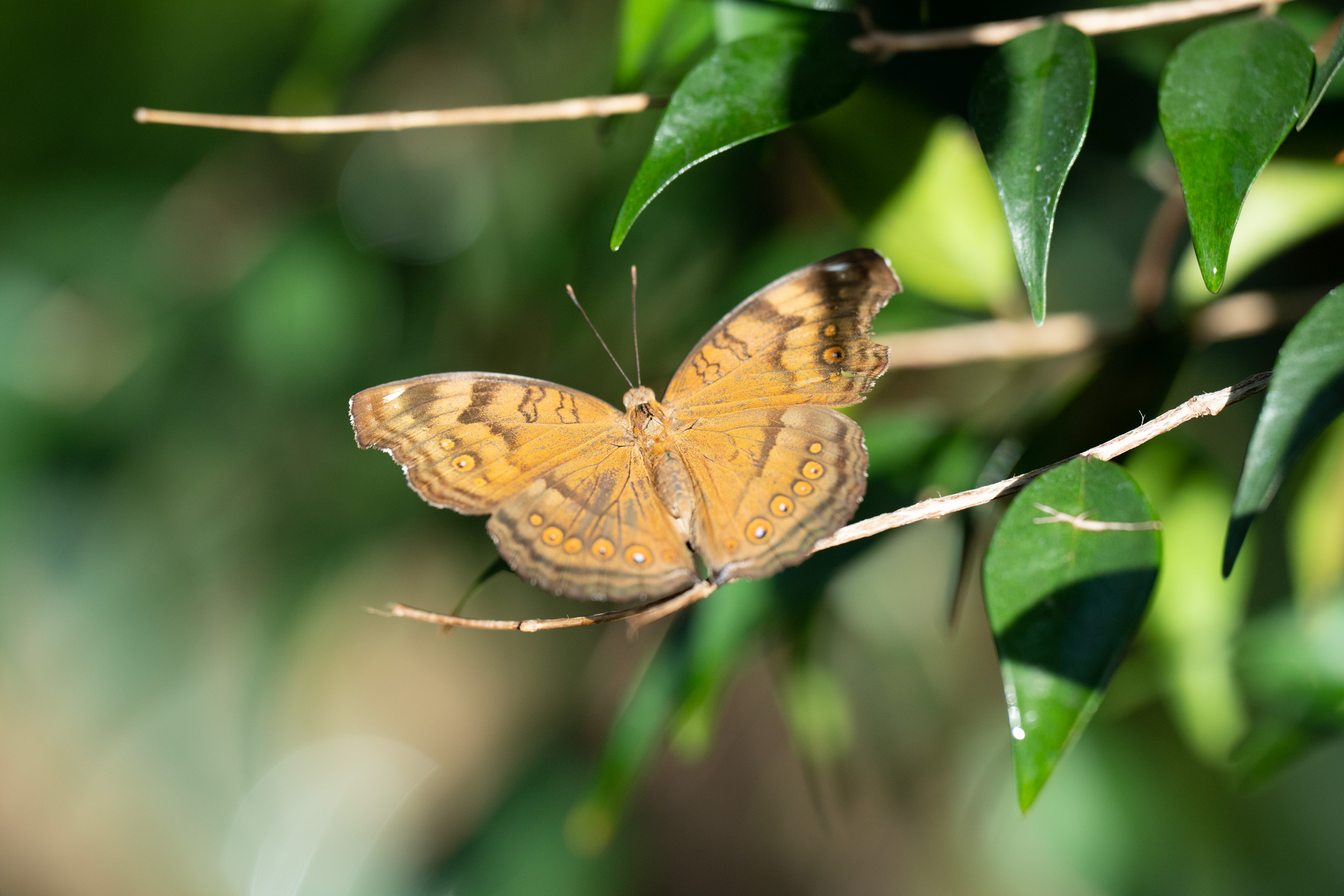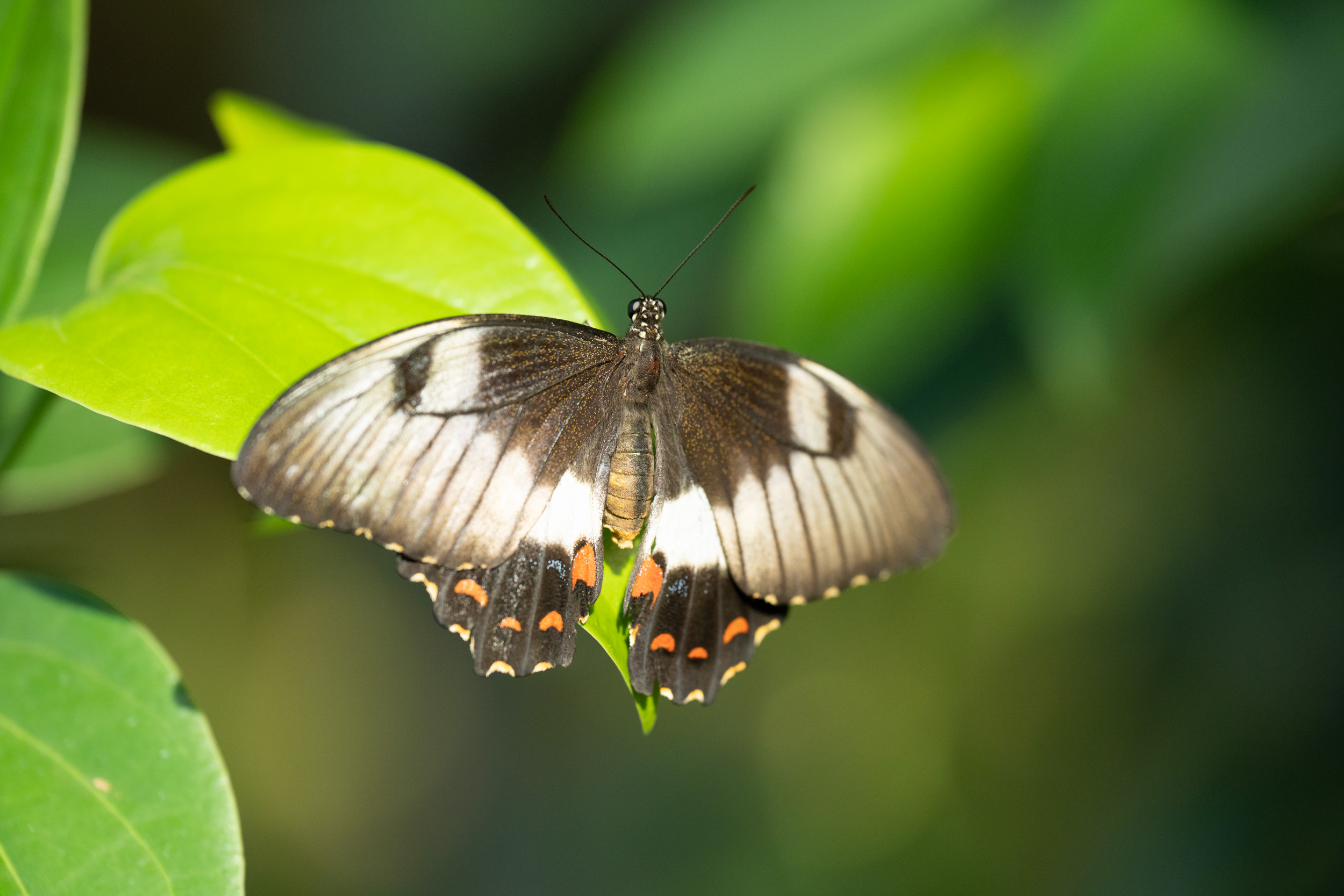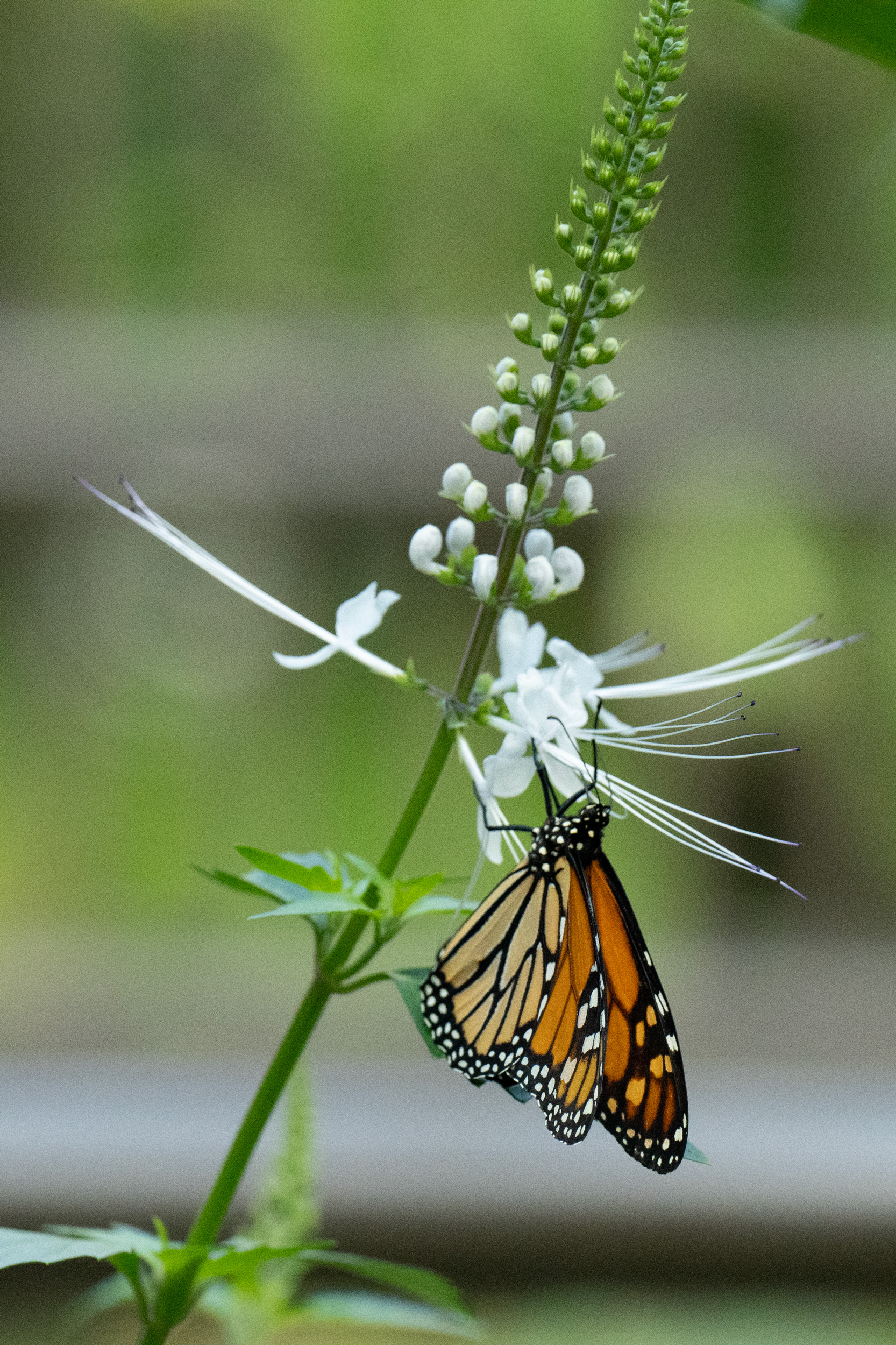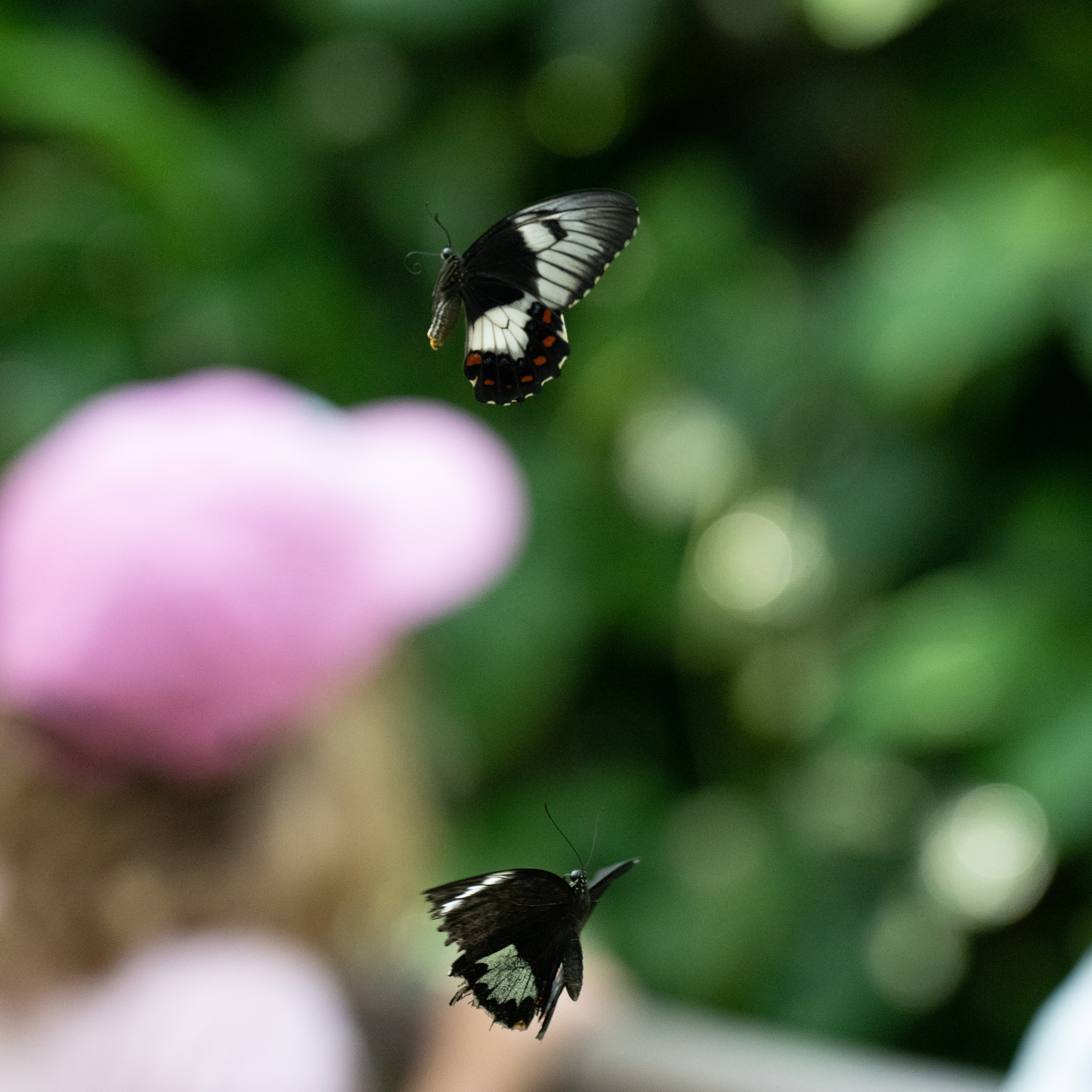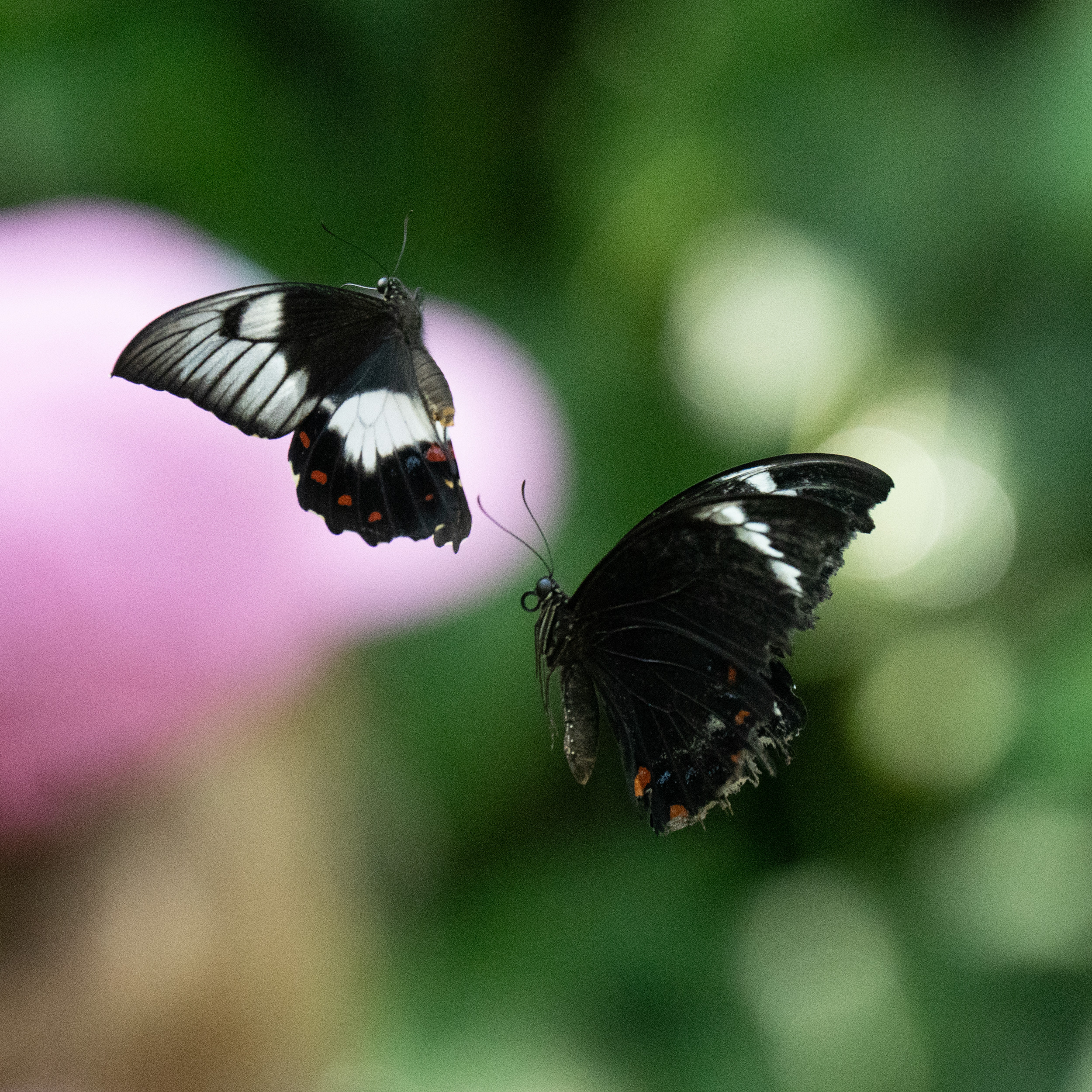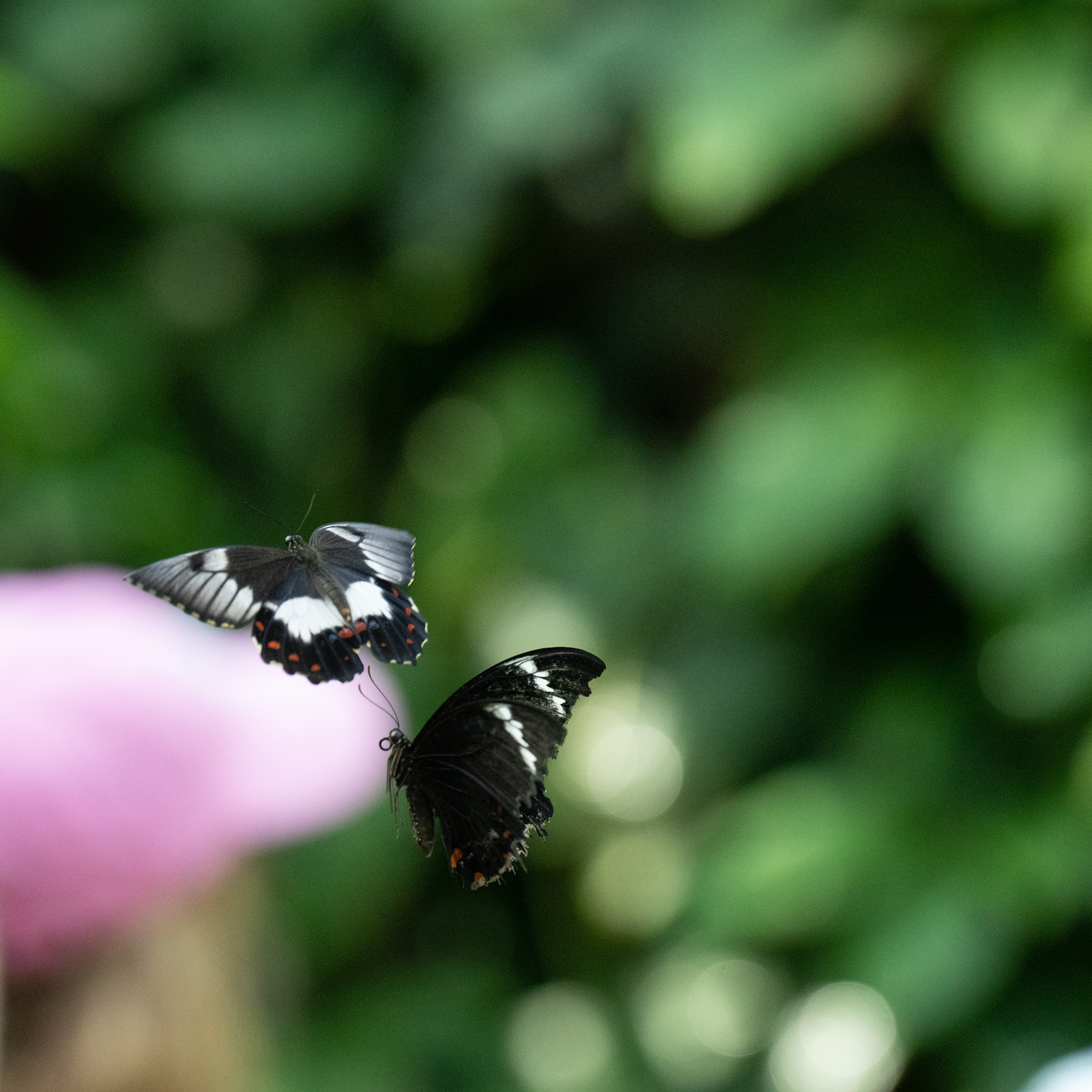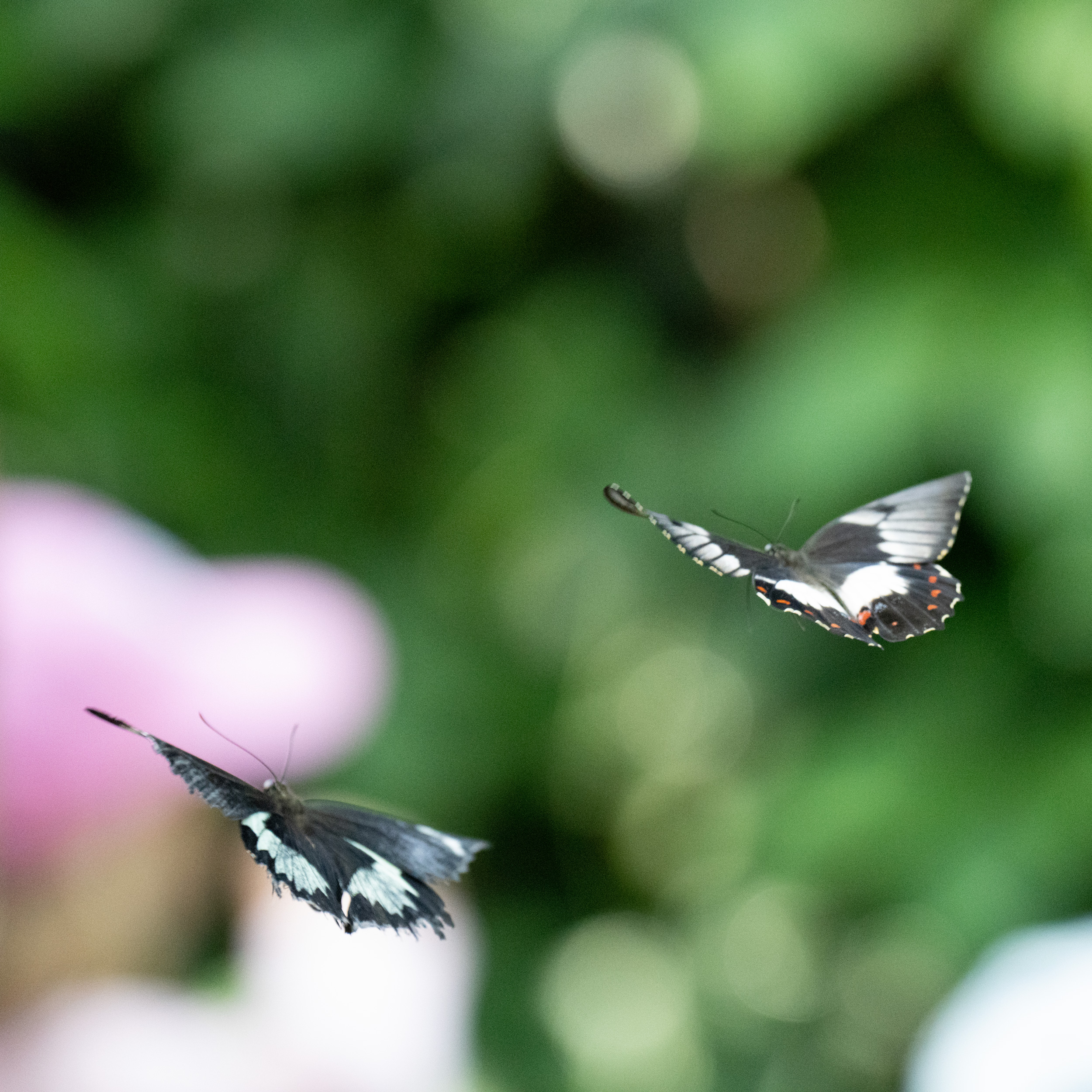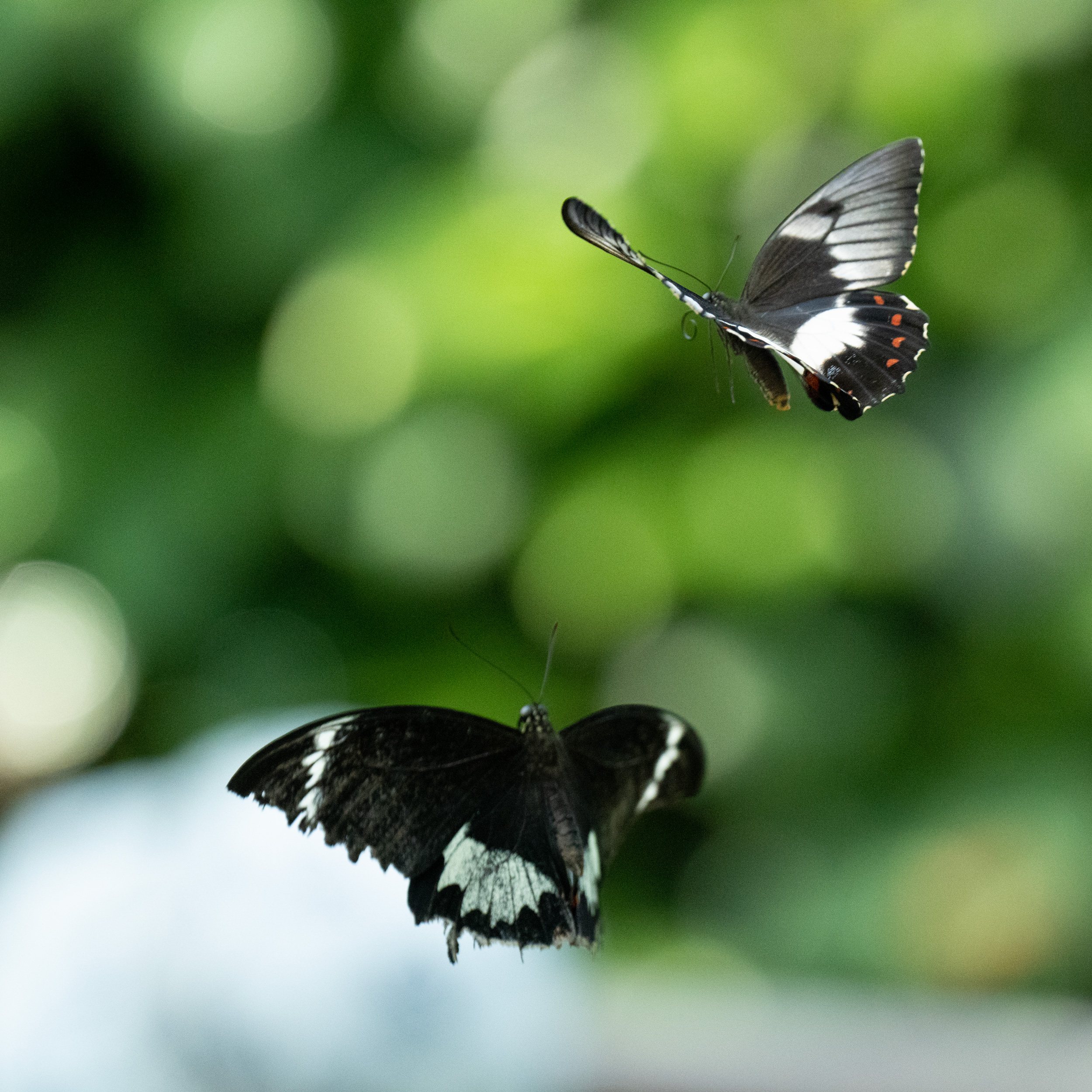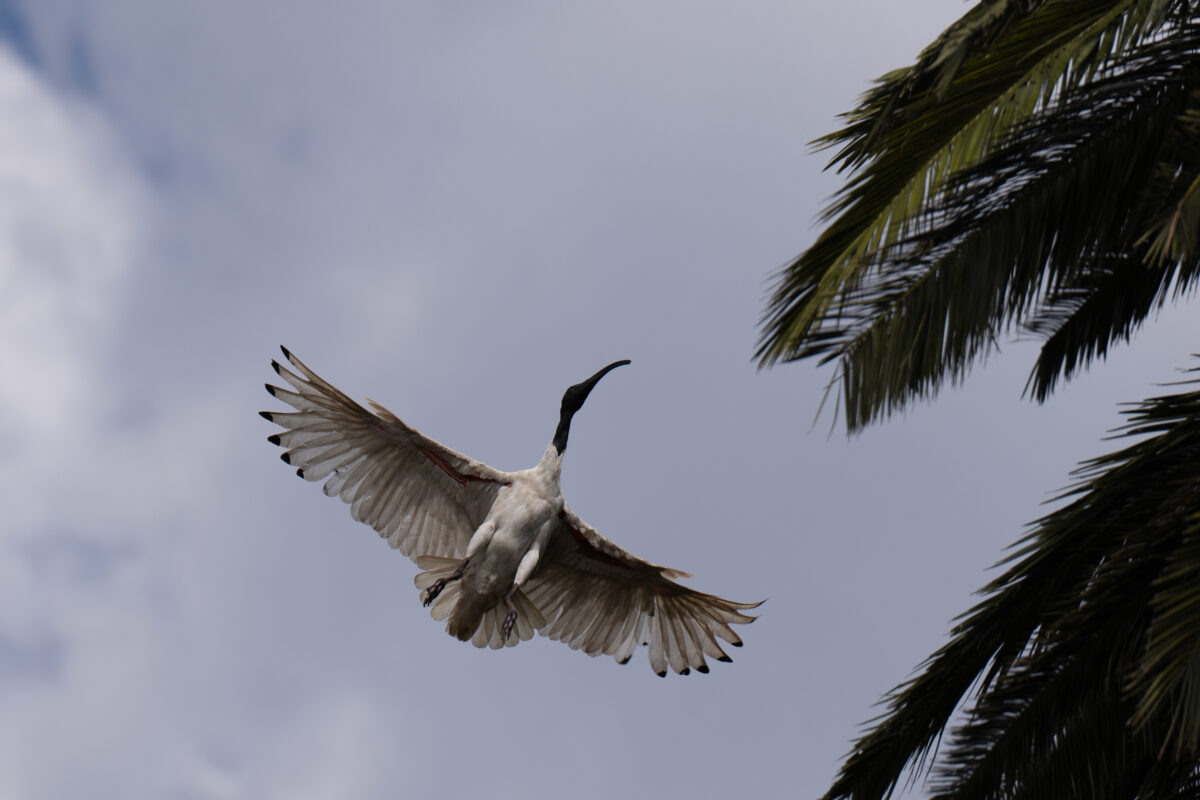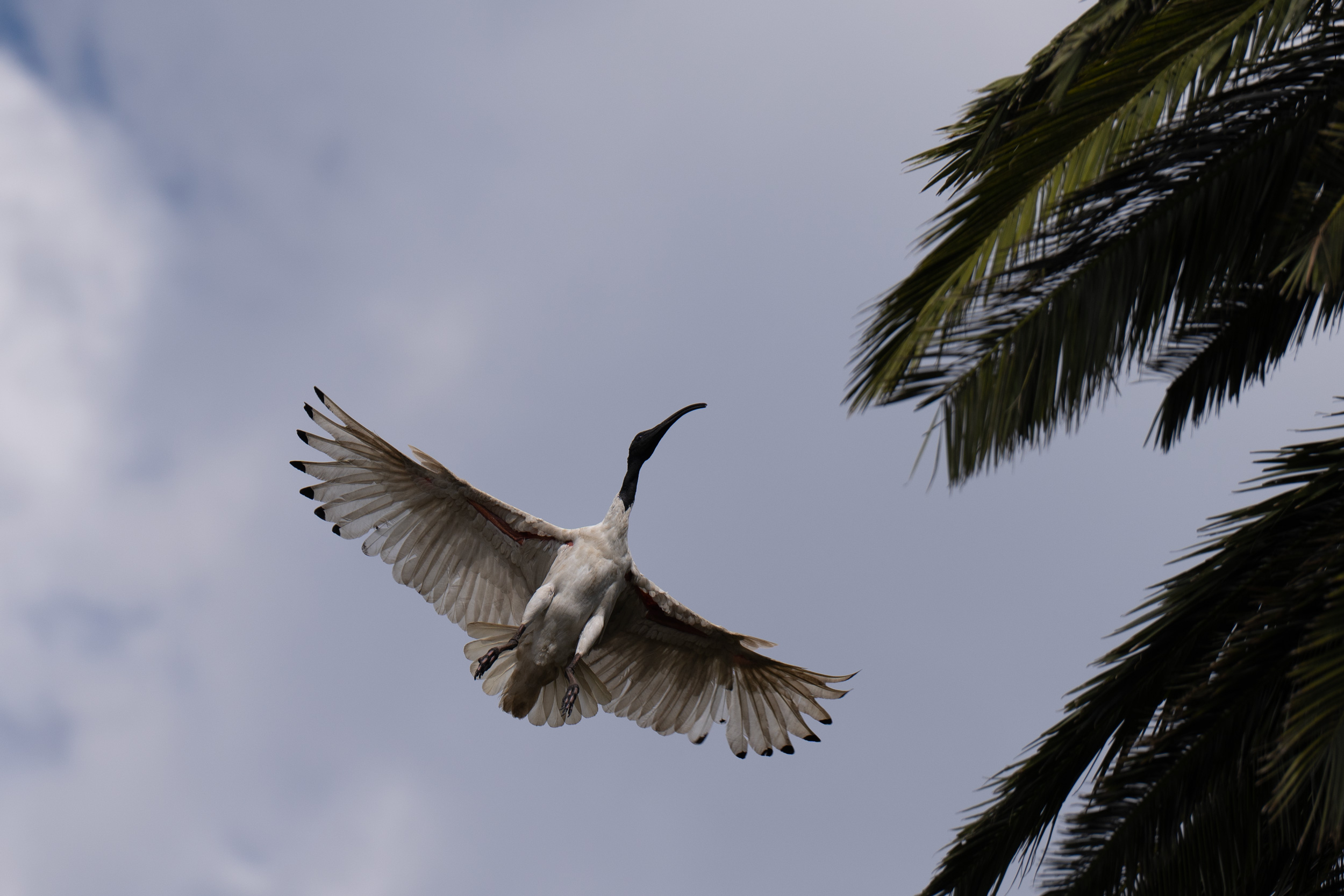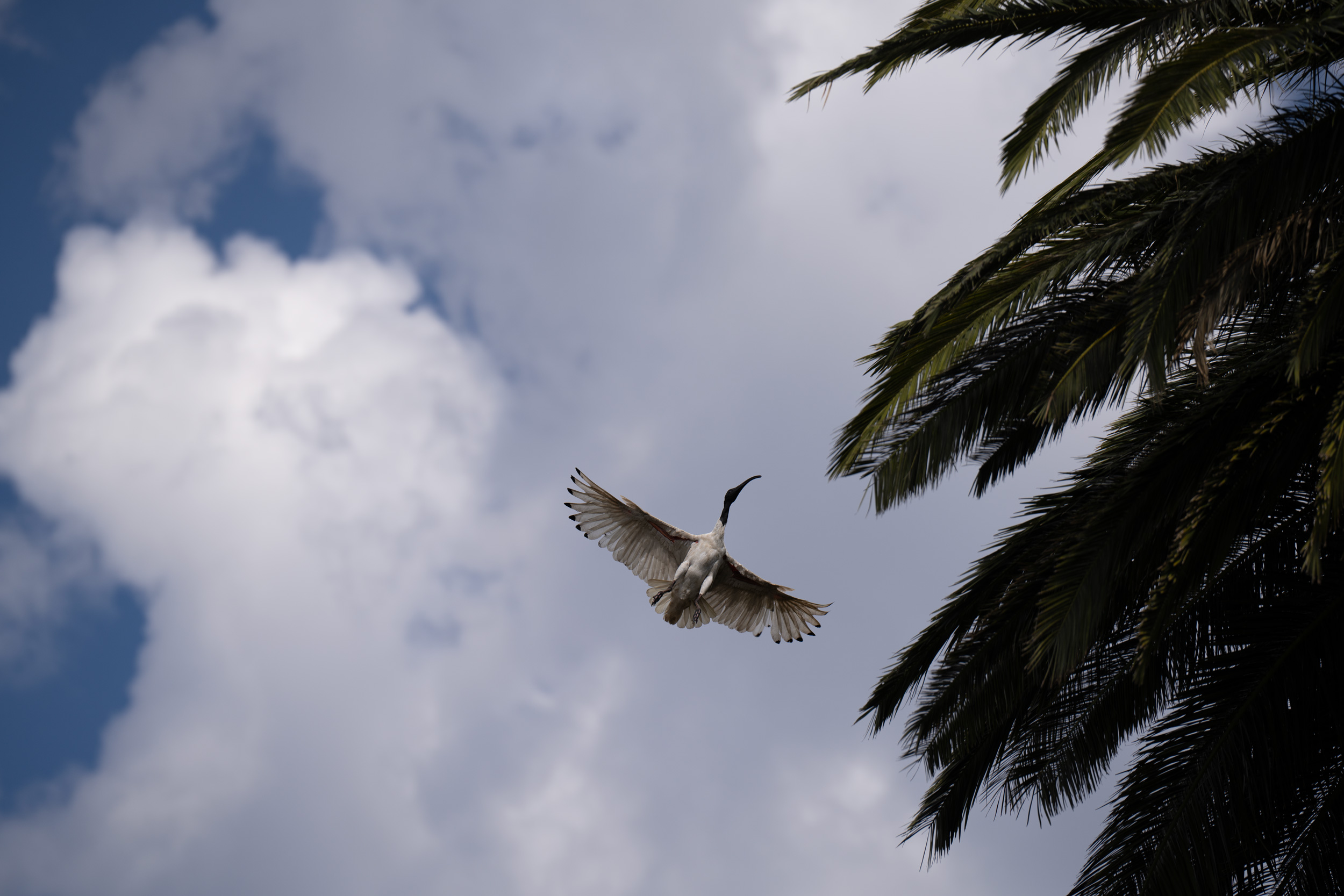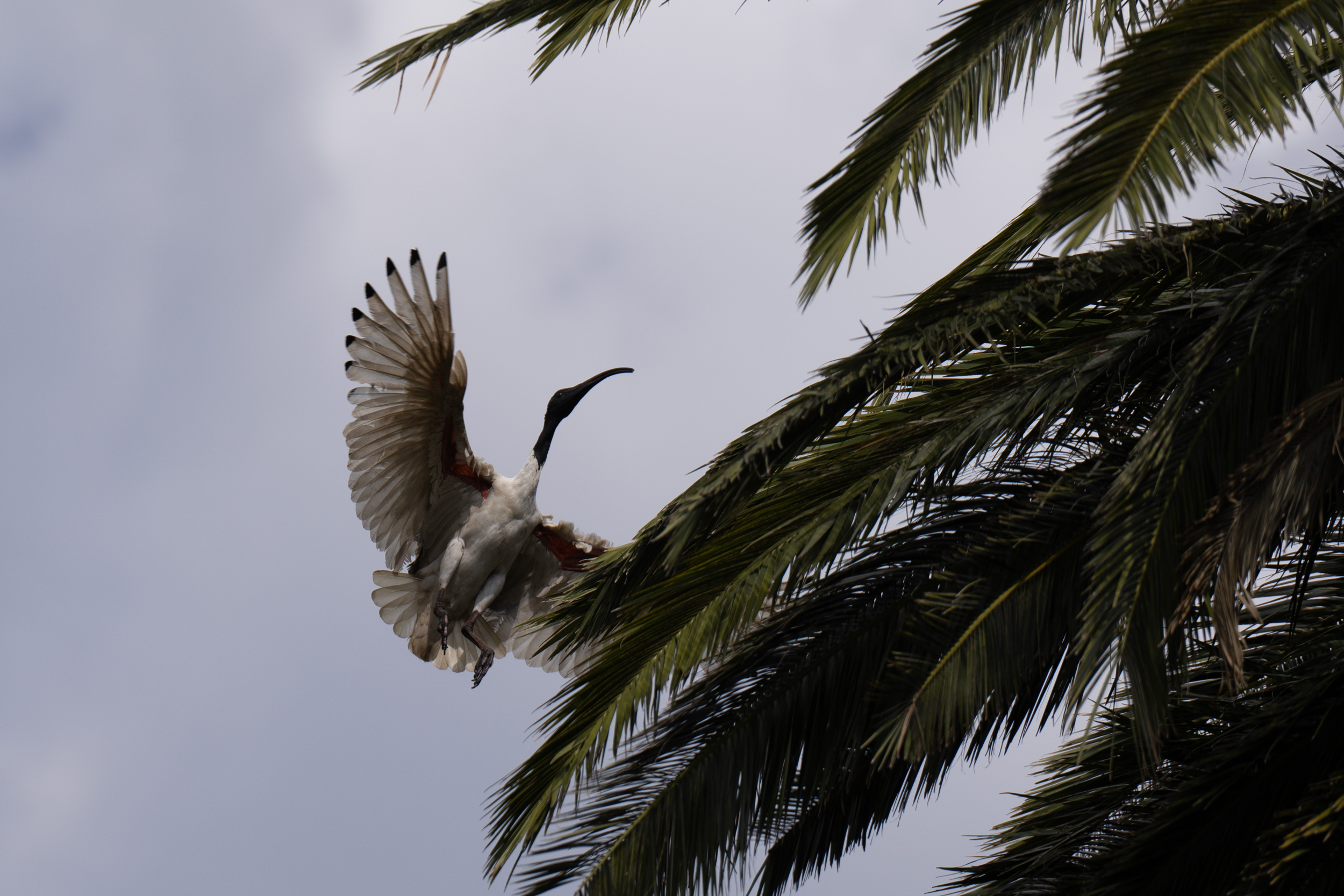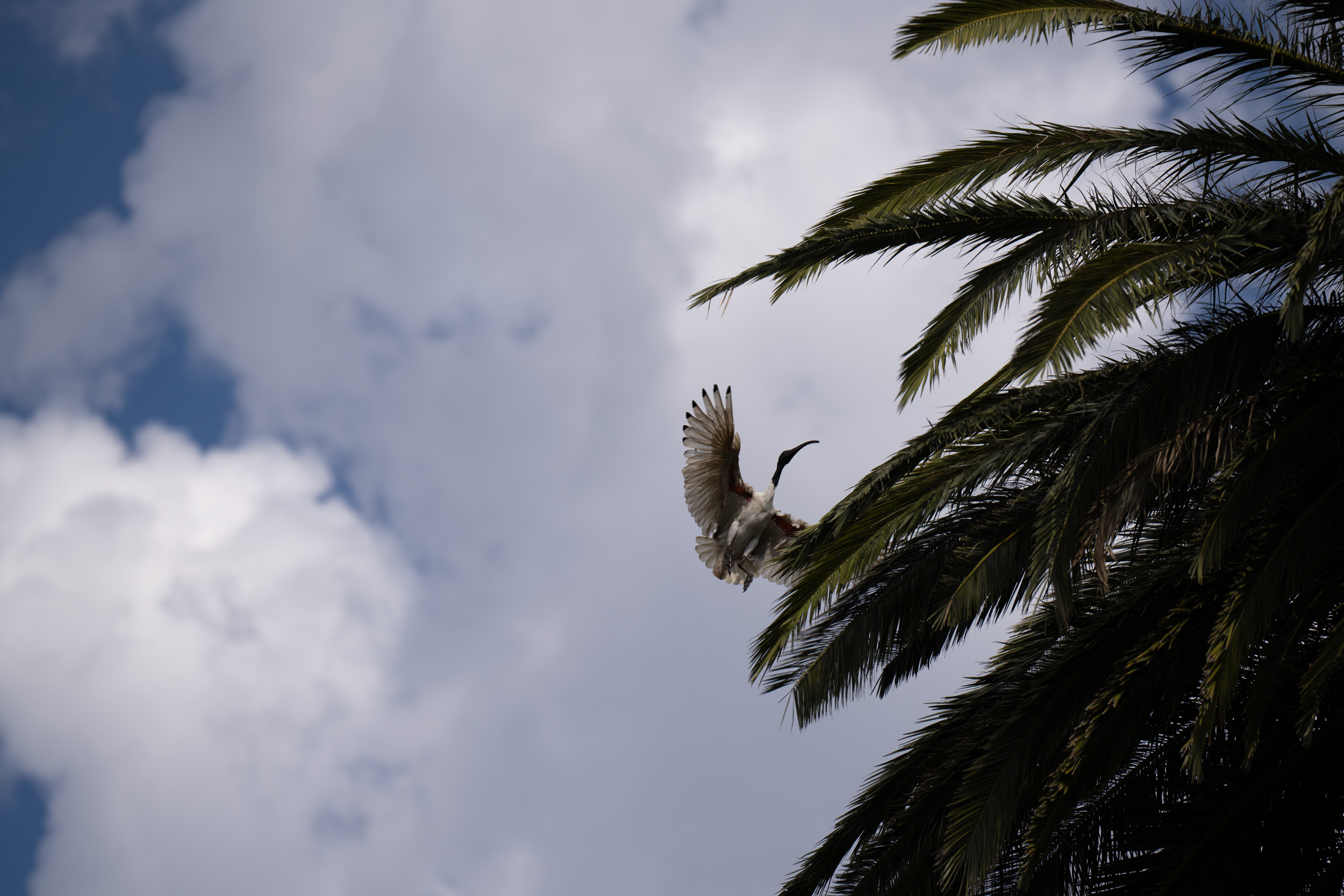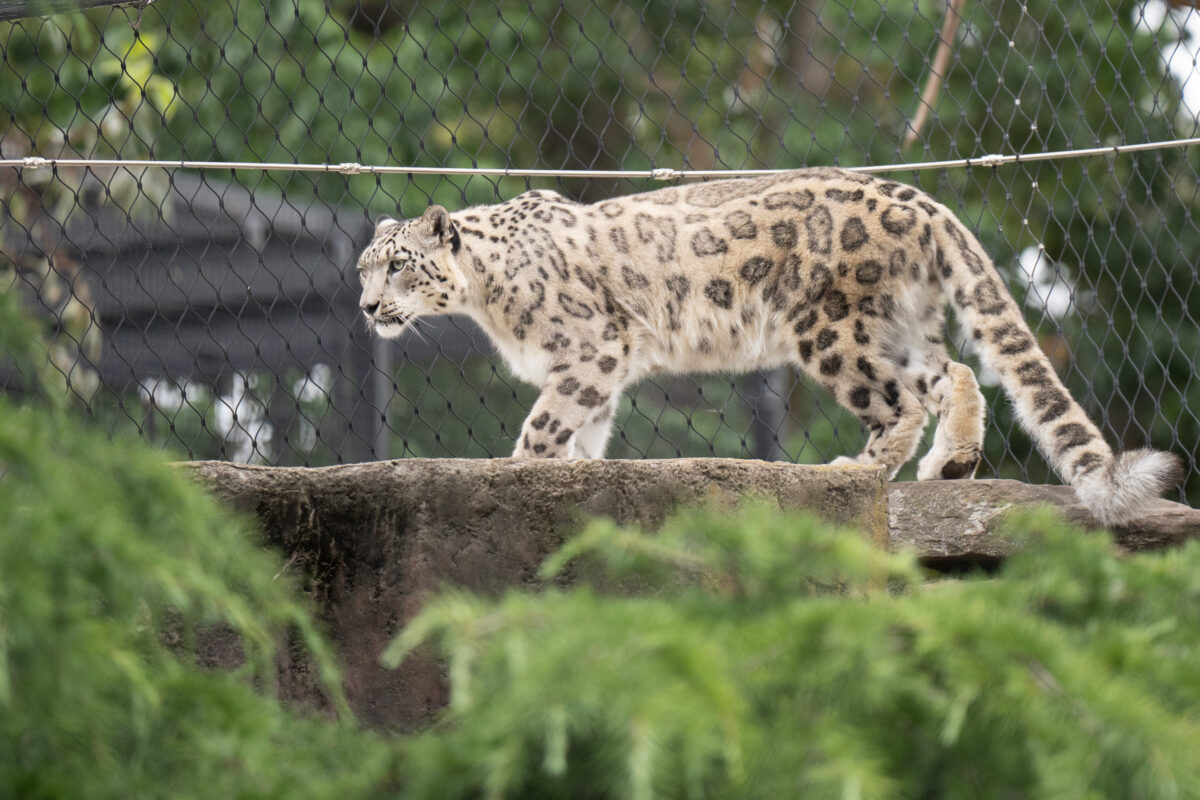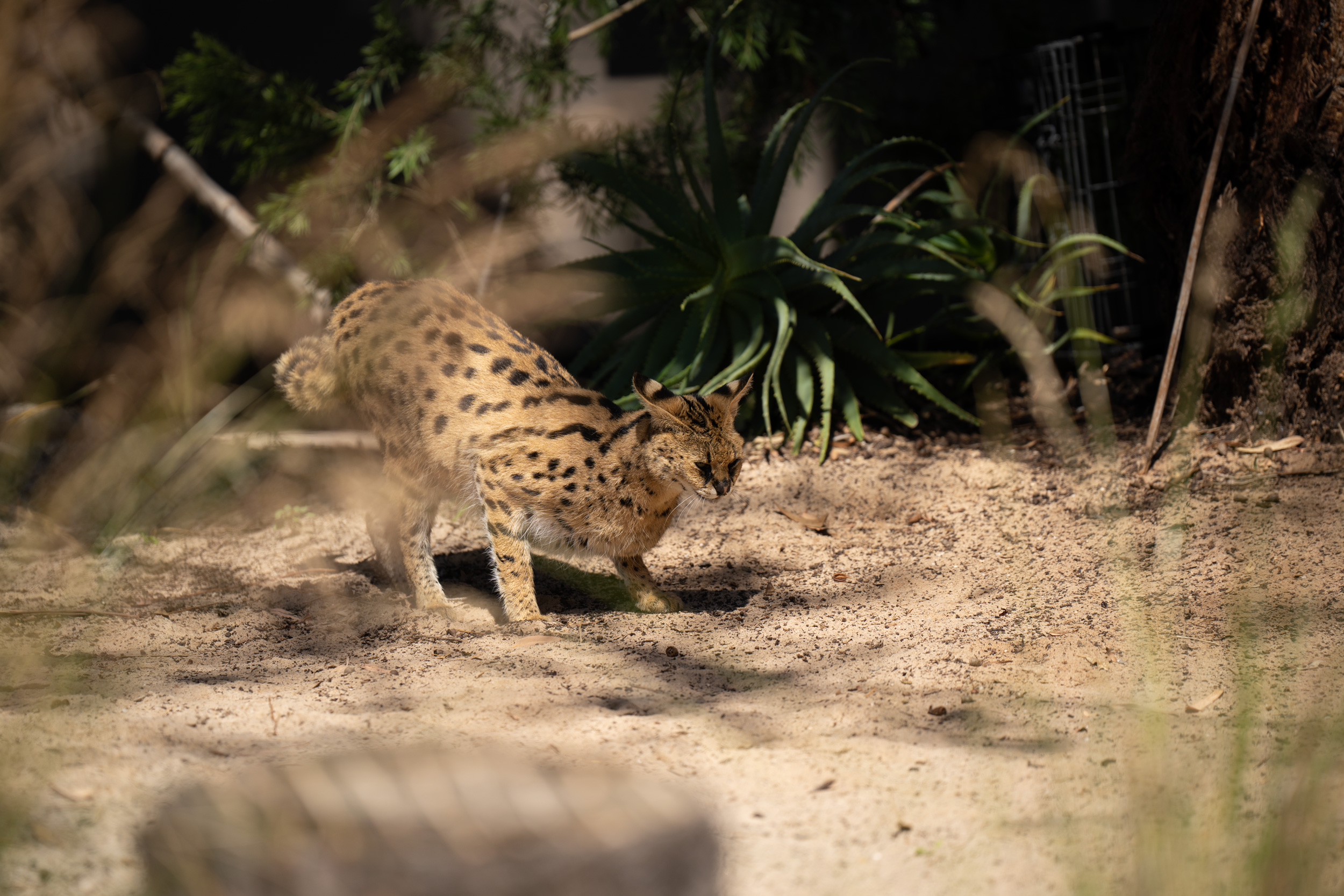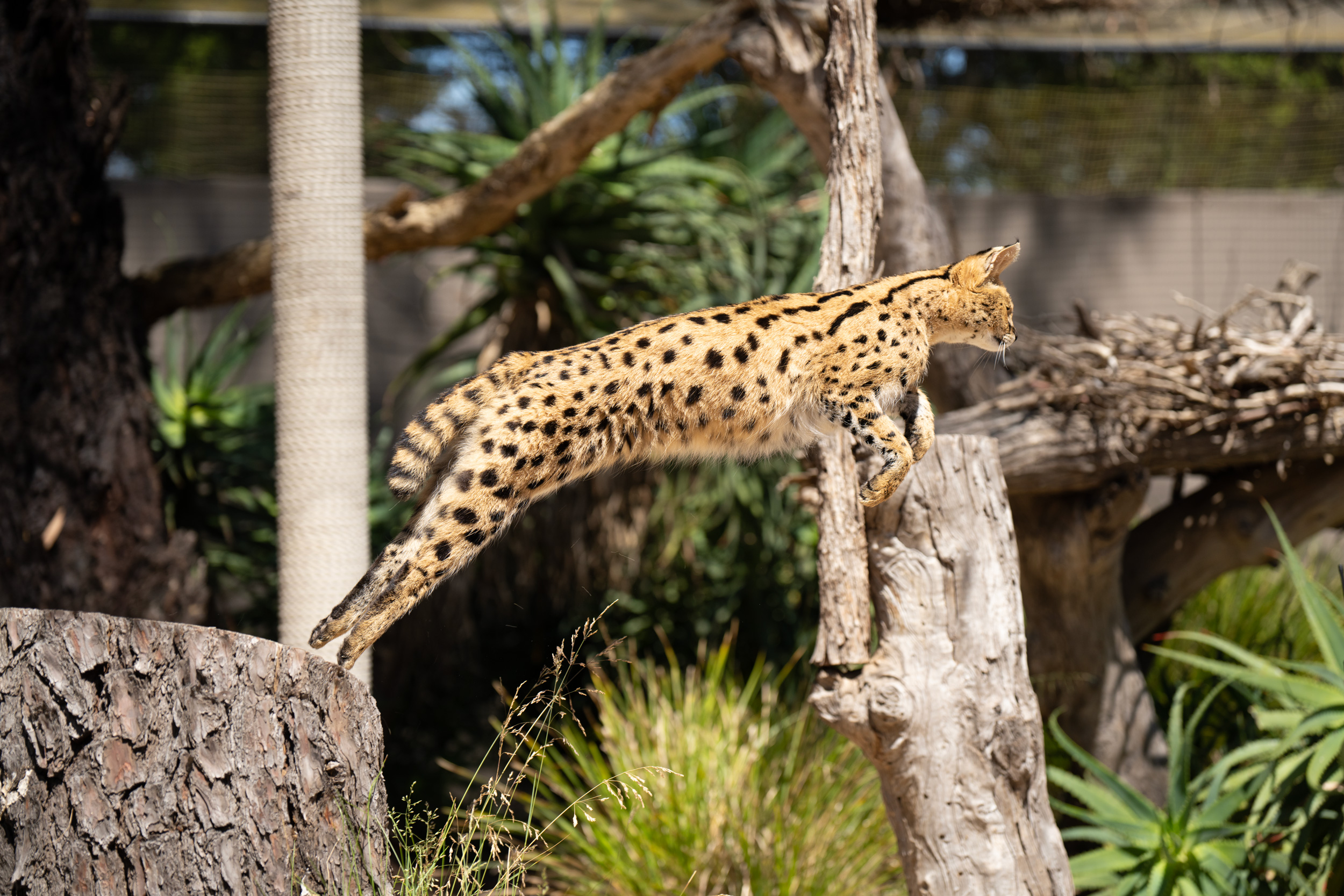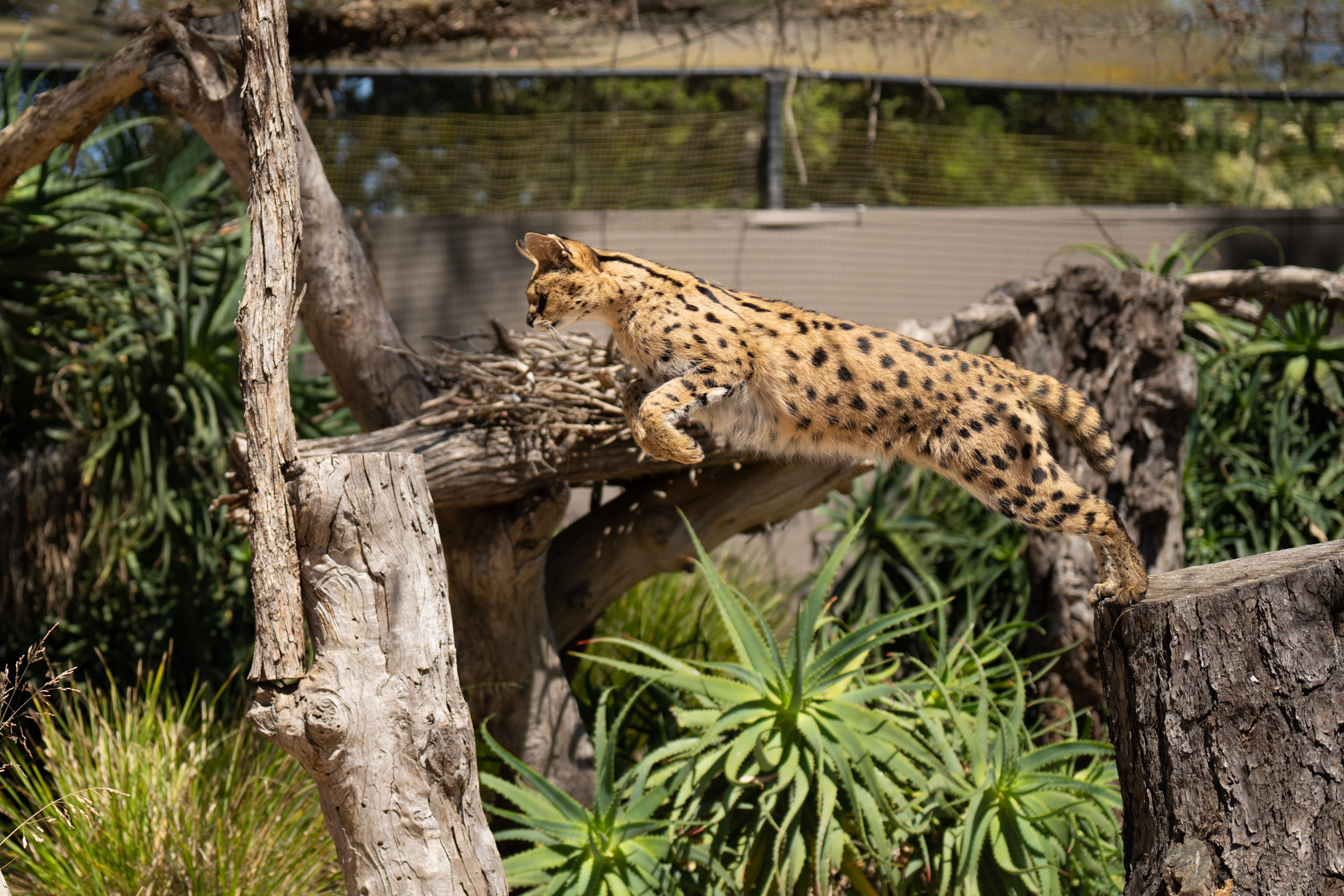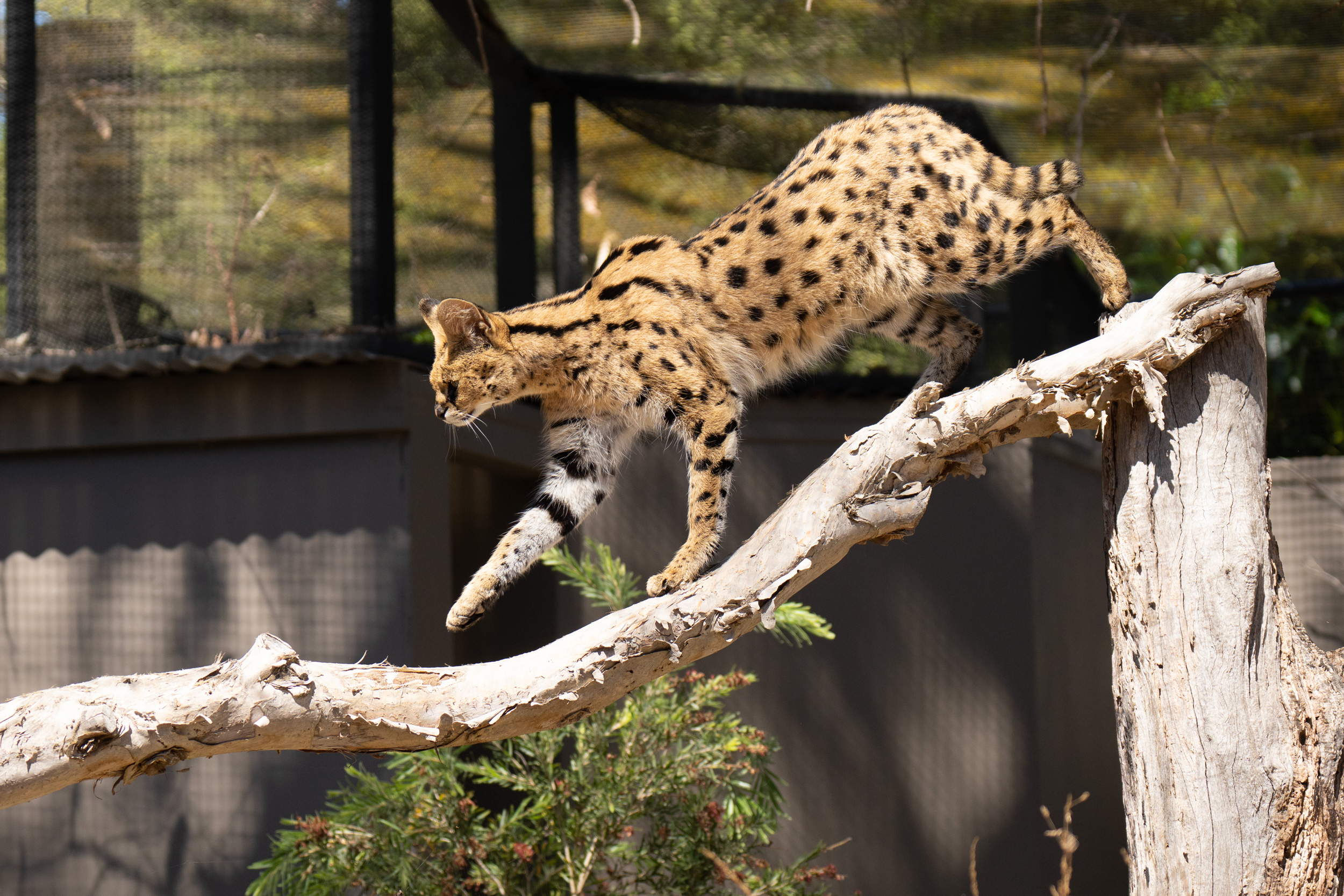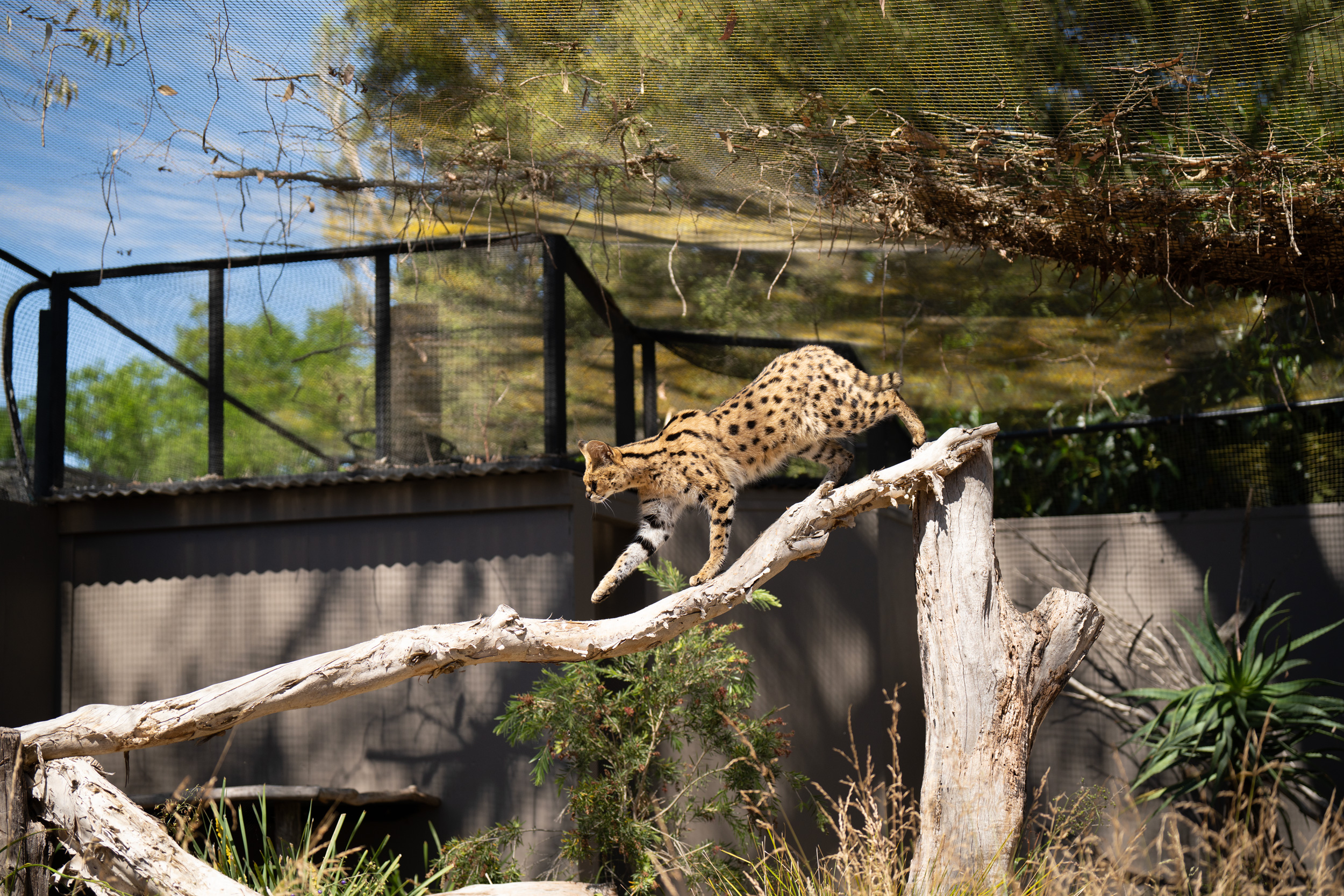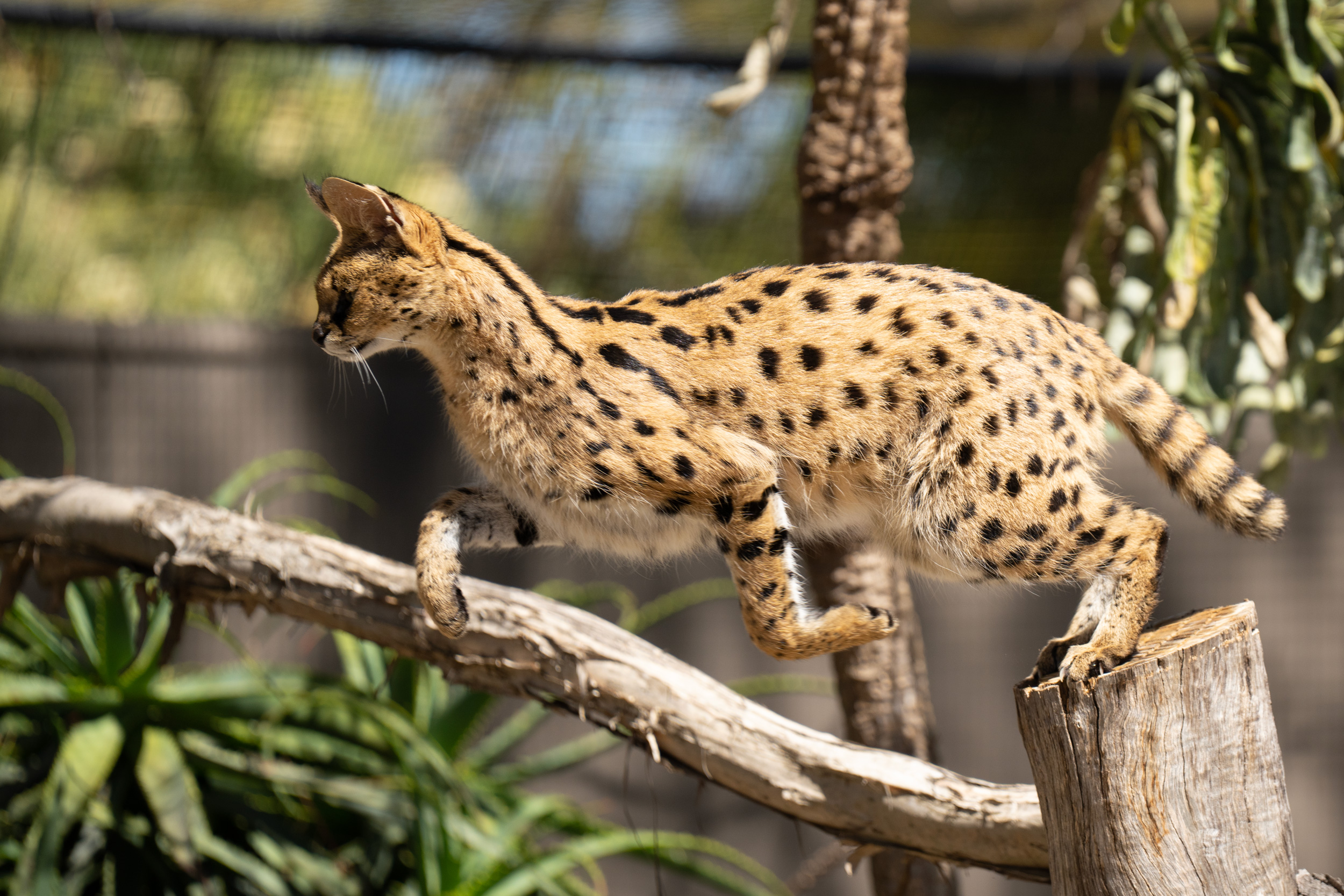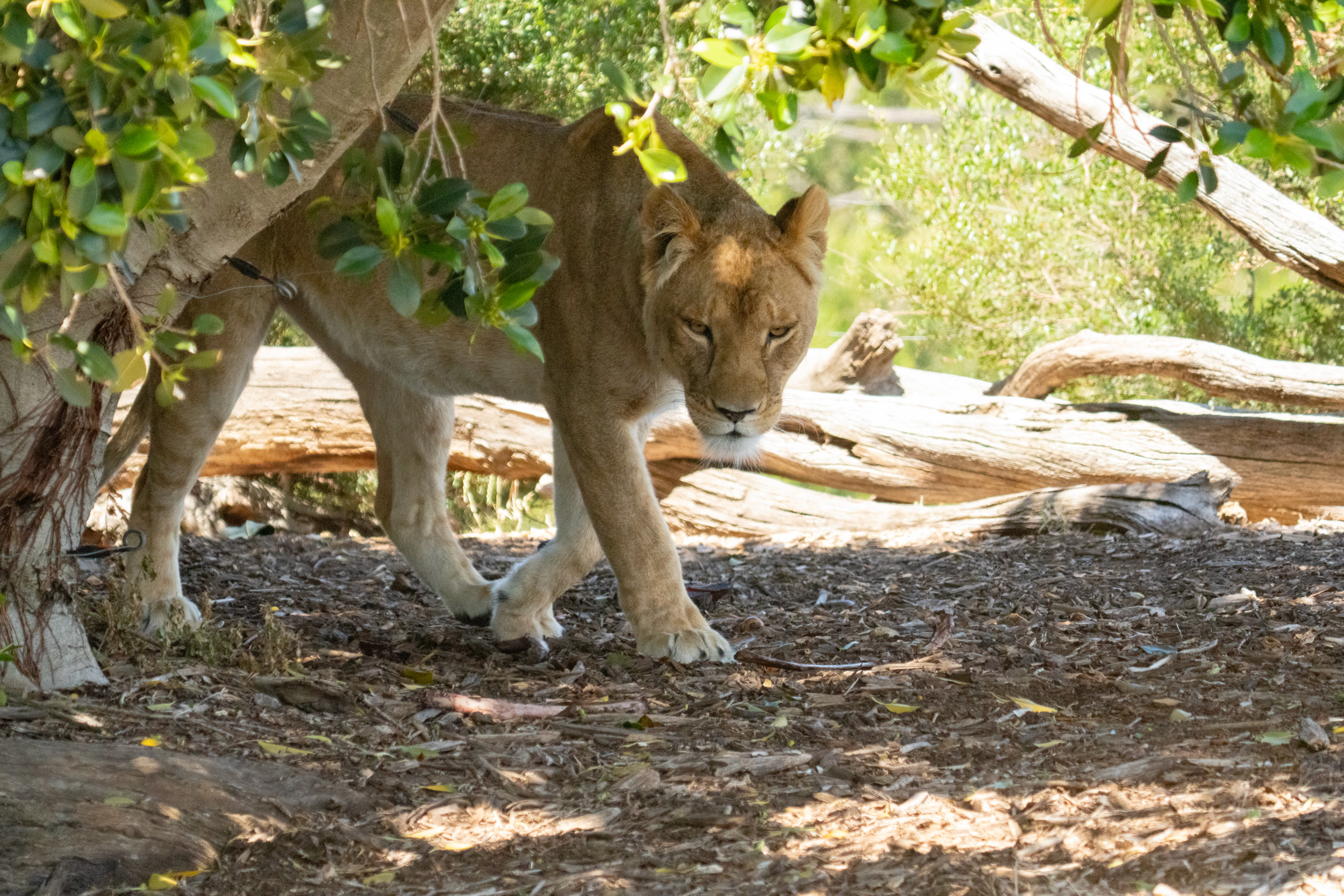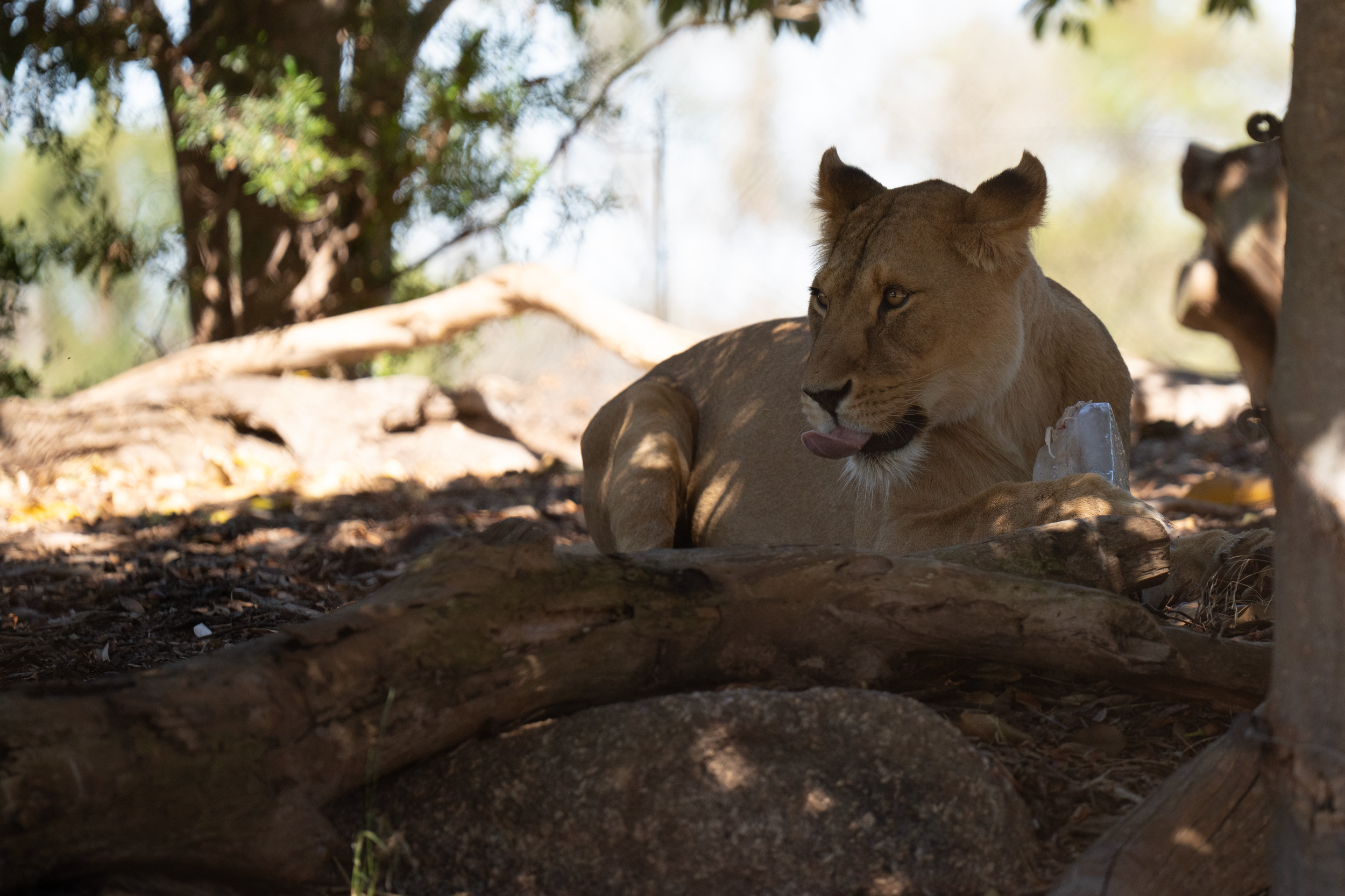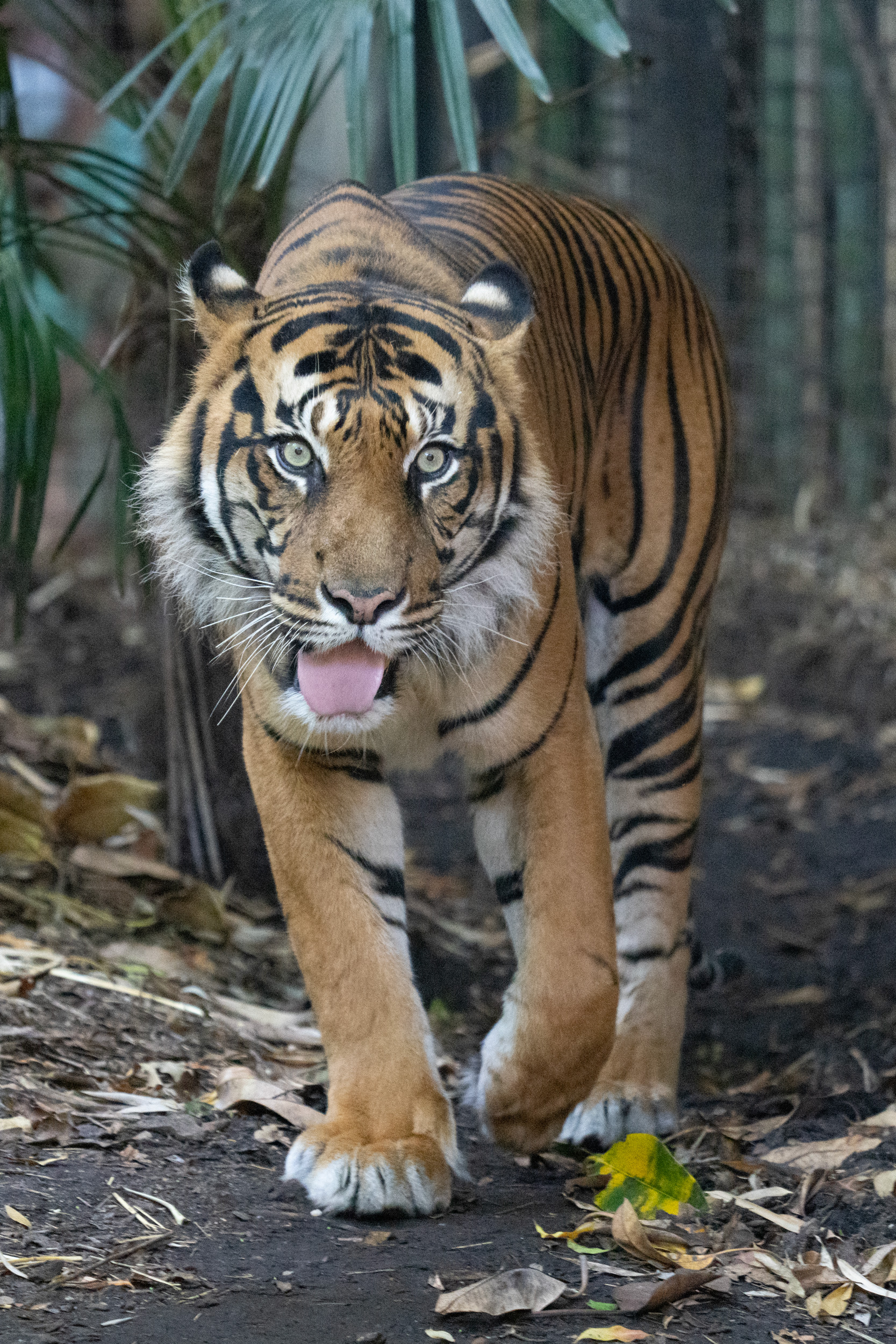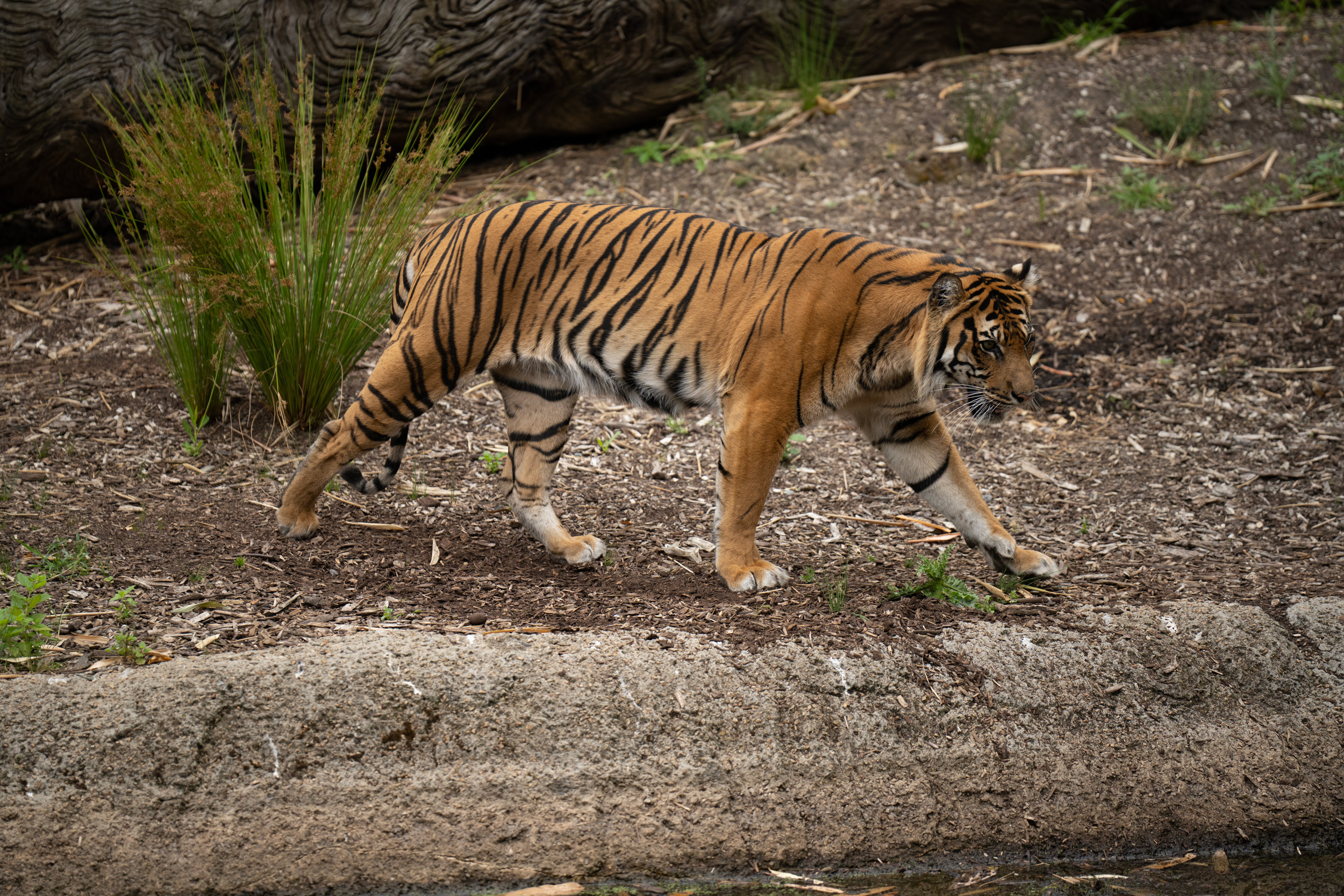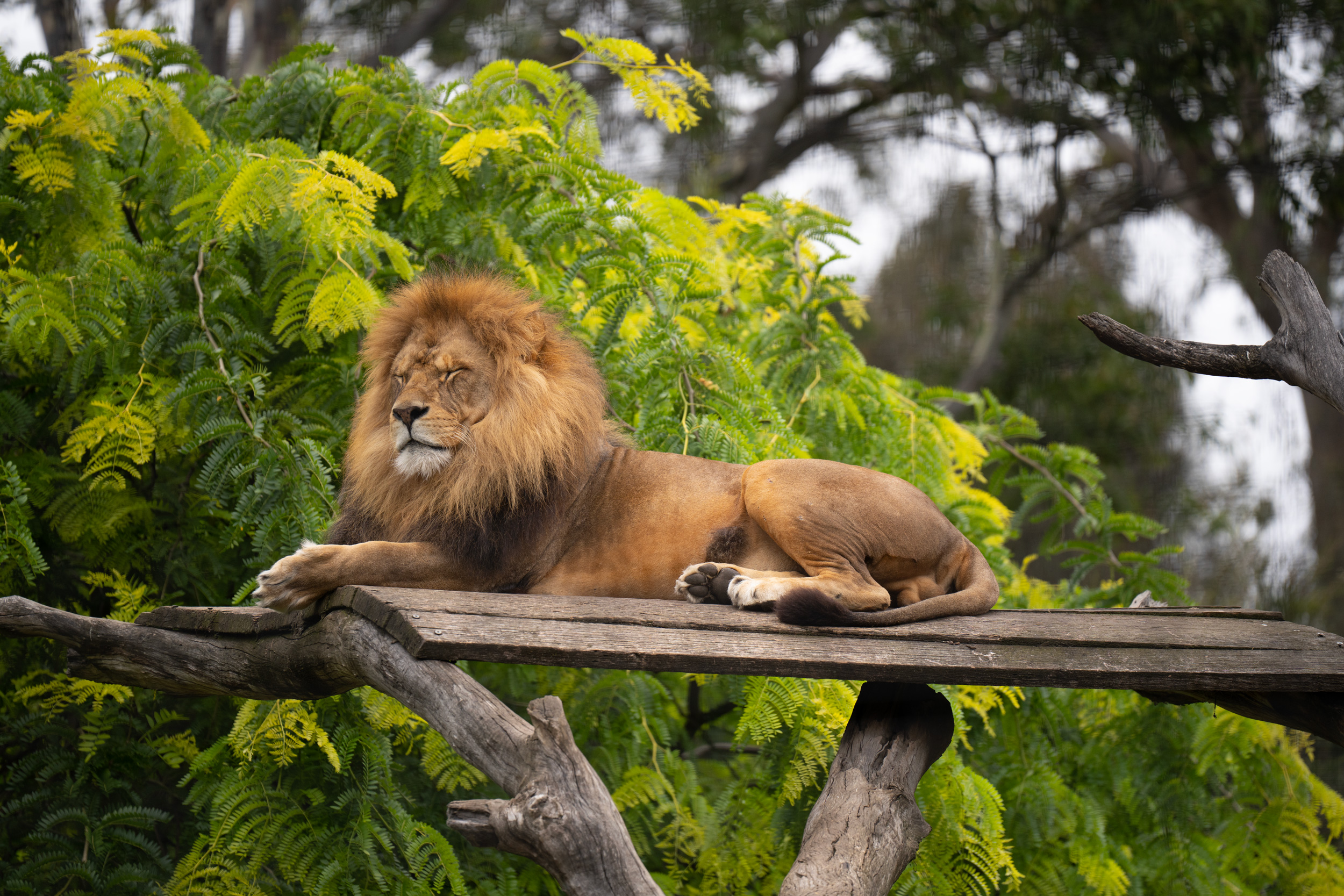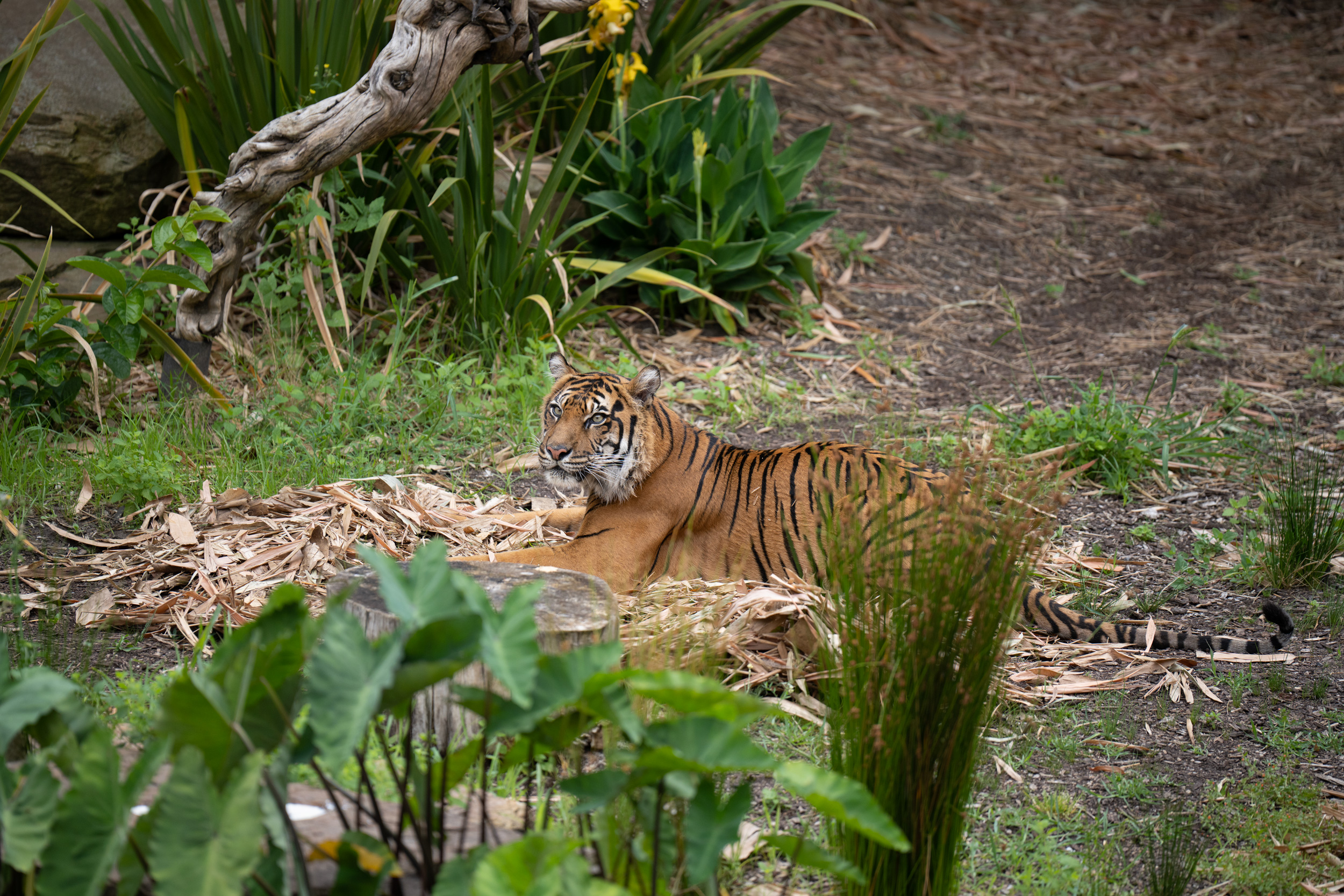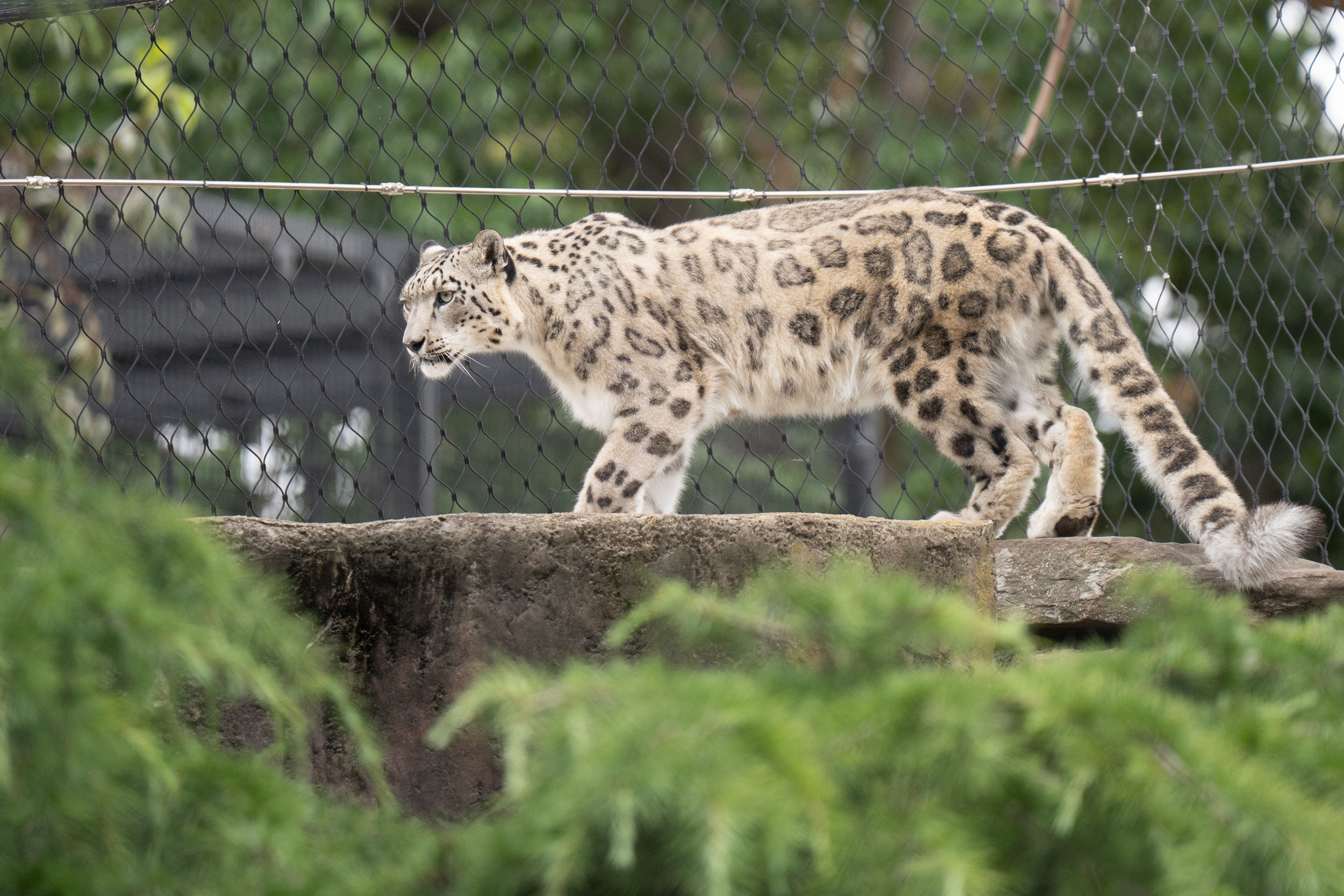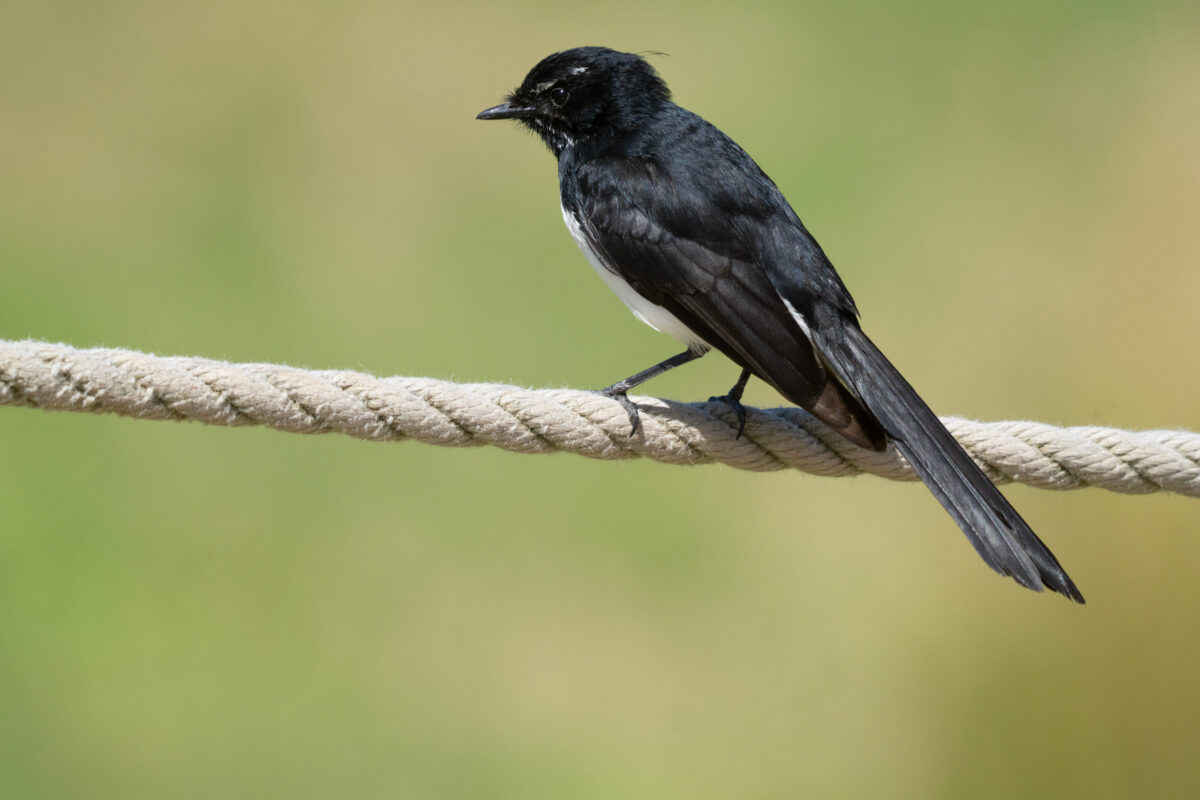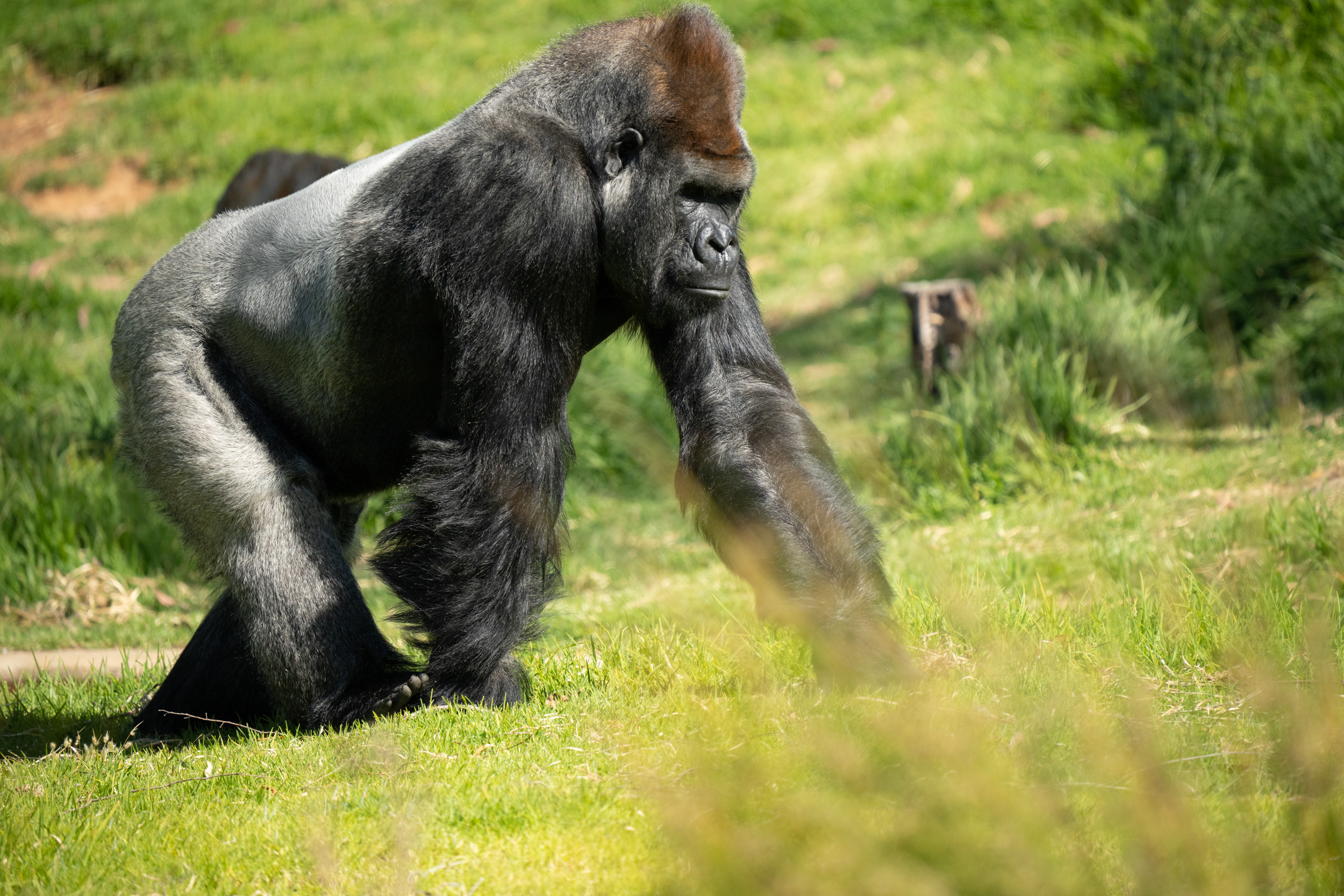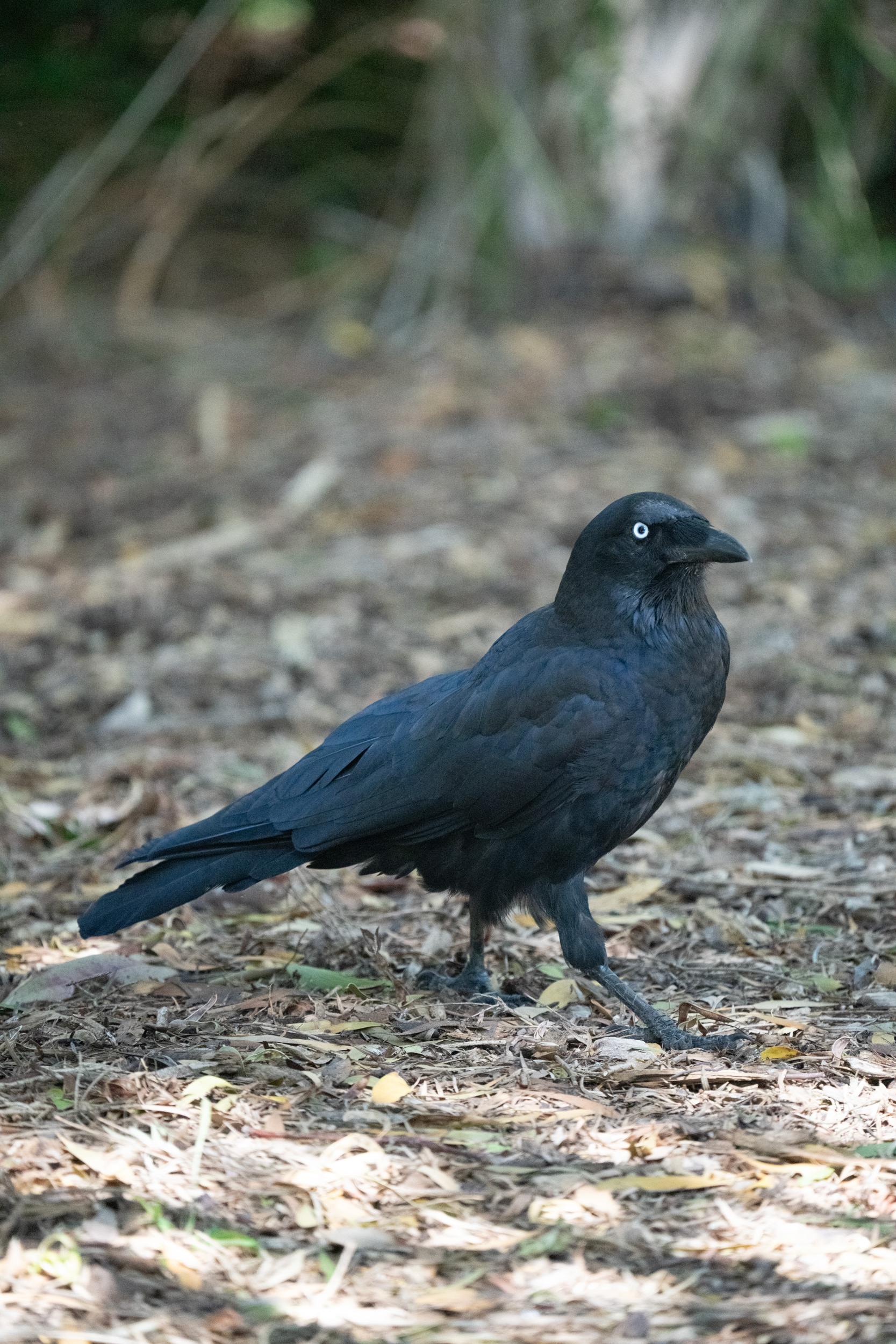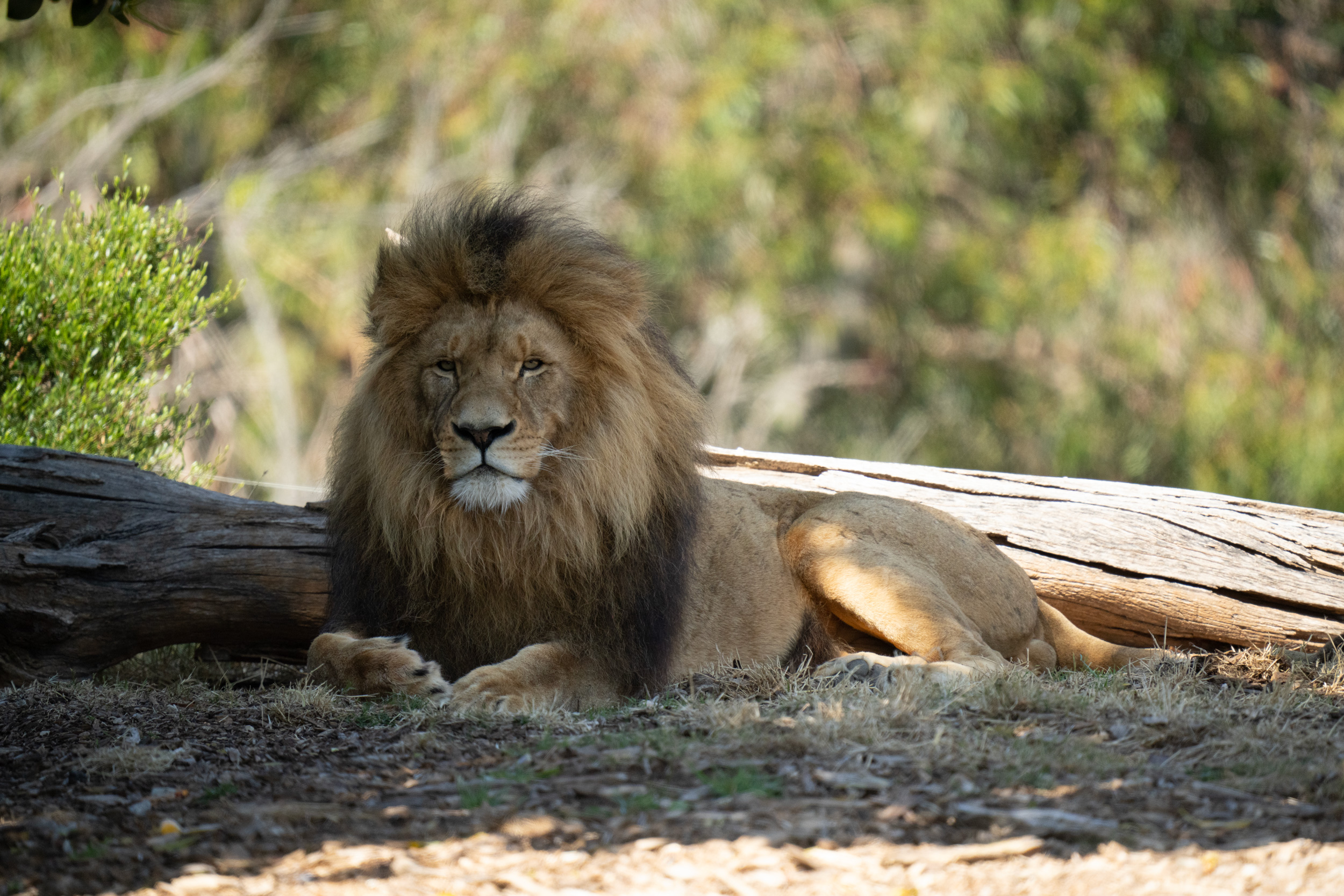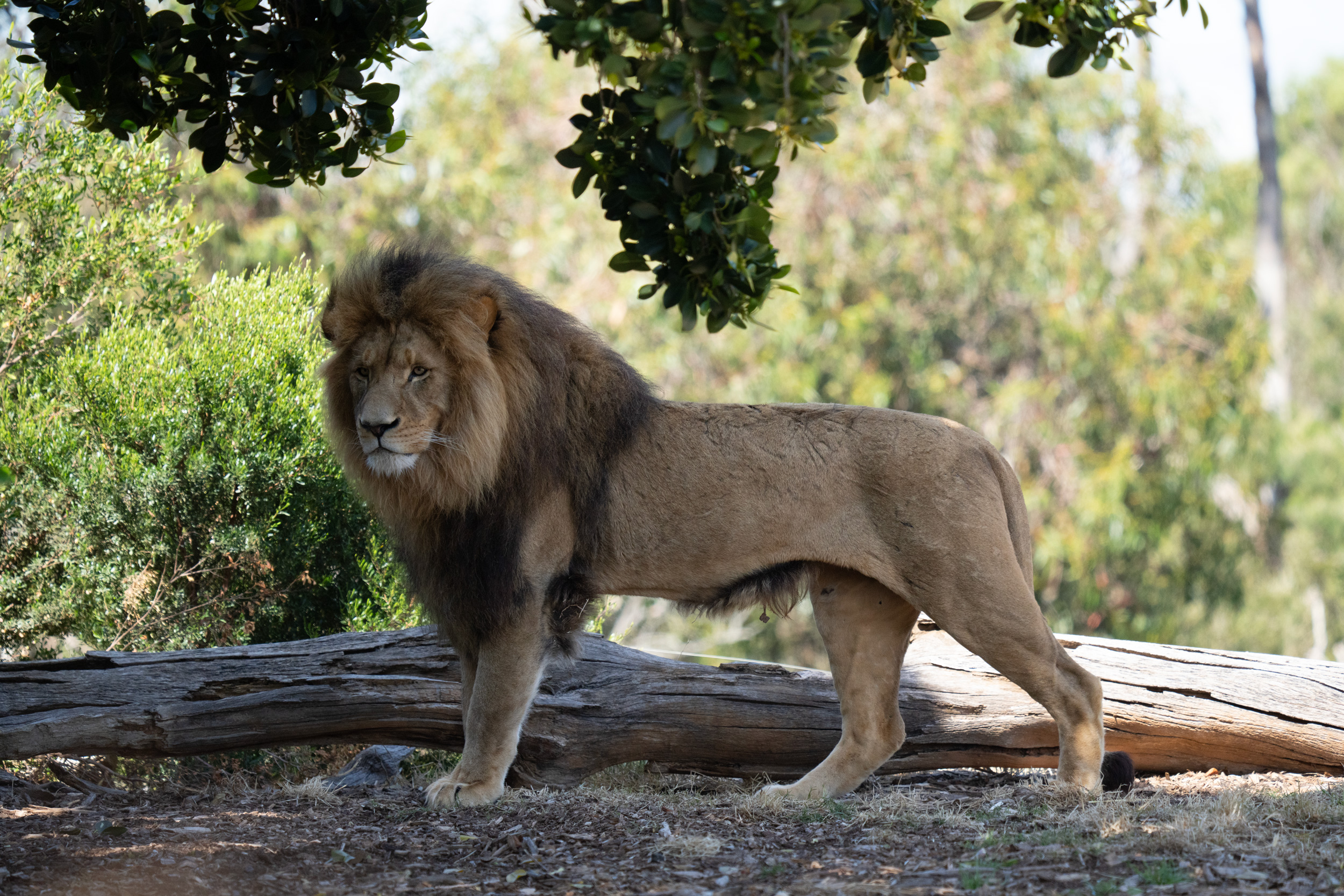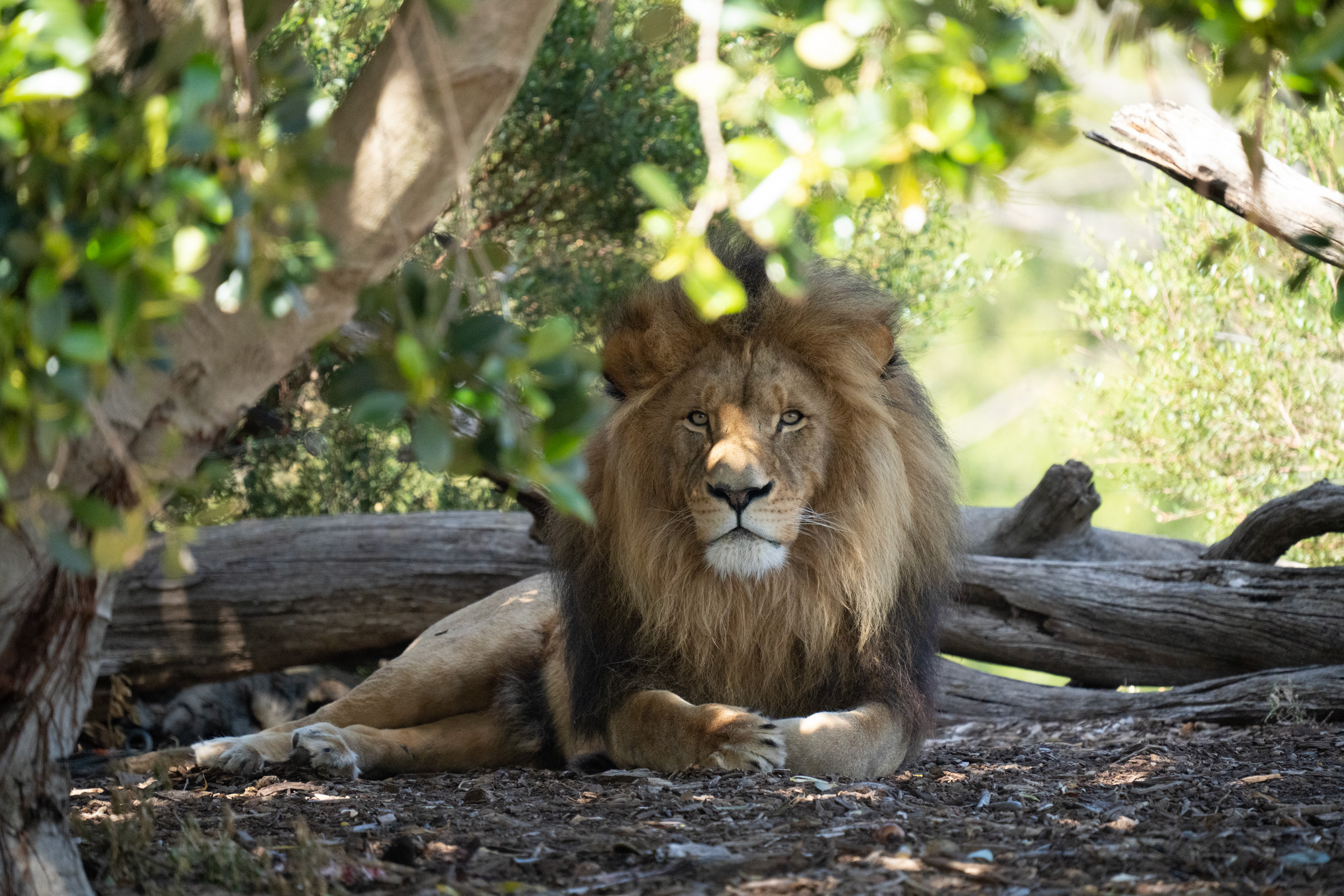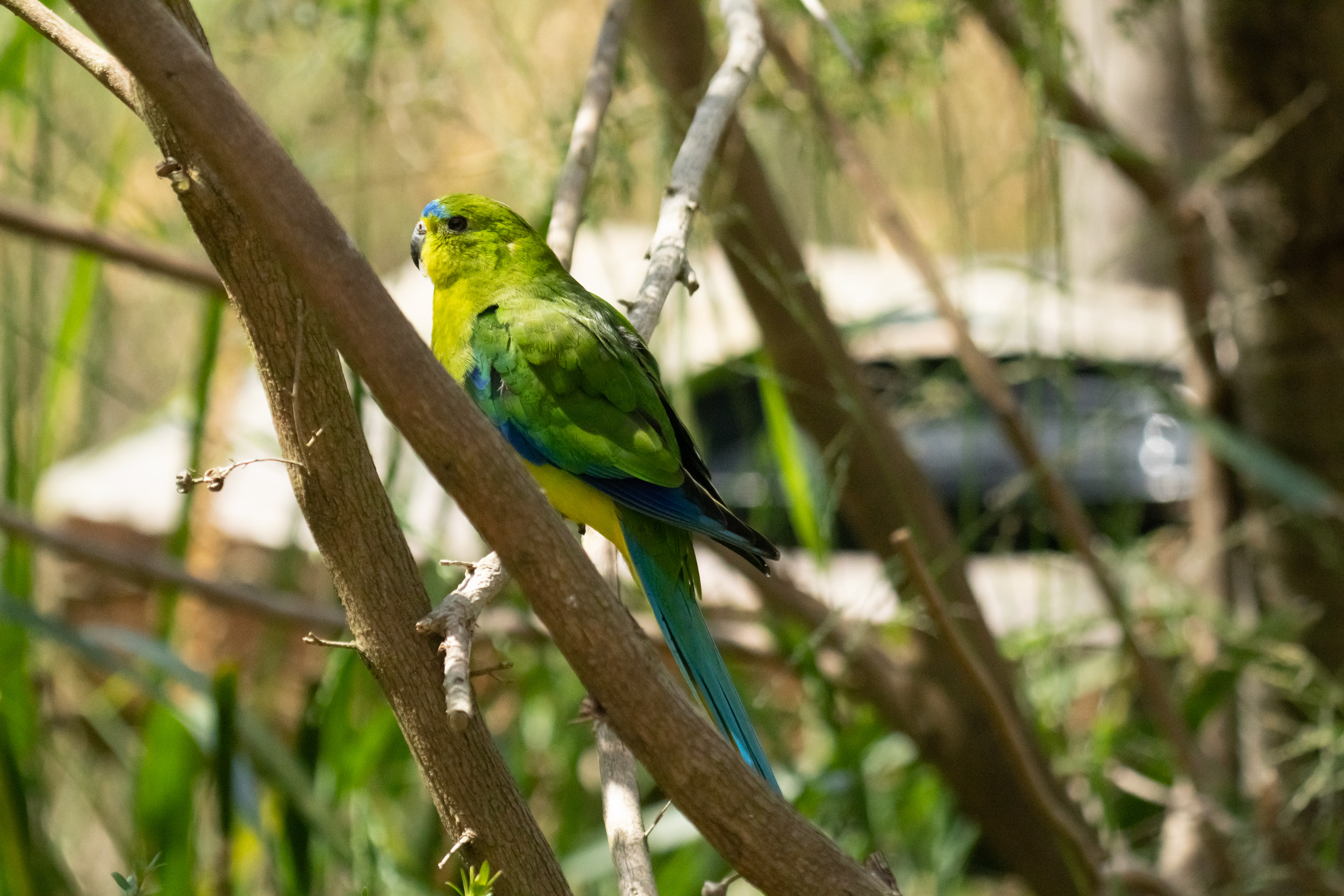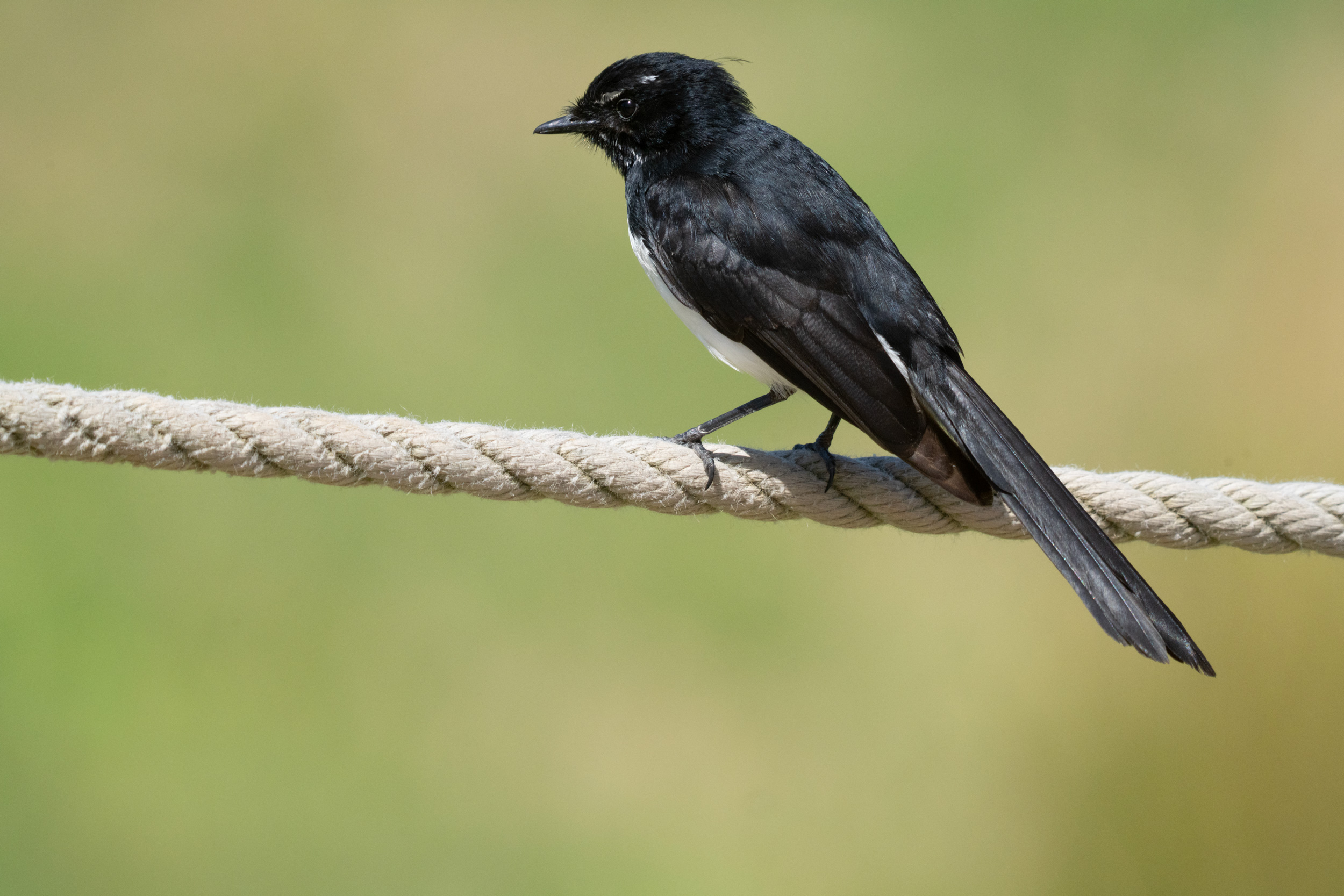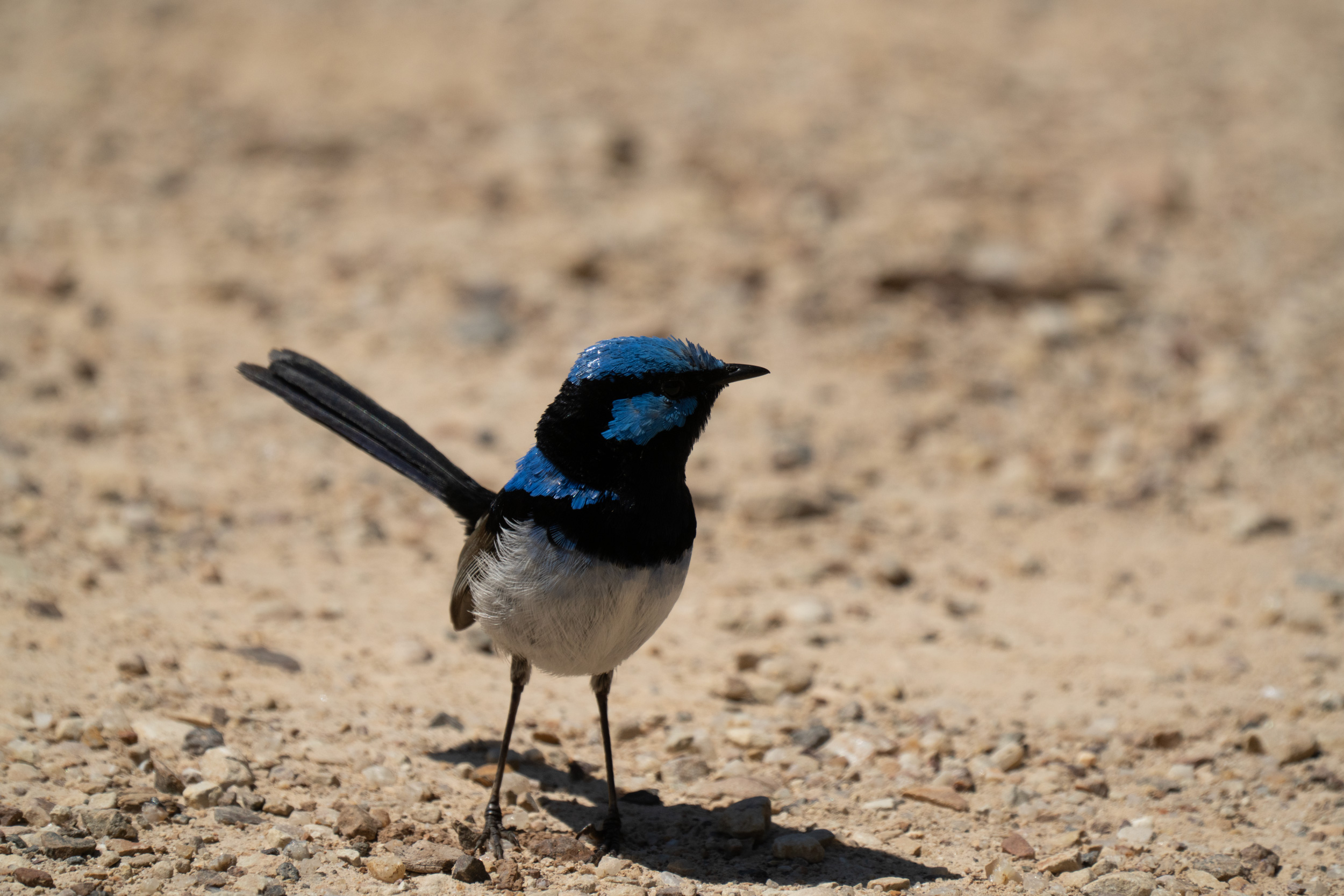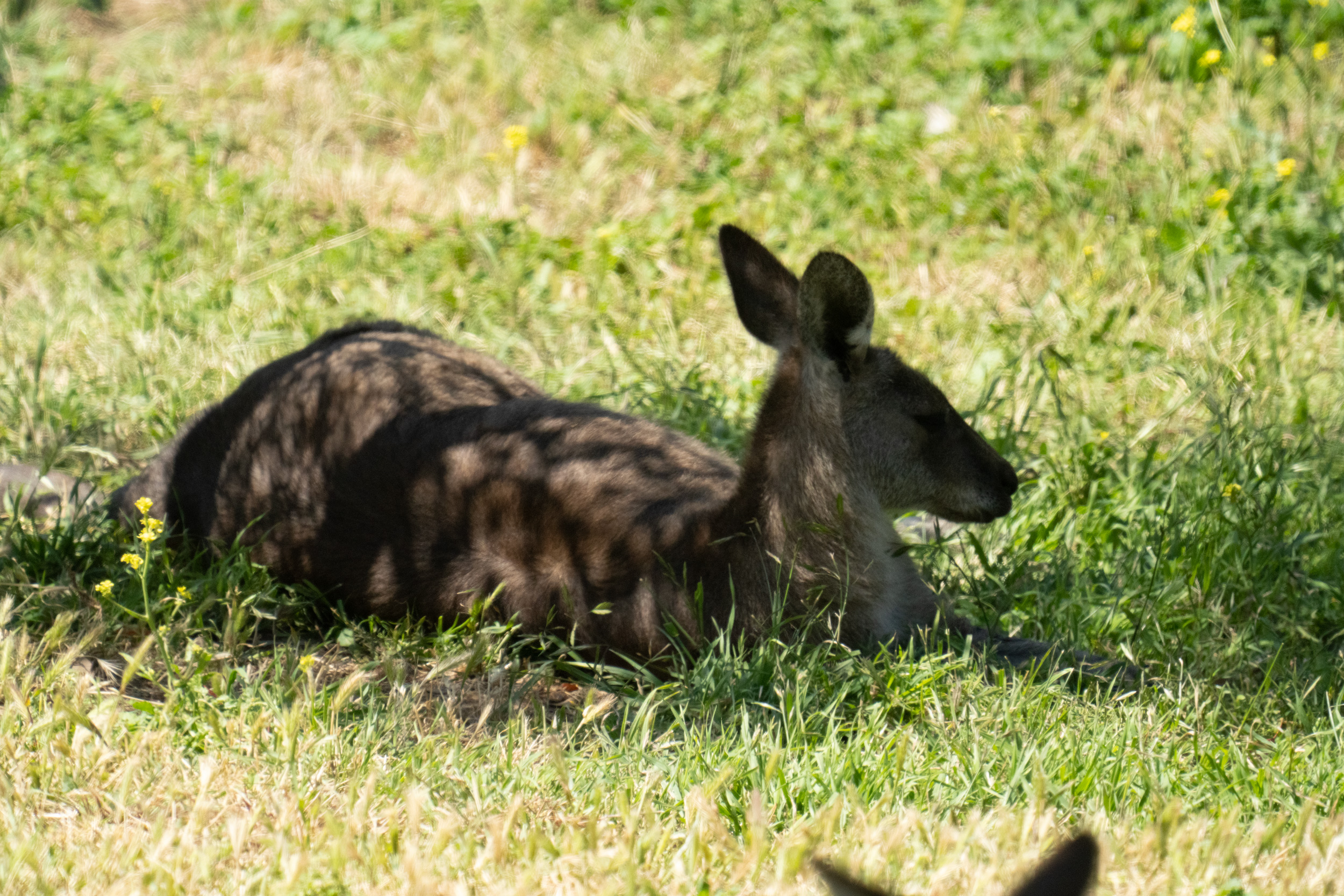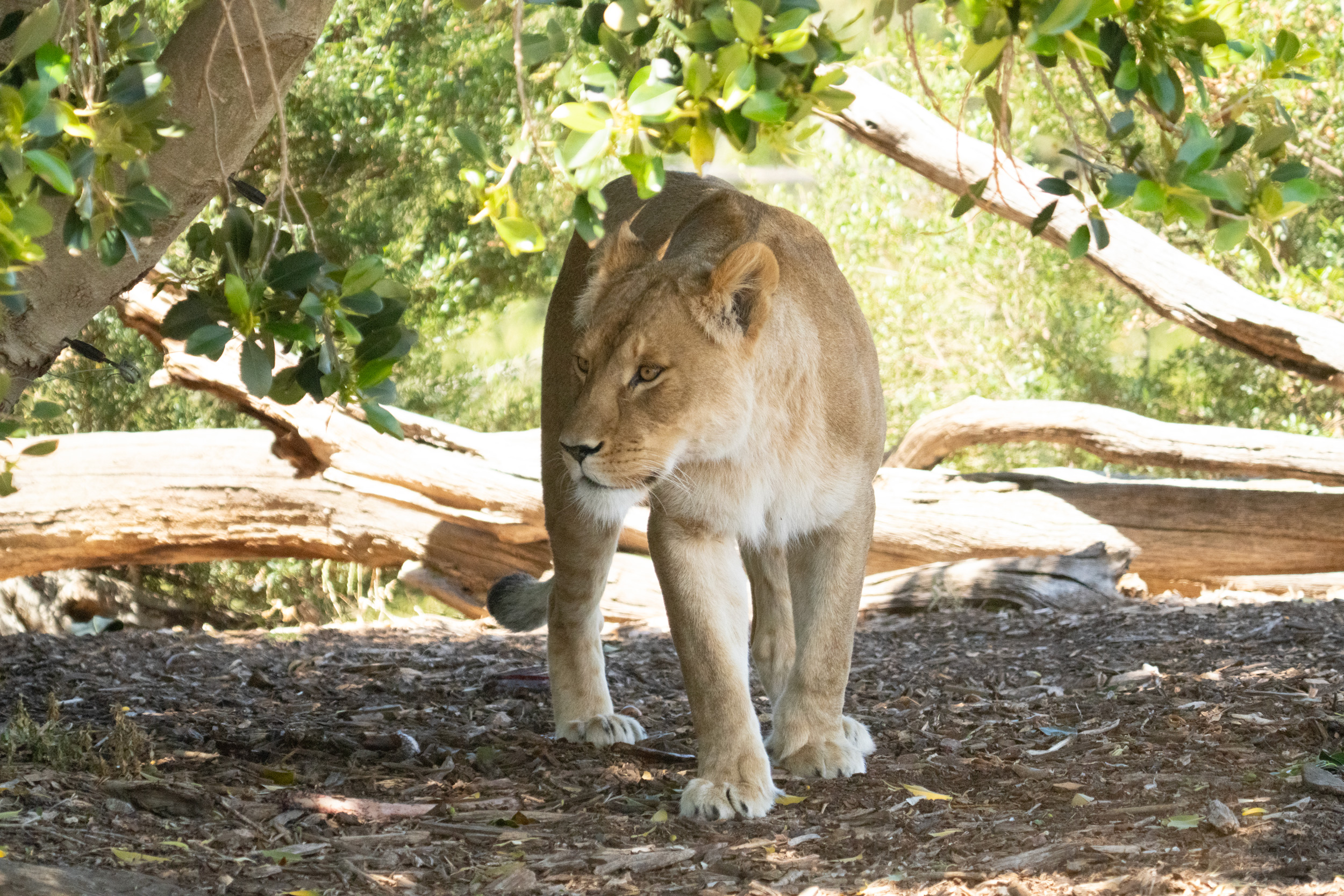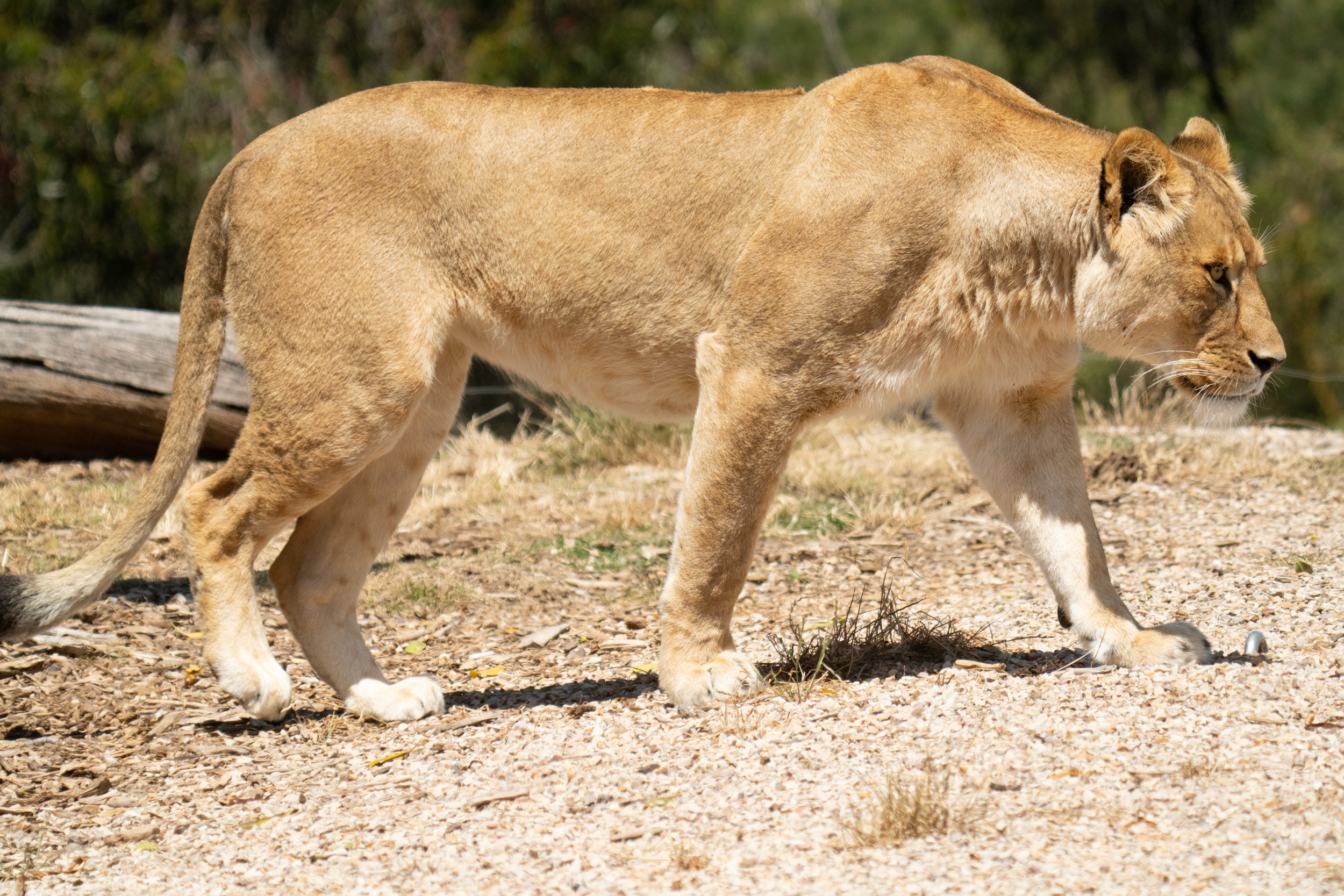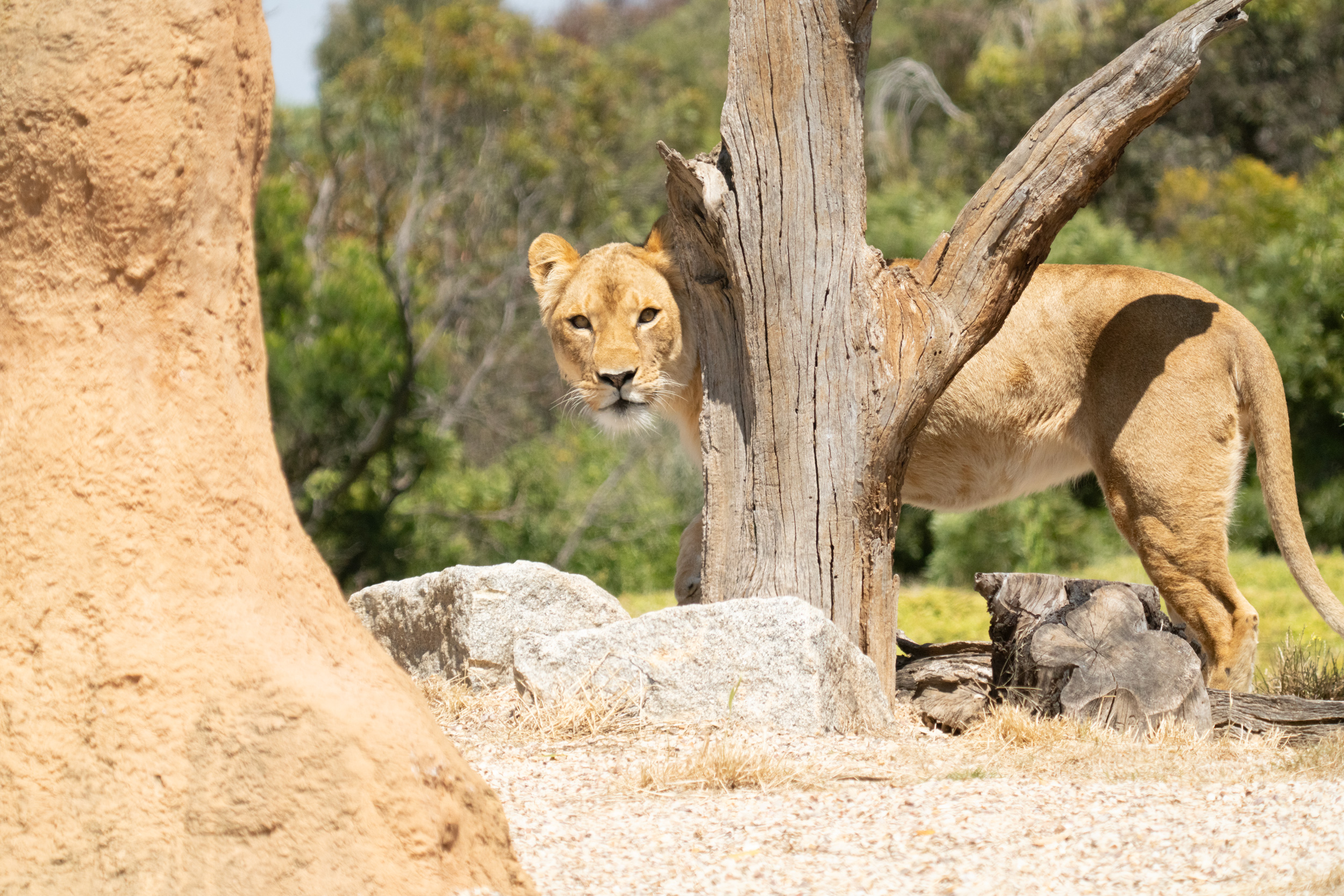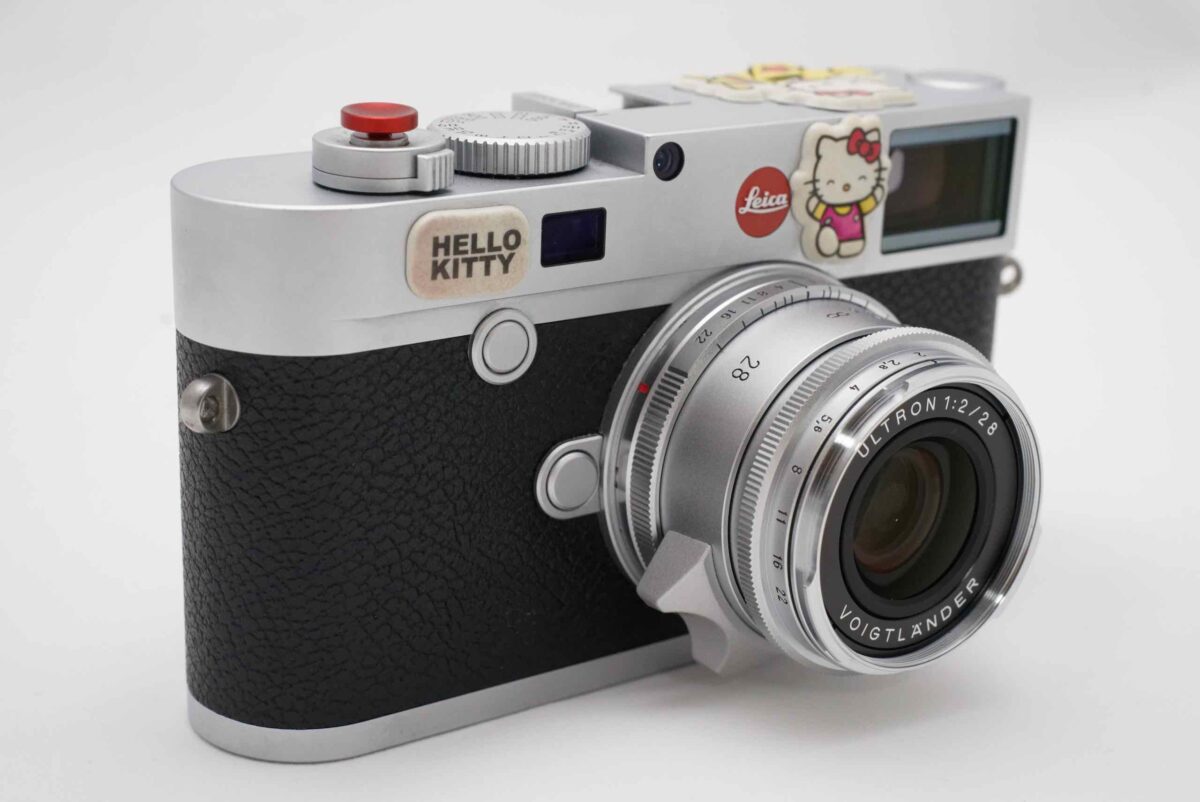I was quite excited when Sony announced the new member of their A7R range, the A7RV. I’ve owned each model since the A7RII (yes, I missed the first one). There had been some outrageous rumours about what would be included in the fifth A7R – that it would offer 100 million pixels (it doesn’t), that it would switch to a stacked sensor (it didn’t), that it would have a global shutter (it doesn’t). That it would be a boring release with nothing new (wrong again!).
So what are the headline features that made me order one the moment I saw the details of the announcement? (The announcement was at 1am my time, and yes, that’s when I looked at it). The new rear screen relieved me (I was dreading a flipper screen like the A7IV). The key element that sold me was the new AF system – honestly, this is the problem I wanted them to address, and they did!
A quick intro
I’ve seen the A7RV described as a “pick the best feature” collection – so what does it take from where?
- the same sensor as the A7RIV – that’s about all!
- the same processor as the A1 (but not a dual processor configuration)
- the same EVF as the A1
- the same card slots as the A1 (and card door)
- the same L/M/S lossless compressed RAW sizes as the A1 (but sized for the 60Mp sensor)
- the same stills/video/S&Q switch as the A7IV
- the same customisable exposure compensation dial as the A7IV
- a brand-new chip for processing the data for auto-focus
- a new rear screen with a new mount
- a new menu section
- a new in-body image stabiliser (IBIS) rated to 8 stops instead of 5.5
- a new focus bracketing feature capable of shooting a lot of frames (up to 299), moving focus between each
There are things I don’t use and won’t cover – mostly relating to video. I will mention that the A7RV does have a full-size HDMI (like many of the models using the new processor). It keeps the socket that looks like a micro-USB, which means I can still use my cabled remote, but it also has USB-C. It has both microphone and headphone sockets. And that’s the end of my coverage of video!
The stills/video/S&Q switch means that you can (like me) ignore the video features. The video and S&Q entries are gone from the PASM dial. That dial now has the inevitable green AUTO, PASM, and three memory modes – that’s it. I like that.
If you are coming from having an A7RIV and A1 (like me), the A7RV is a familiar beast.
The new rear screen
What’s so important about this new rear screen?
I have always liked the mount of the Sony rear screen, which lets me tilt the screen up to horizontal for when I’m shooting at waist level. I can still hold both sides of the camera with the rear screen tilted. A flip-out screen loses that ability, because it flips out to the side and gets in the way of my left hand; that’s why I was dreading the appearance of a flip-out screen on the A7RV.
Sony must have heard those fears (and others). They did put in a flip-out screen, but they mounted it on the tilt frame! I can tilt the screen up for my waist level view, just like before, but I can also flip it out, and rotate it, and turn the screen inward to protect it. The flip lets me do a waist-level shot in portrait orientation, which I could not do before. The best of both worlds! I have been told this is also handy when video people are building out a rig because the screen does not foul on cables plugged into the left side.
Additionally, they put in a 3.2″ rear screen that is notably higher resolution than the A1 and the original A7RIV (but slightly lower res than the A7RIVa). The specs say that it’s larger, too, but I don’t see the difference when comparing the cameras in person.
A new menu section called Main
If you have used any of the cameras using the new processor, you’ll be accustomed to seeing My Menu at the top, but the A7RV has a new section immediately under My Menu. This new menu section has a picture of a home on it, and it’s labelled Main. This menu shows a summary of key settings, and is touch active: you can tap a setting and change it. This is a fast and effective path to changing the key settings, and a useful addition. For example, there’s no need to remember where in the menus you’ll find the white balance setting, because you can always get to to from here.
The new IBIS
I did not set out the test the new IBIS, but I may have to do so in the near future. I am wary, though, because I am mostly shooting people and other animals. Even using 1200mm of reach, the old rule of thumb is that one can do without stabilisation with a shutter speed of 1/1200. Most of the images below were shot at 1/2000 or 1/1600. 8 stops down from 1/1200 would be around 1/5, and I would not try photographing people or animals at 1/5, because I’d expect my subject to move visibly in that time. For birds in flight, I’d prefer to be up around 1/4000.
Stabilisation can only adjust for movement of the camera (or cameraman!). It can do nothing to cope with movement of the subject.
So allow me to be skeptical about the value of 8 stops of IBIS in my photography.
Focus Bracketing
I’ve seen complaints about the lack of focus stacking in Sony cameras for quite a while. Seems some people wanted complete focus stacking in camera, while others want to get really serious with their stacking – wanting to stack a hundred or more frames; that’s not practical in-camera, but a proper focus bracketing feature makes capturing the frames for the stack much more practical (imagine sitting there taking a shot, adjusting the focus, taking the next shot, over and over and over).
Sony decided to accommodate the serious stackers. The new focus bracketing feature can capture up to 299 images in a single focus bracket. It captures the frames, but you’ll still have to combine them using post-processing software (you can use Imaging Edge, but the serious stackers have their own favourite software). The people who wanted to stack 3 or 4 frames in-camera will probably continue to complain, but at least they can capture the frames more efficiently.
I will probably play with the focus stacking at some point, but if it is important to you, I recommend you seek out other reviews.
The new AutoFocus
Now we get to the big difference.
On the A1, we have Eye AF, and we can choose a subject from Human, Animal, and Bird. These work, but my big difficulty with the A1’s AF is that it can be distracted by things that are closer to the camera, especially if those closer things partly obscure the intended subject, such as focusing on a bird perched on a branch in a tree. Also, the eye AF can get distracted by shapes that it thinks are eyes.
The A7RV has a lot more choices for subjects:
- Human
- Animal / Bird (yes, it looks for both)
- Animal
- Bird
- Insect
- Car / Train
- Airplane
(you can turn off the ones that you won’t be using – I may consider turning off the individual Animal and Bird settings, because Animal / Bird seems quite effective)
There are a lot more controls, and I haven’t experimented with most of them. I have Subject Recognition Frame Display turned on, though, because helps me understand what the system is doing. When it recognises a subject, it displays a frame. If it can, it puts a small square on the subject’s eye. If it can’t find an eye, it will put a frame around the head, or the torso. You can watch it work – as the subject moves you can see the AF switch from torso to head to eye. I have tried it on someone wearing big sunglasses, and it still knew where their eyes were.
The core difference, though, is that the new AF doesn’t just look for heads with eyes. It recognises the whole subject and uses “posture recognition” to determine where the head is, and where the eyes should be. It has been designed to handle partially obscured subjects, too. As you can imagine, this is a lot more complex than looking for things that look like faces with eyes. It has to be doing some rather sophisticated image analysis. To make it able to do that in real time, Sony has added a new chip to the camera – that chip does nothing but the image analysis necessary to drive the new autofocus. Without that chip, the new AF cannot work, so don’t expect the new AF to appear in a firmware update for earlier cameras (like the A1, let alone the A7RIV).
Trying the new auto focus
I set out to test the new autofocus. I set my camera to Animal/Bird, and challenged it to work with the Sony 200-600mm f/5.6-6.3 G. I chose this lens to make things harder, but in case it was too easy, I packed the 2x teleconverter as well (first time I’d considered using the 2x TC on the 200-600).
Let’s look at uncropped images. These are the frames as I captured them, without my usual cropping. Note that these images, coming from the A7RV, are 9505 x 6336 pixels, captured as lossless compressed L RAW files. They have been scaled down to 2500 pixels wide so this page loads quickly enough.
The first five images were shot with the bare 200-600mm lens (they are the ones shot at f/6.3). After that I added the 2x teleconverter to make things harder for the A7RV – using the teleconverter changed the wide-open aperture to f/11 to f/13. The A7RV ignored the challenge, and continued to focus happily, even at f/13 (I remember when the Canon 1D series was special because it could use autofocus reliably at f/8 – some cameras could not autofocus past f/5.6).
Click on the gallery above to see the images larger. If you hover over the images you can see the details of each shot.
I tried shots with intervening foliage (like the third shot of the male lion), with the animal in shade, with the lens zoomed all the way out to 1200mm. This AF works. Look in particular at the shot of the Willie Wagtail perched on the rope barrier; focused at 822mm, and working on a black eye surrounded by black feathers, the camera has nailed the focus. You might argue that the surroundings aren’t too distracting, but that’s not the case for the Orange Bellied Parrot – lots of distractions around it.
It also makes me more confident of using the 2x TC on the 200-600. Viewed at 100%, the images can look a bit soft, but with accurate focus, the images can be quite acceptable as scaled JPEGs; especially since I can frame animals to fill the frame (1200mm is a lot of reach).
I am going to be very interested in a new model of A1 with the autofocus tech.
So, what are my first impressions?
First and foremost, I want this new auto-focus on an A1 mark II; I really want it. OK, not just the auto-focus! I want the new rear screen, the Main menu screen, and… I’ll take the lot! Can I pre-order it now?
At the same time, I think there will be plenty of people who will be very happy with this camera. If you are not trying to shoot faster than about 6 or 7 frames per second; if you don’t mind the sound of the mechanical shutter; then the A7RV is marvellous.
I did not expect the A7RV to make me suddenly interested in the 200-600 with the 2x teleconverter – that was surprising and welcome.
If you like your A7RIV, but want more, Sony has it for you. The A7RV is a welcome new entry in the A7R family.
